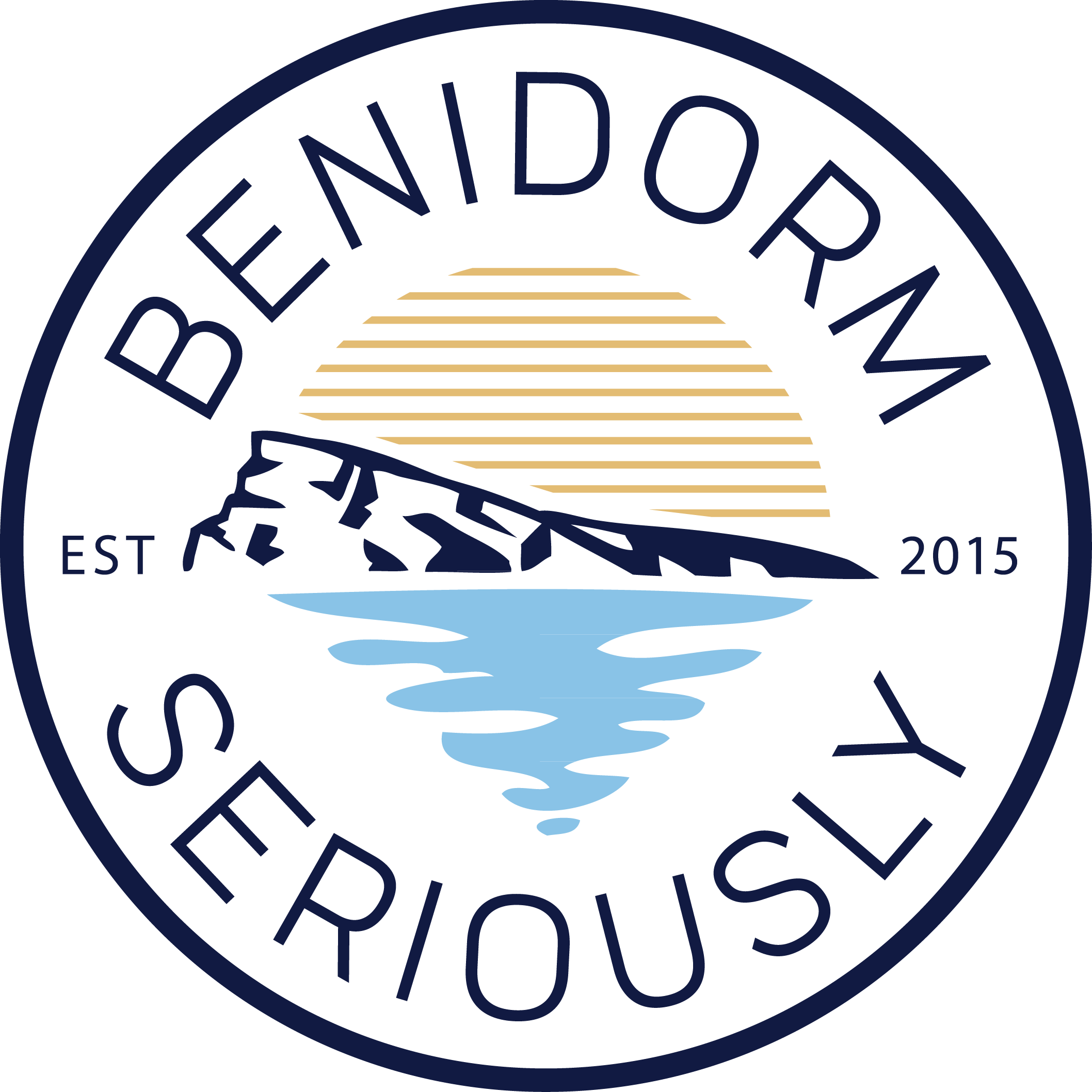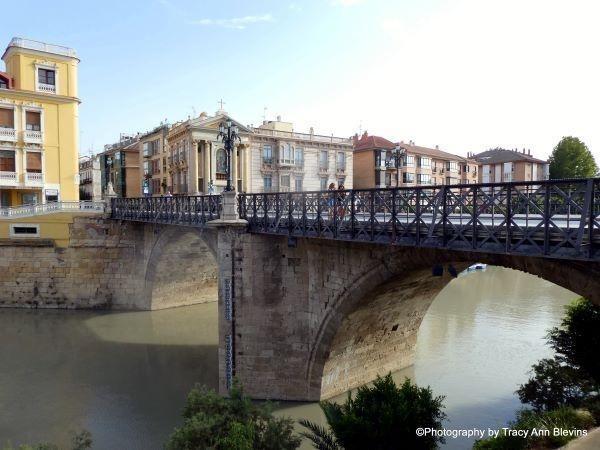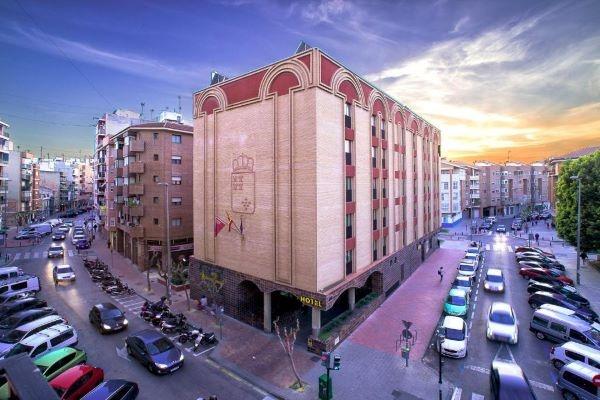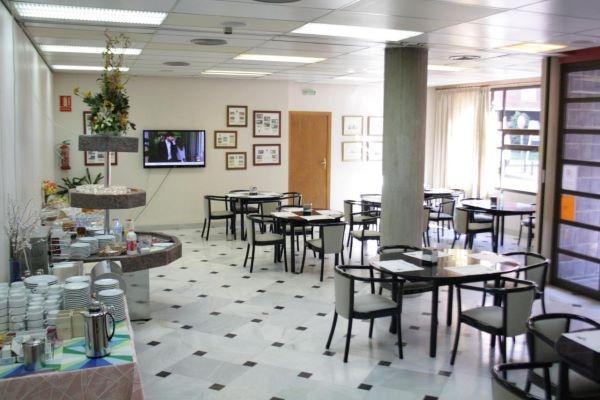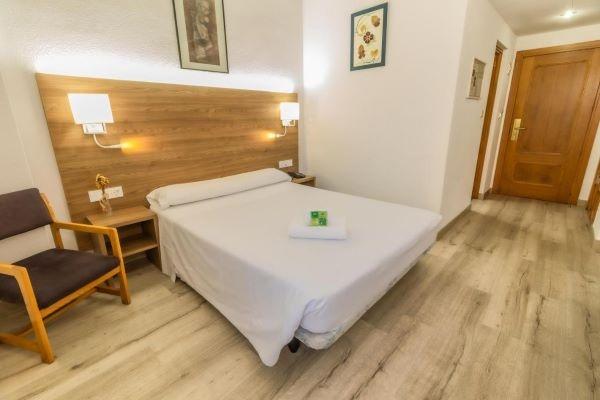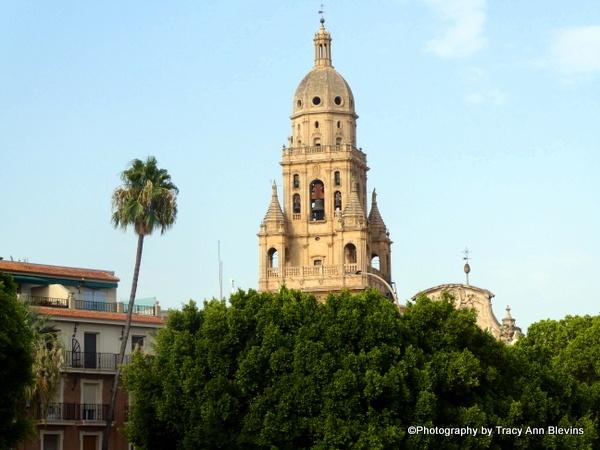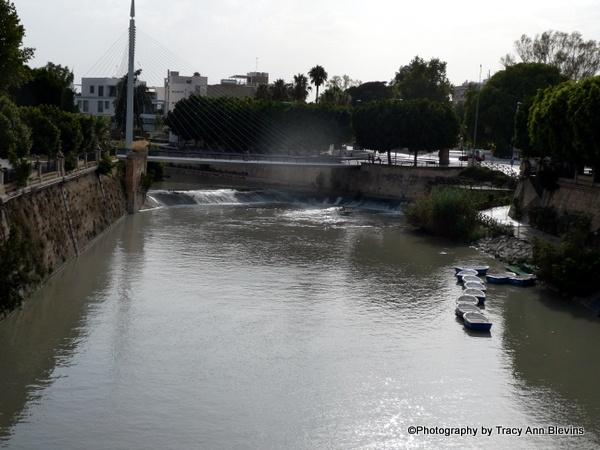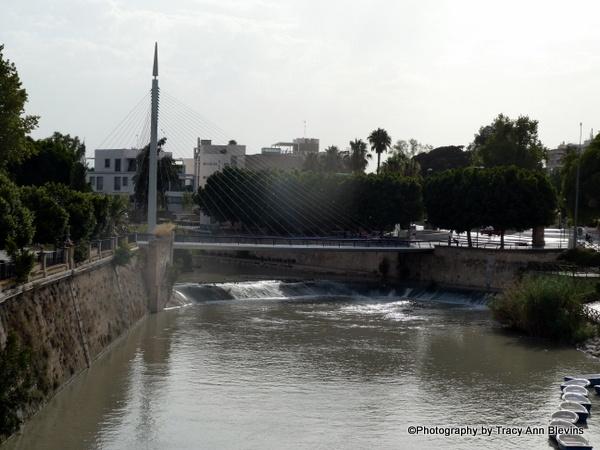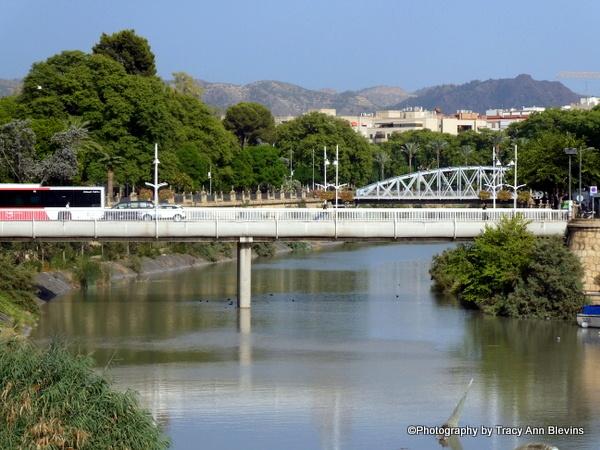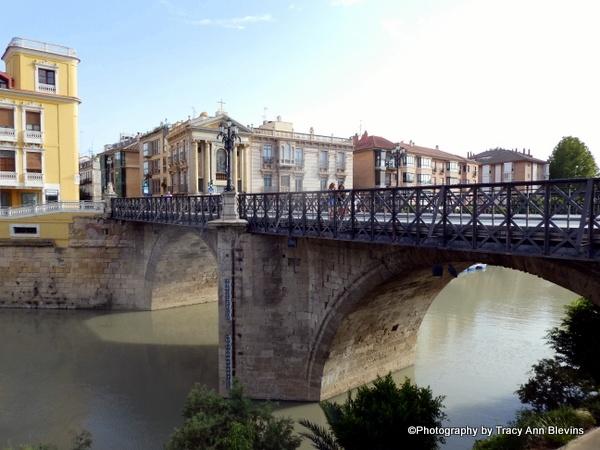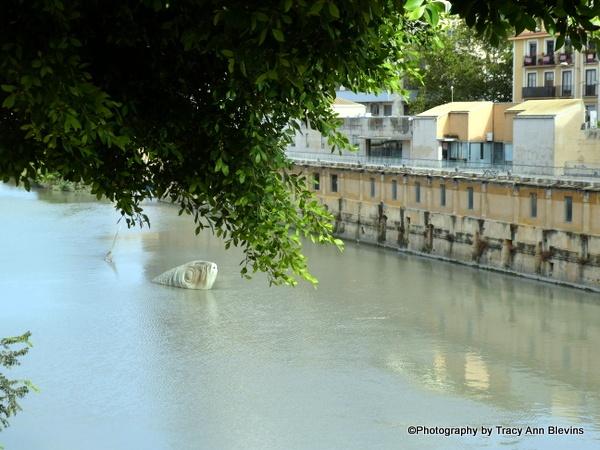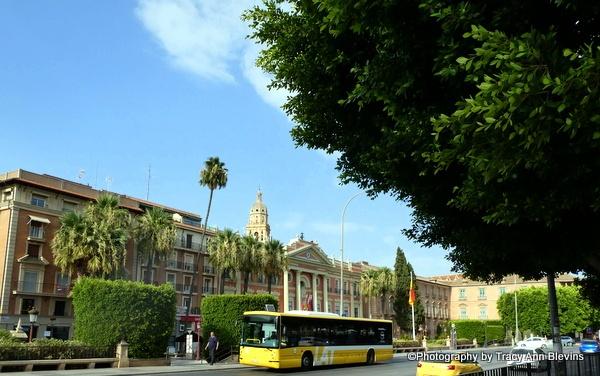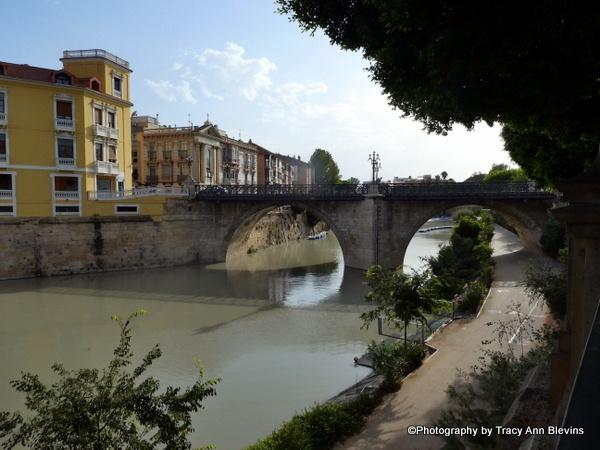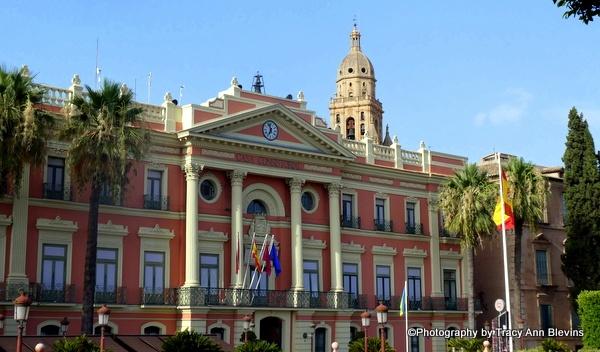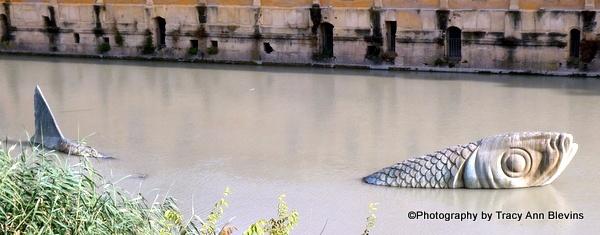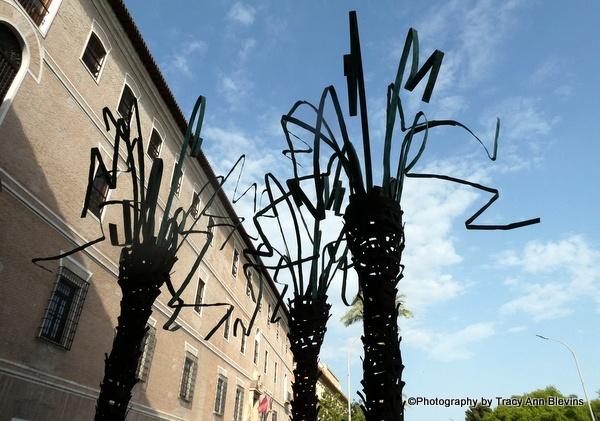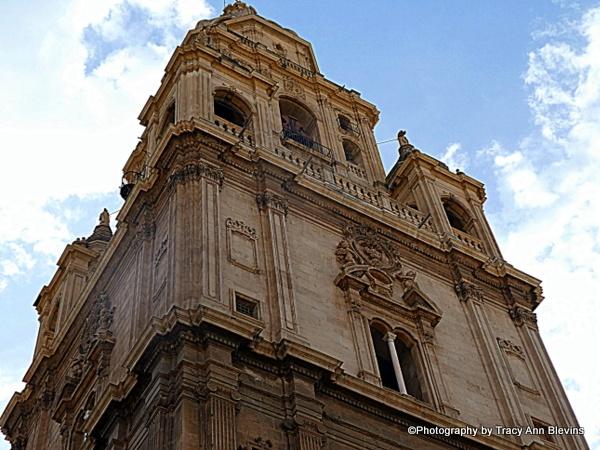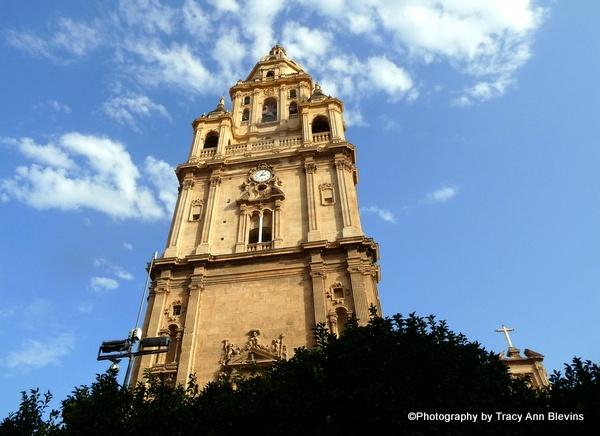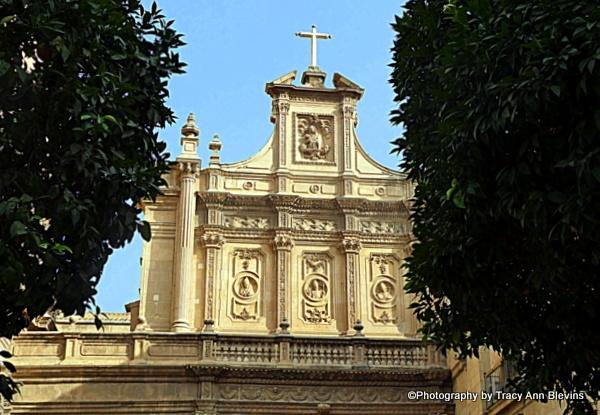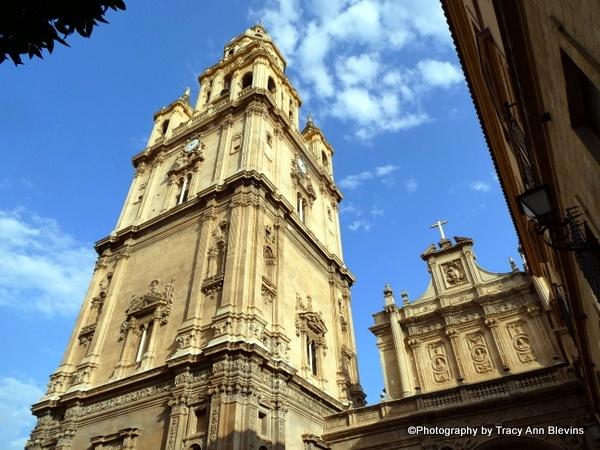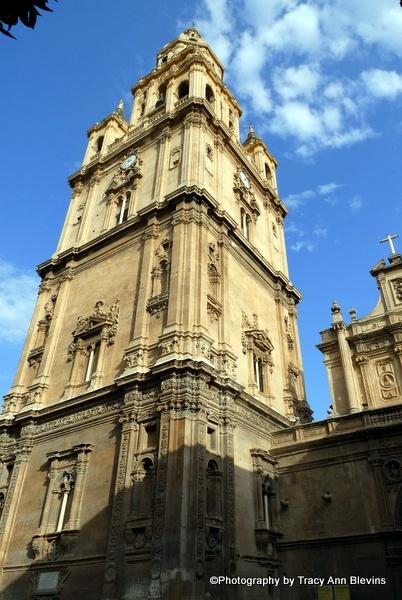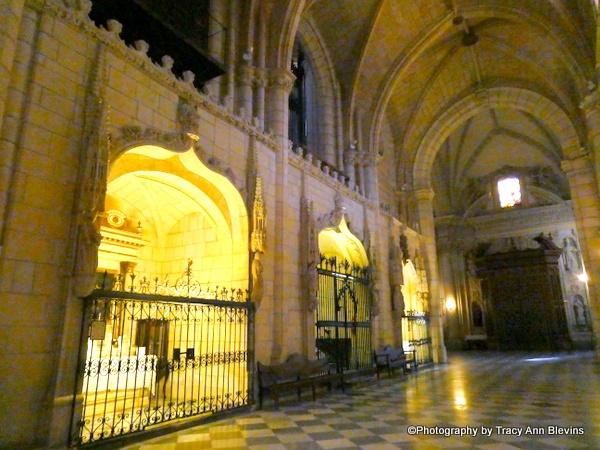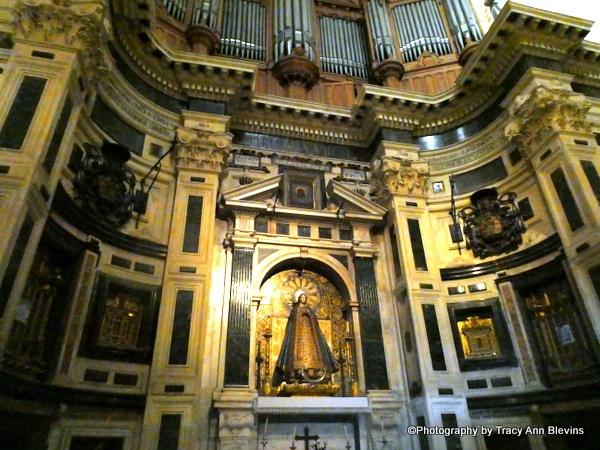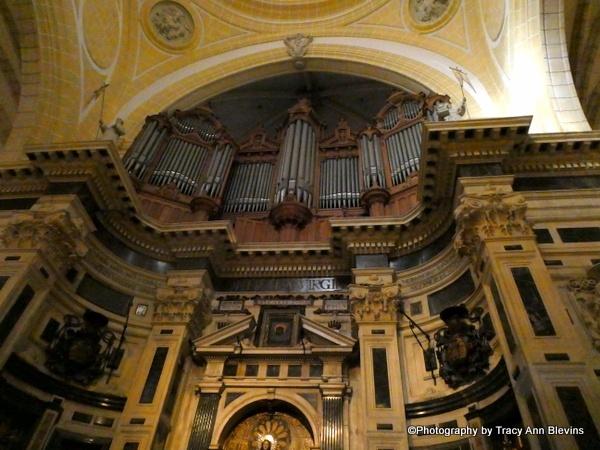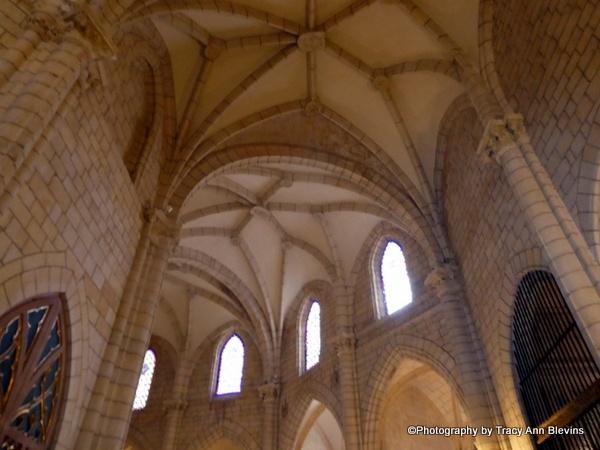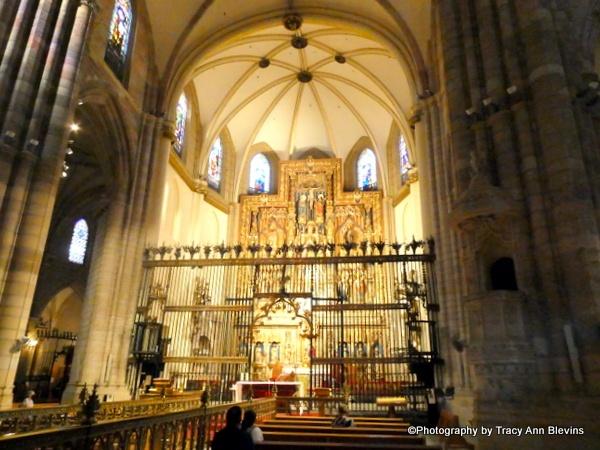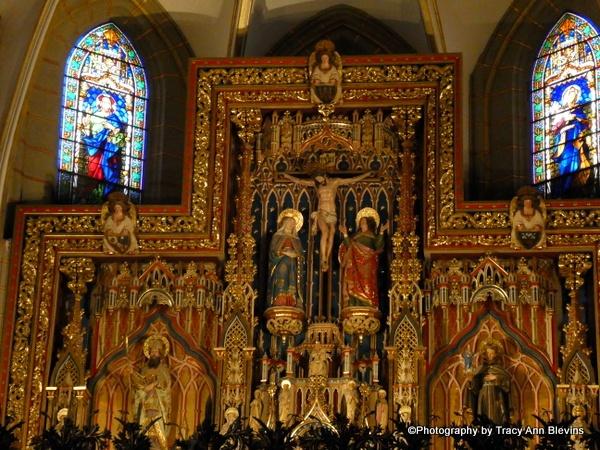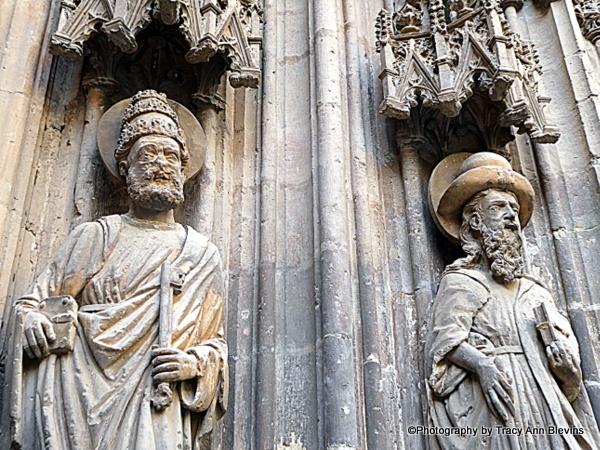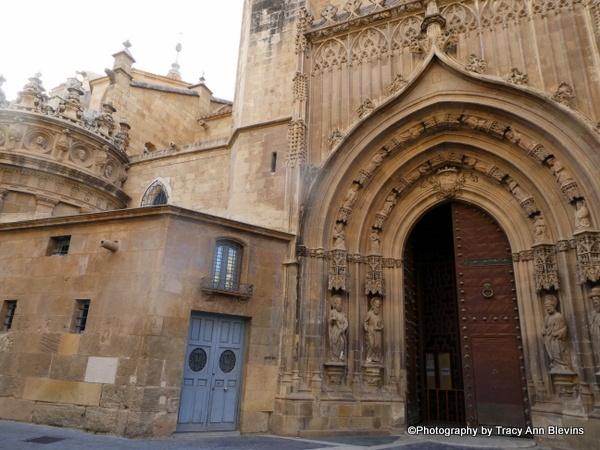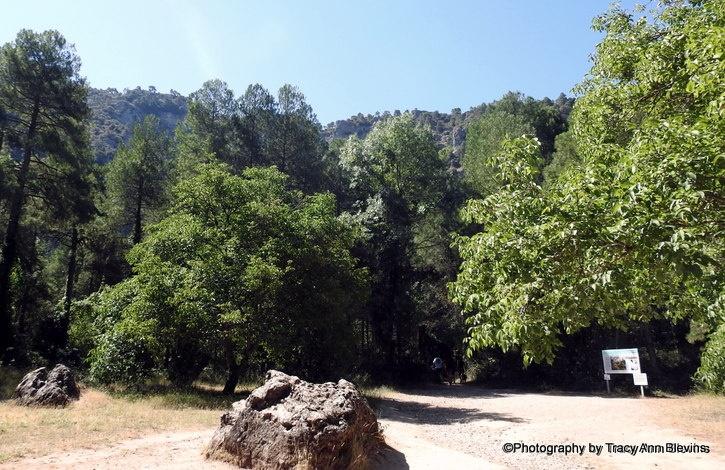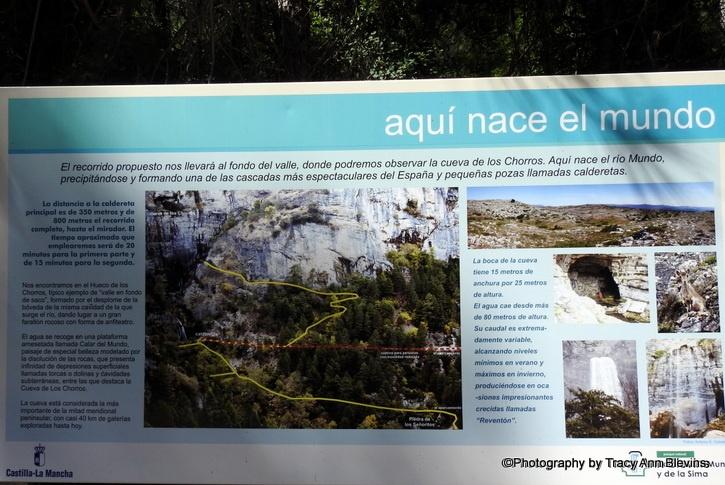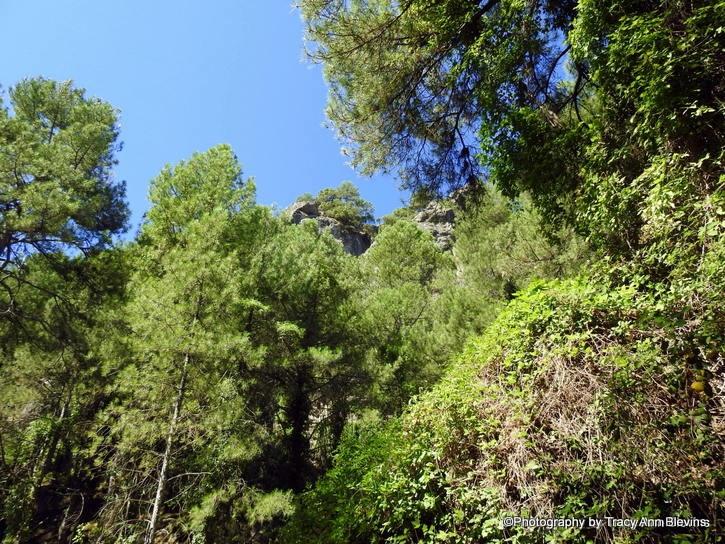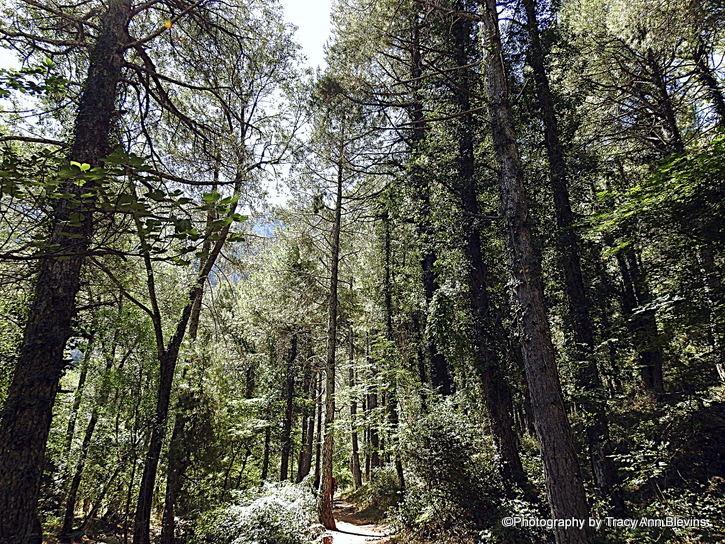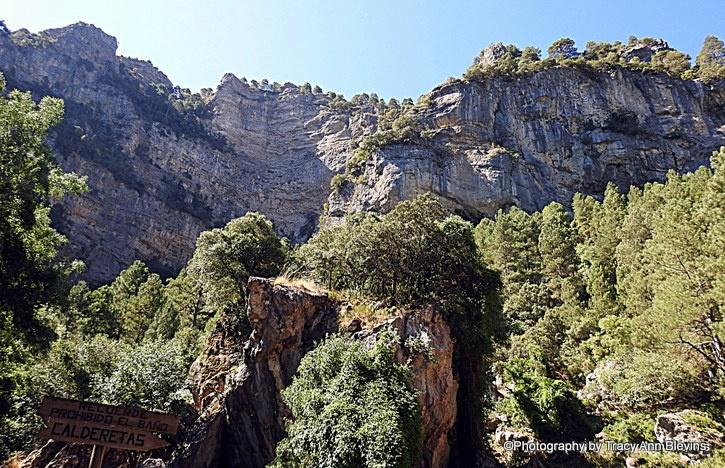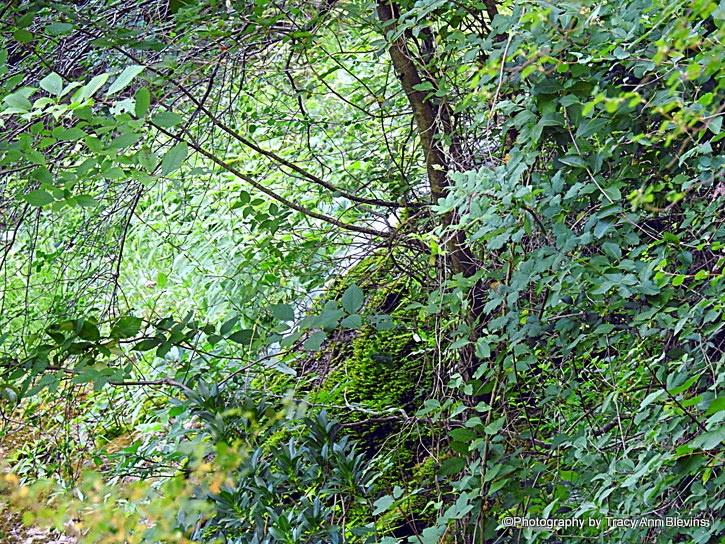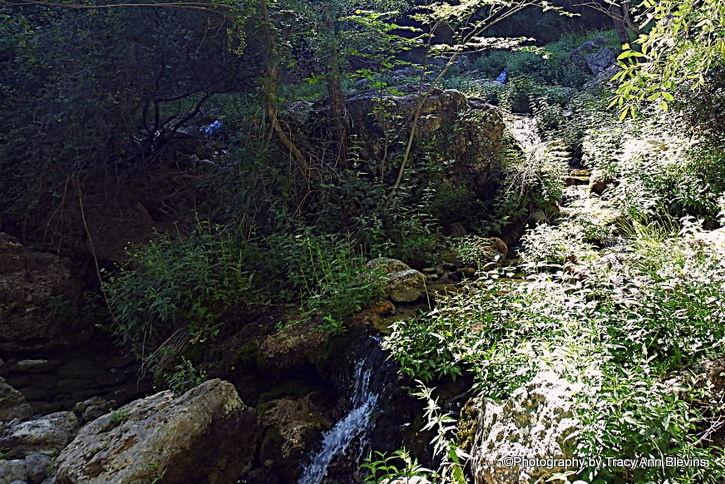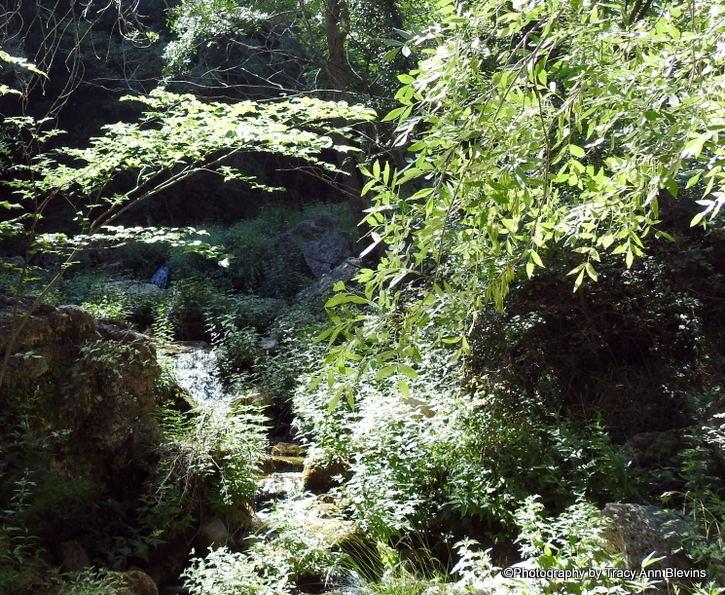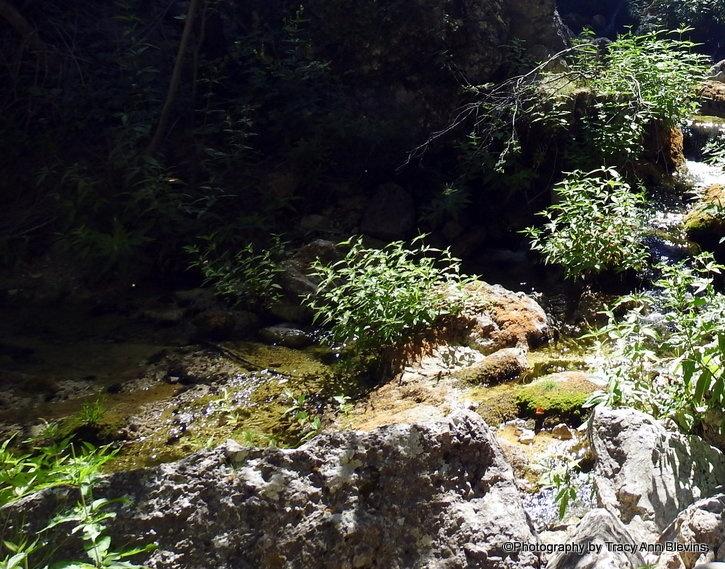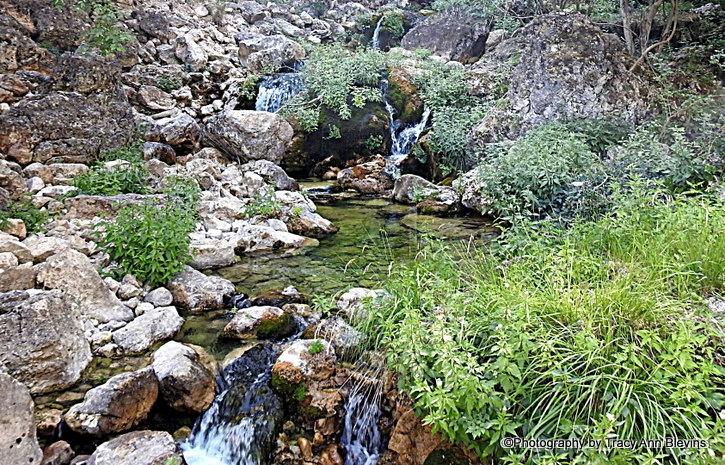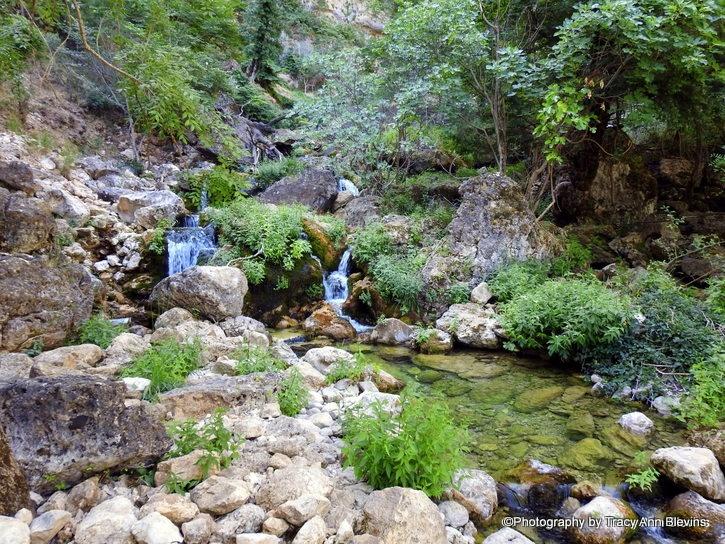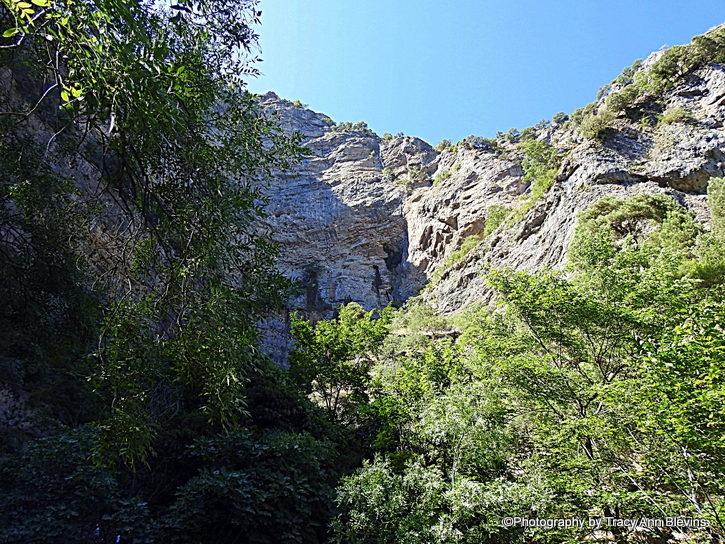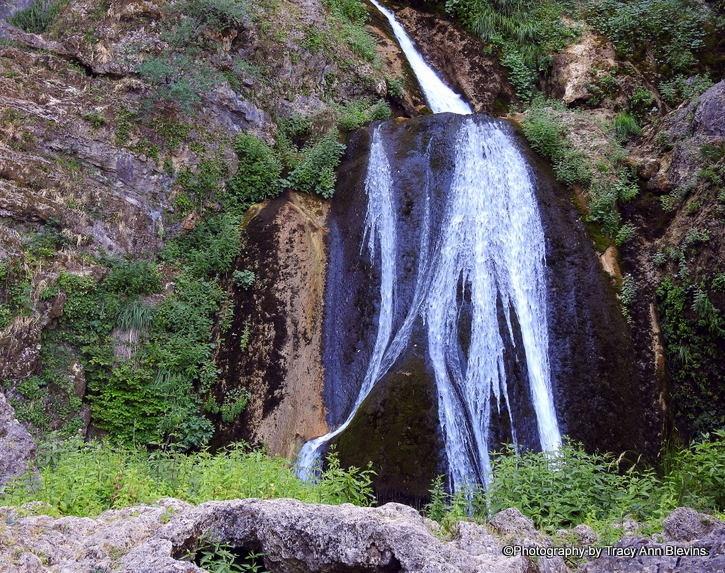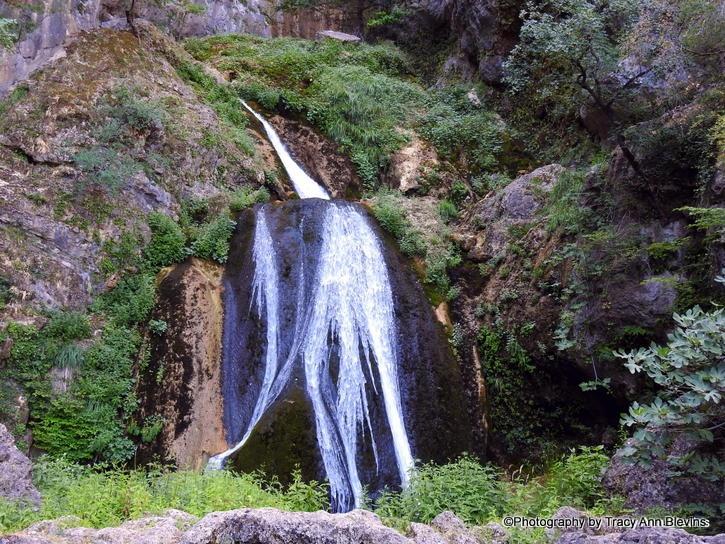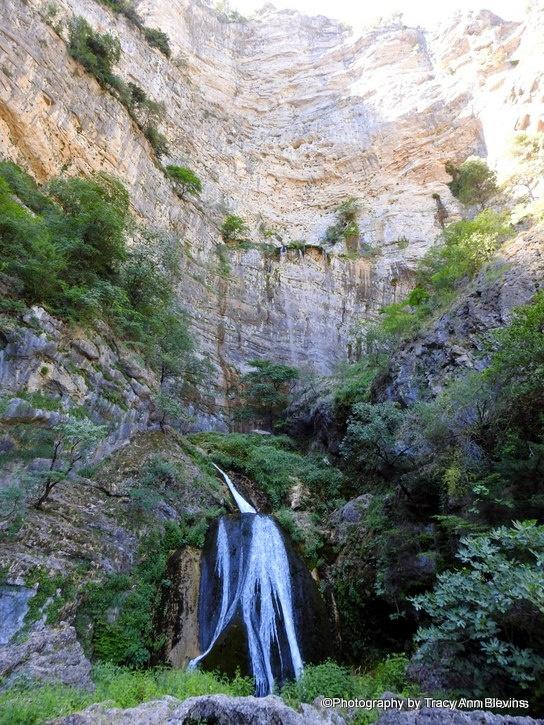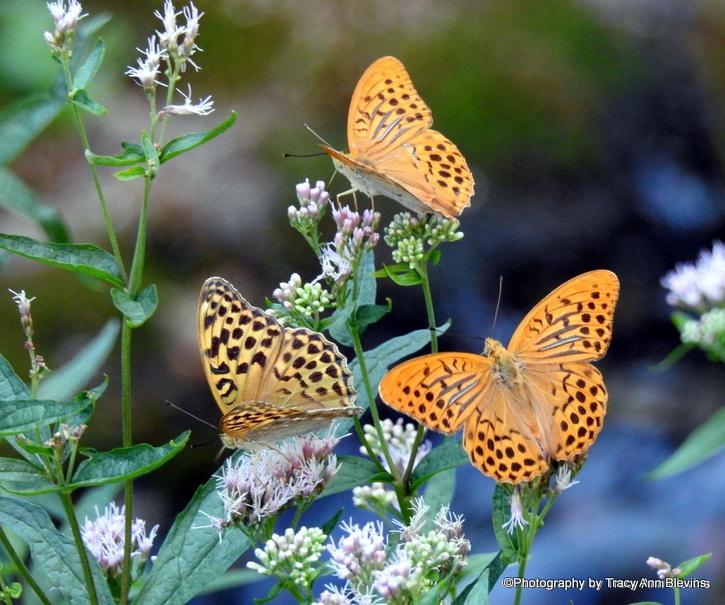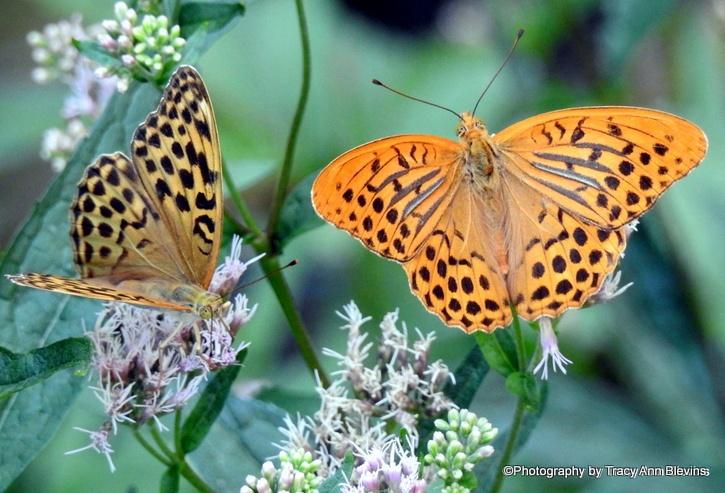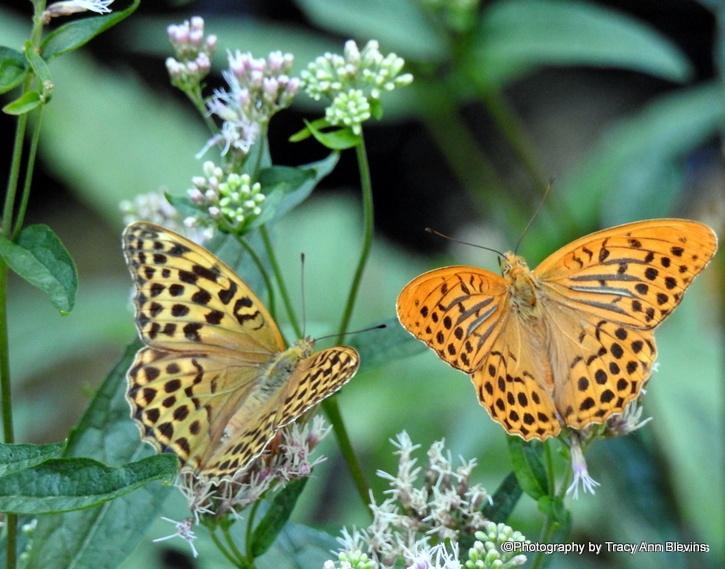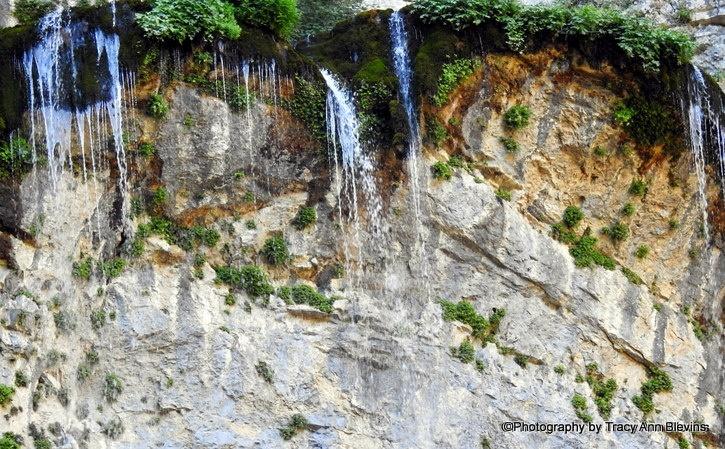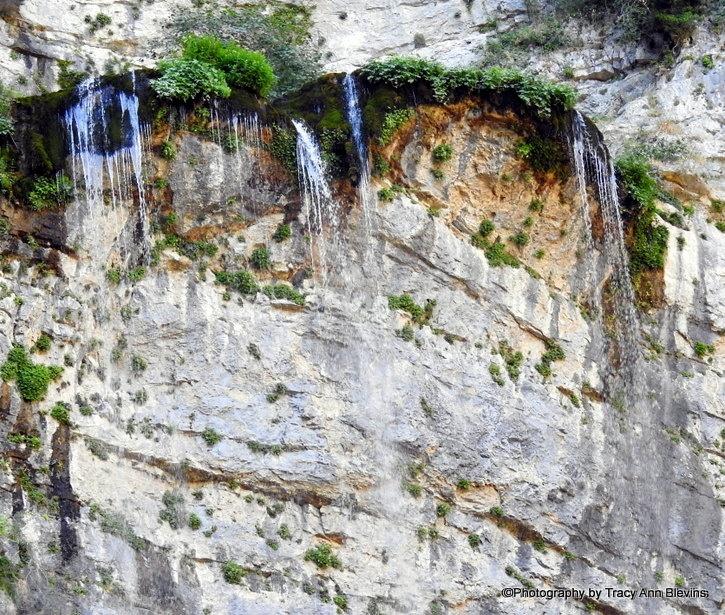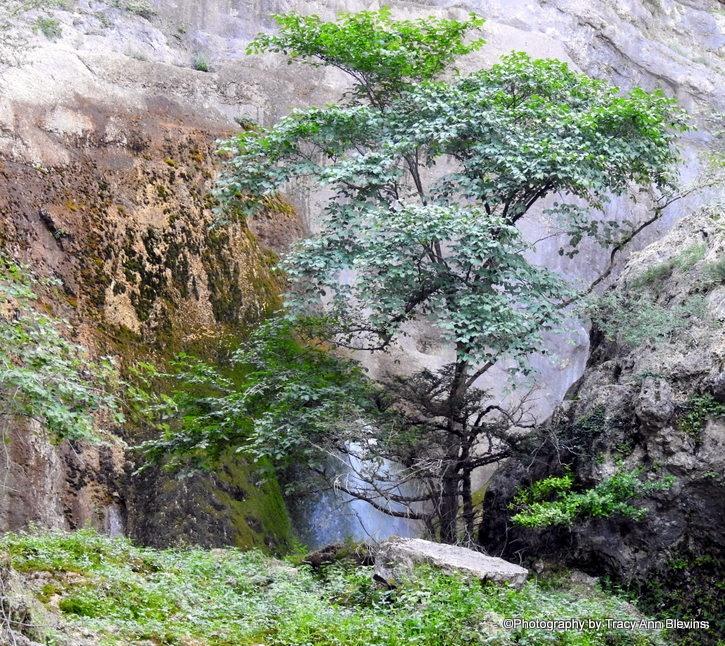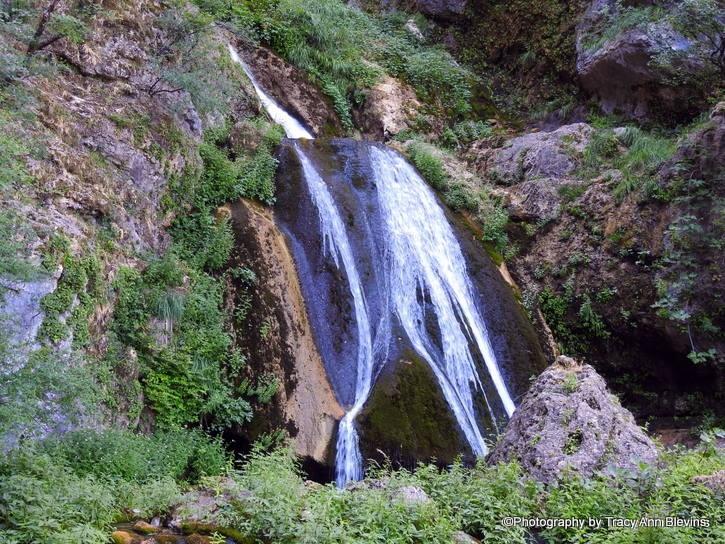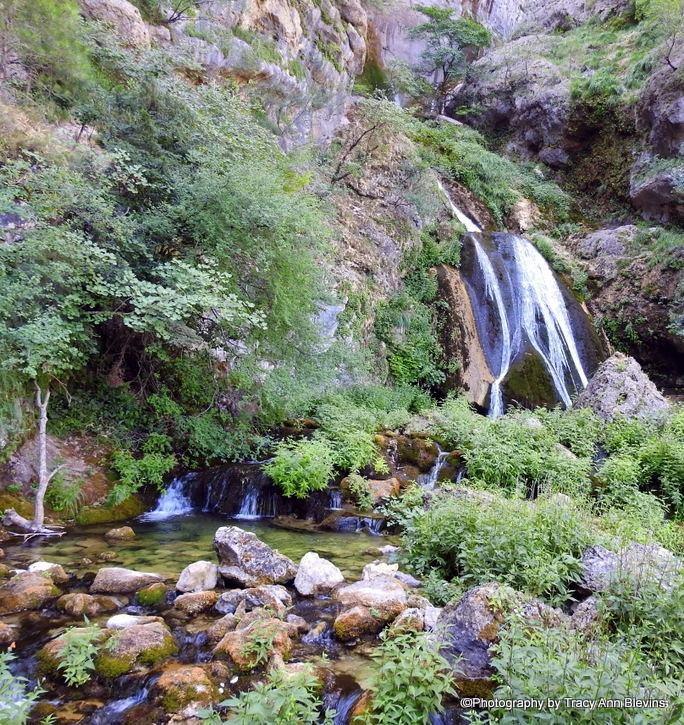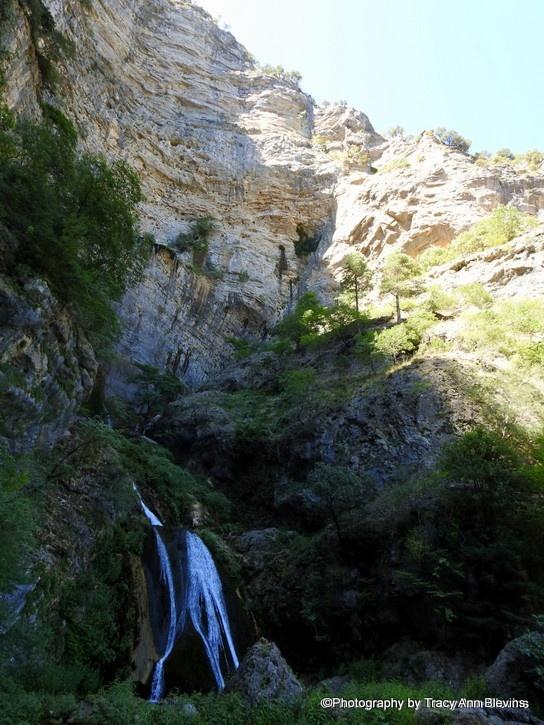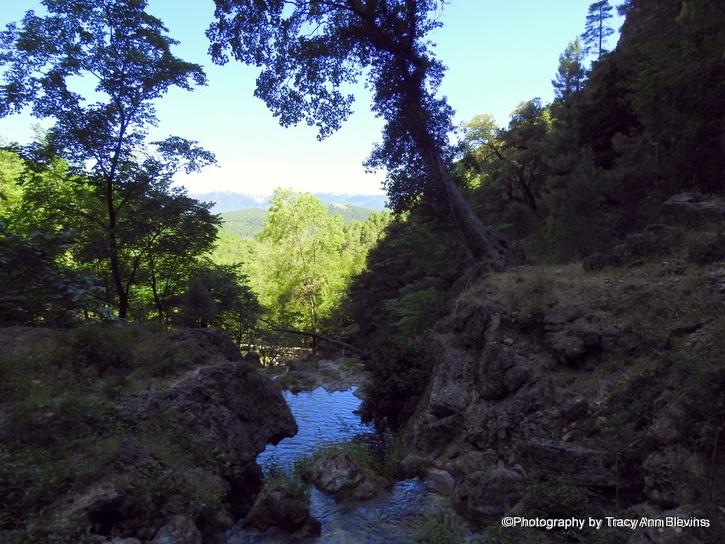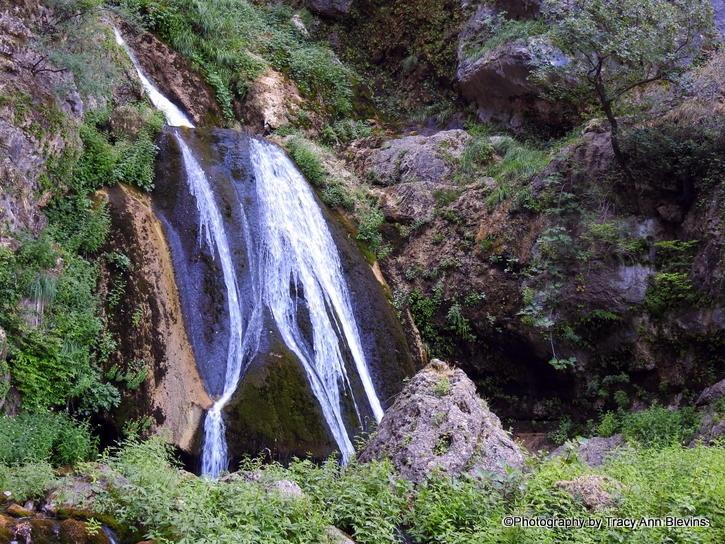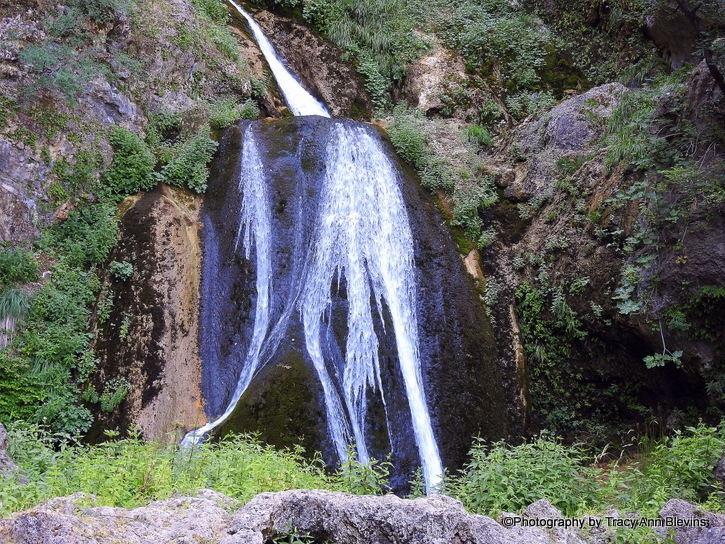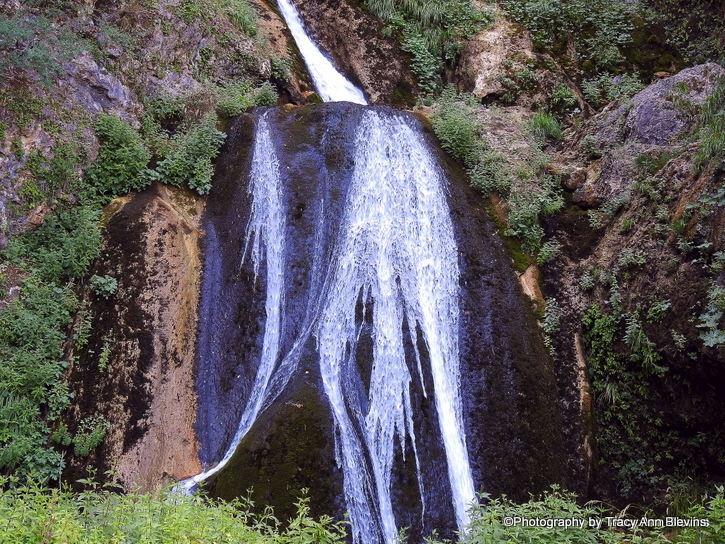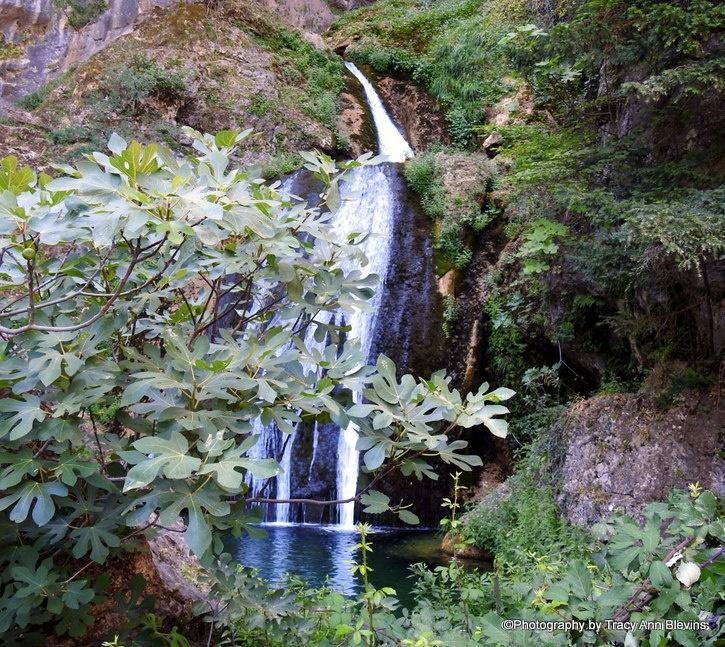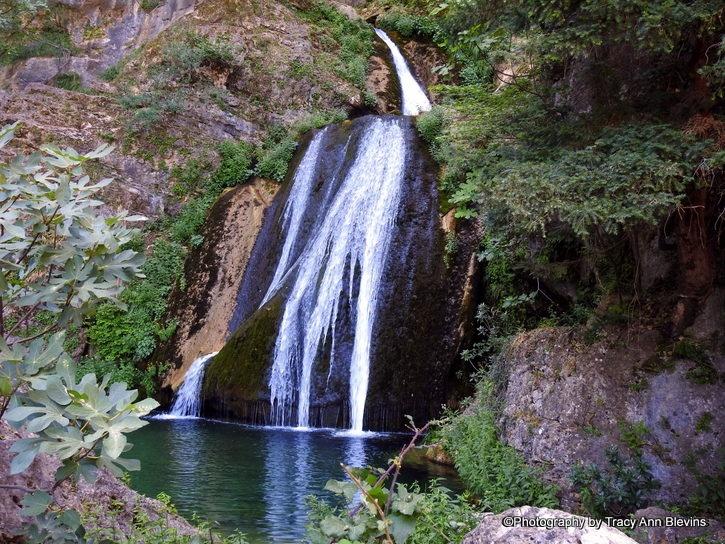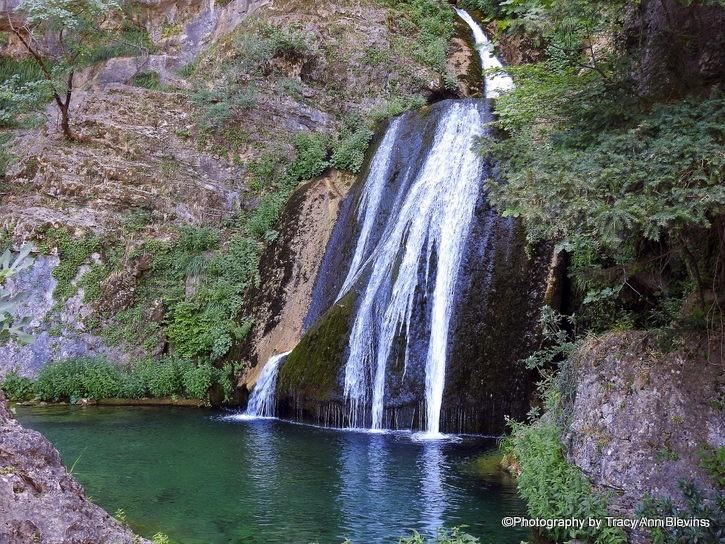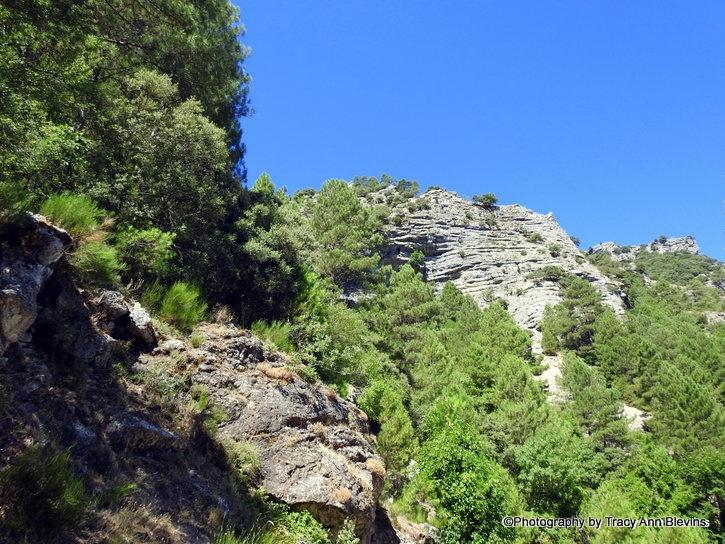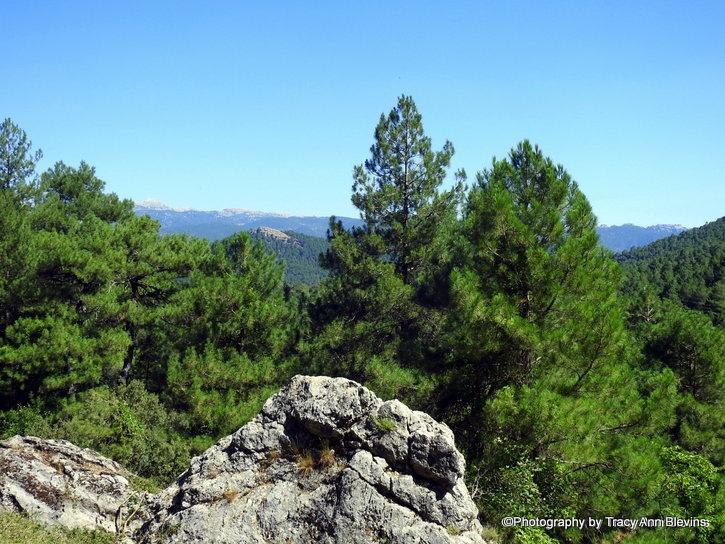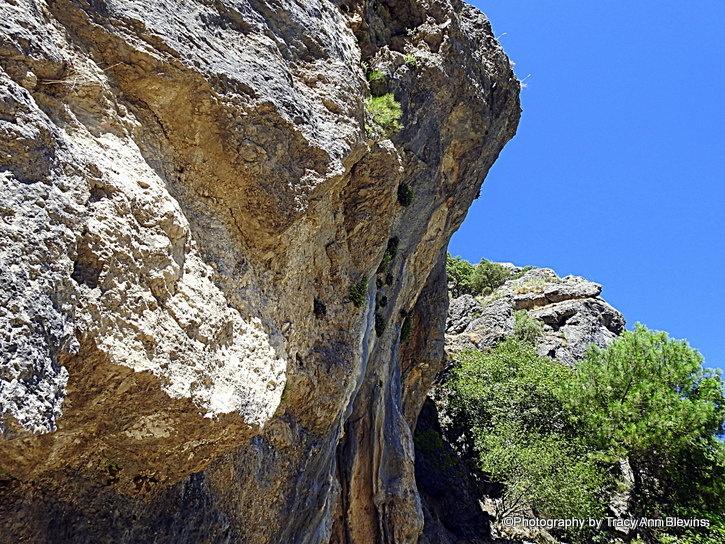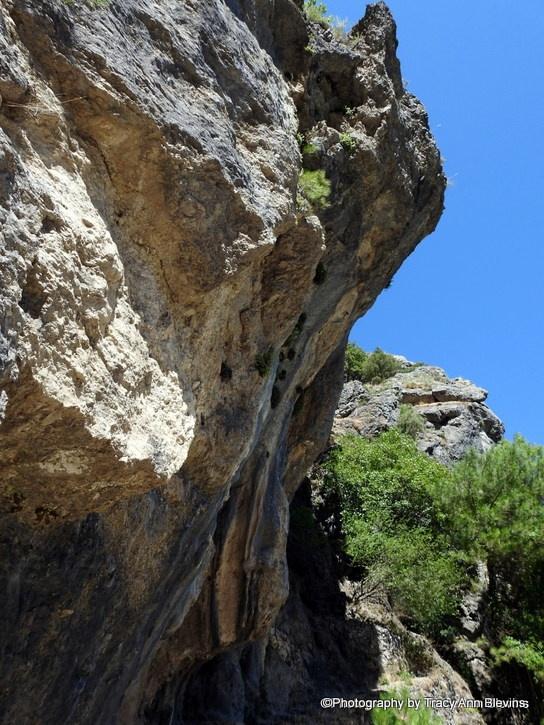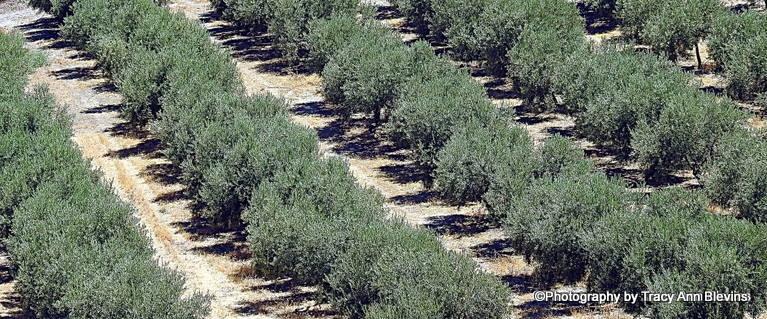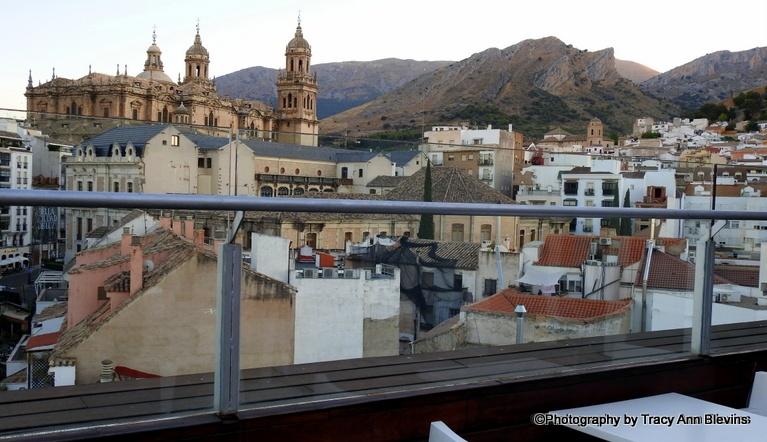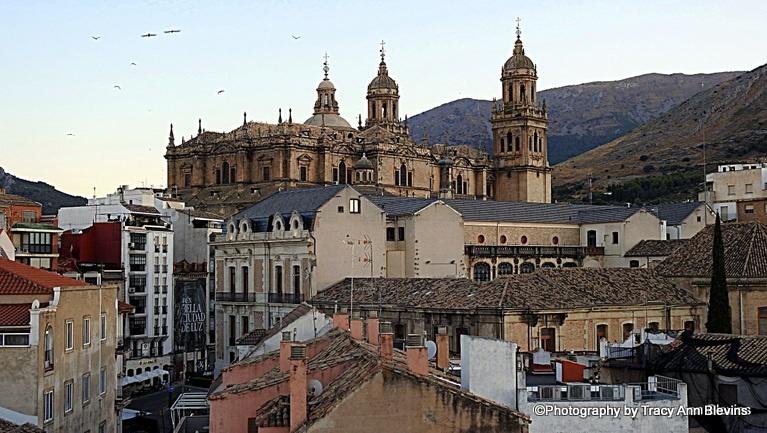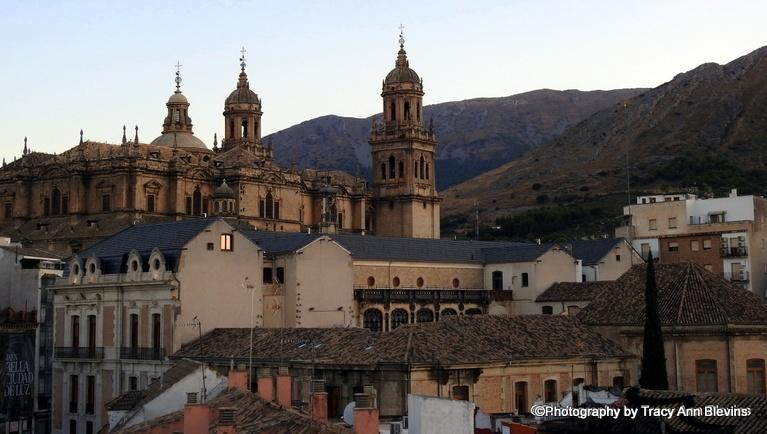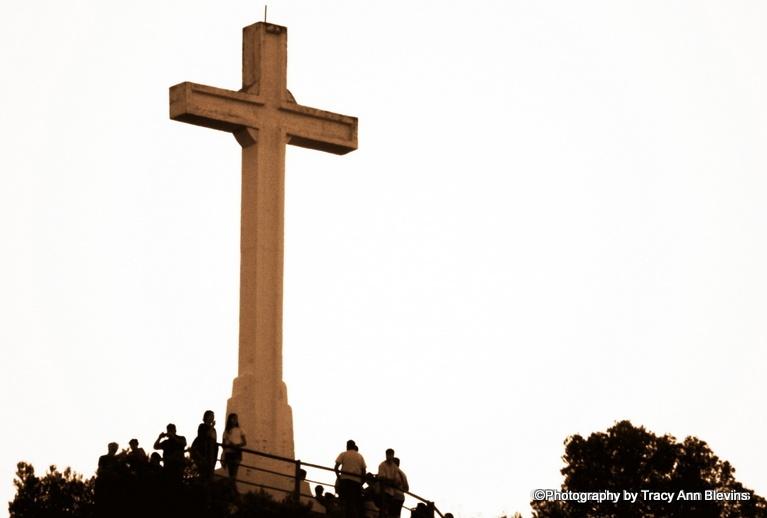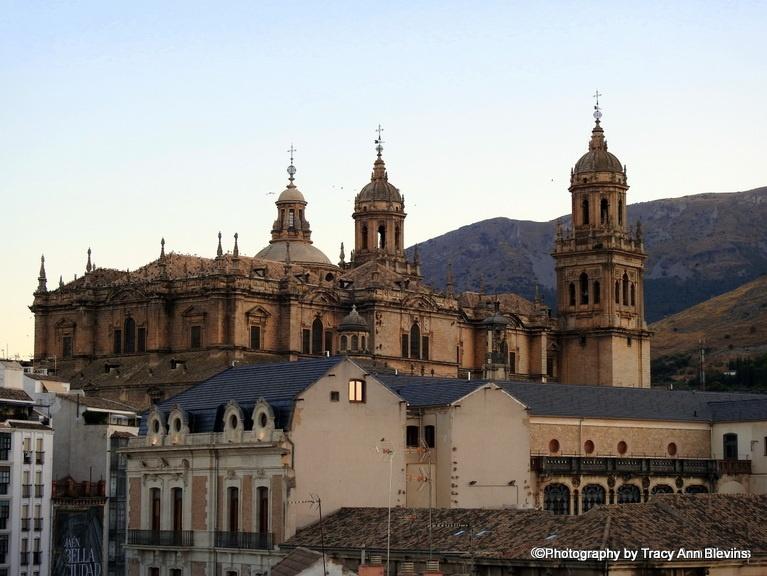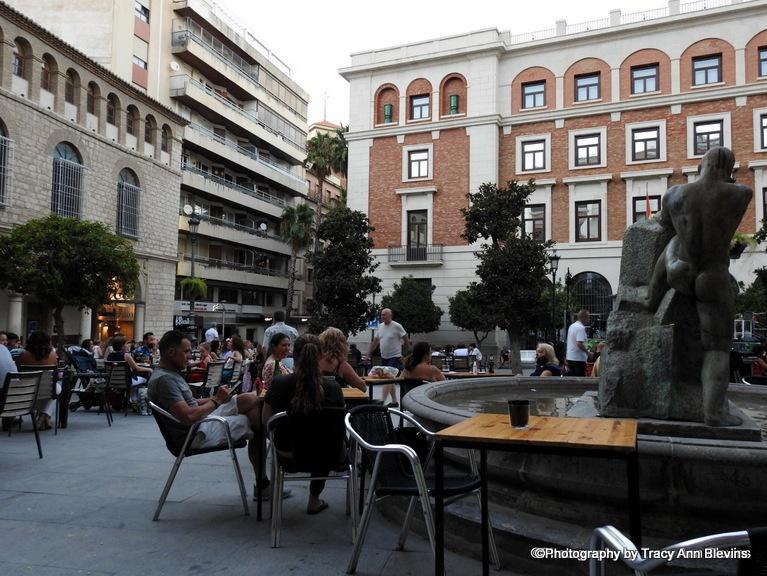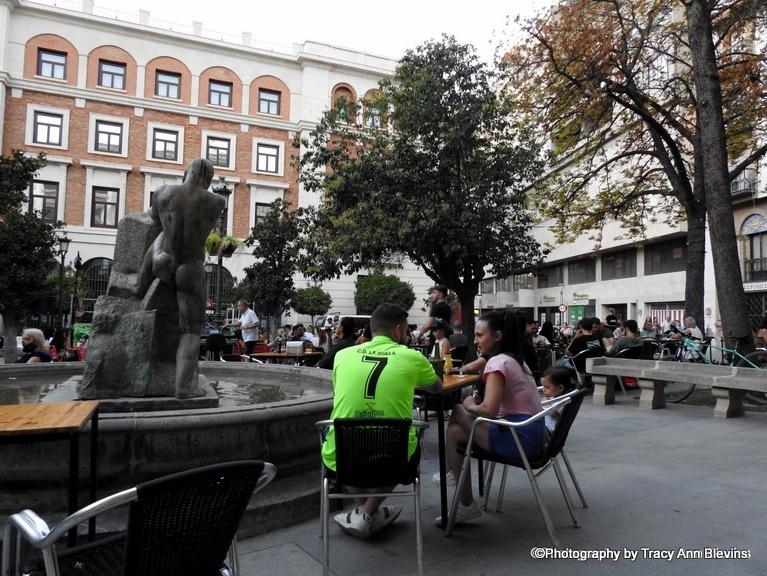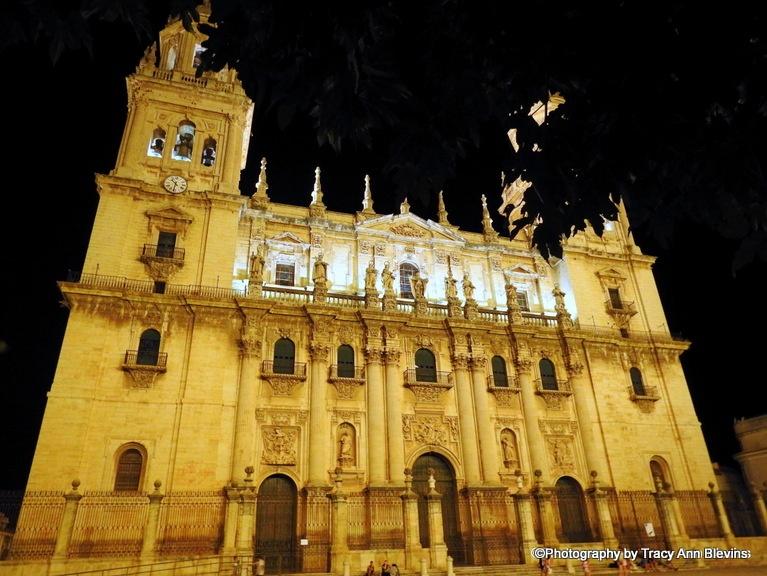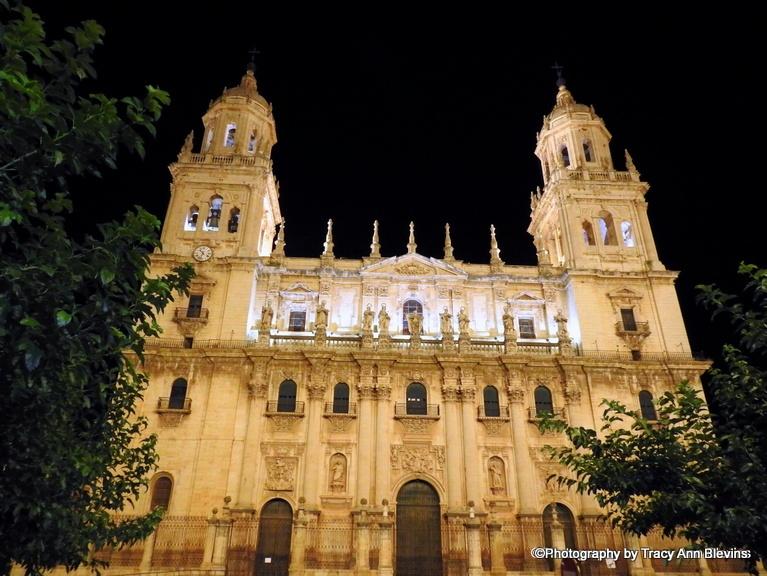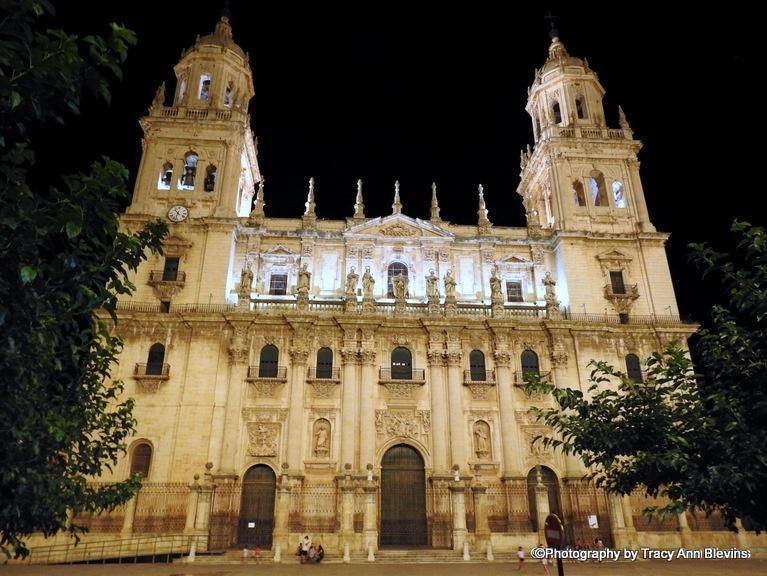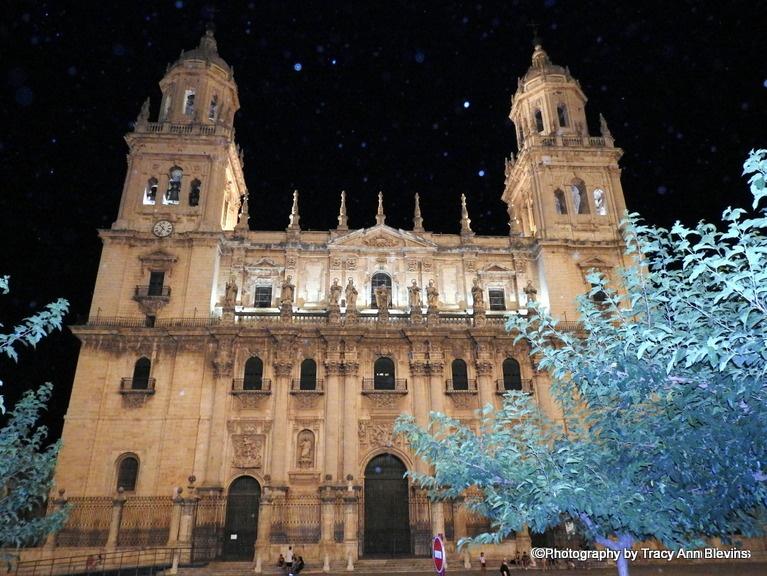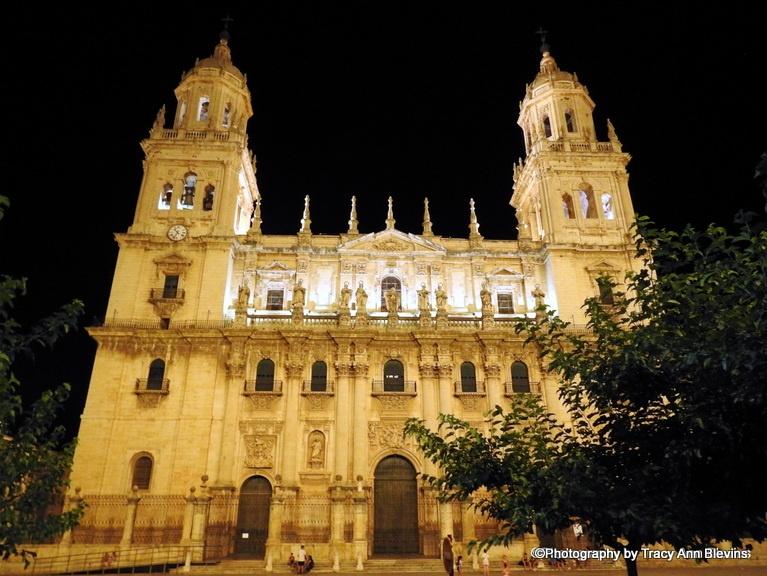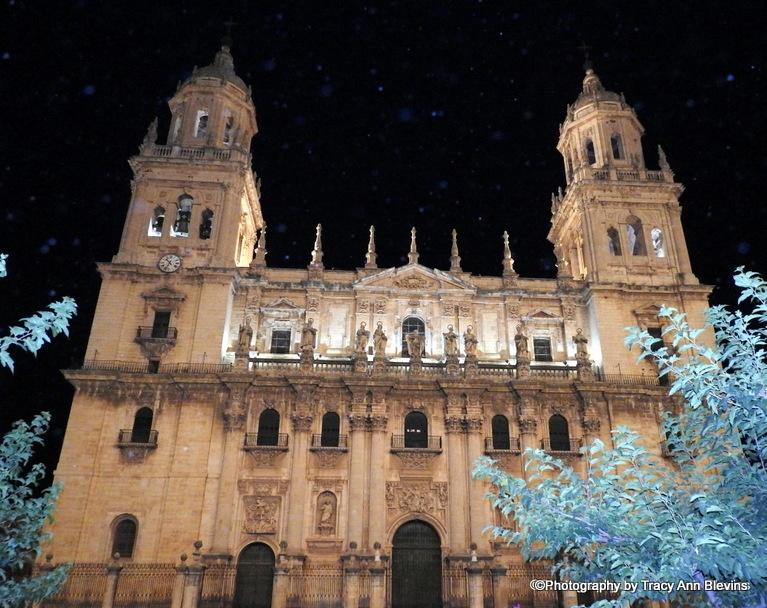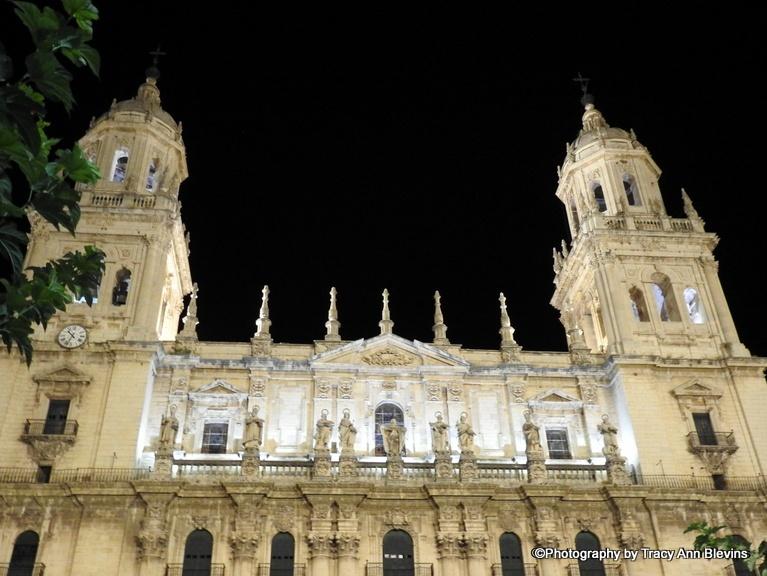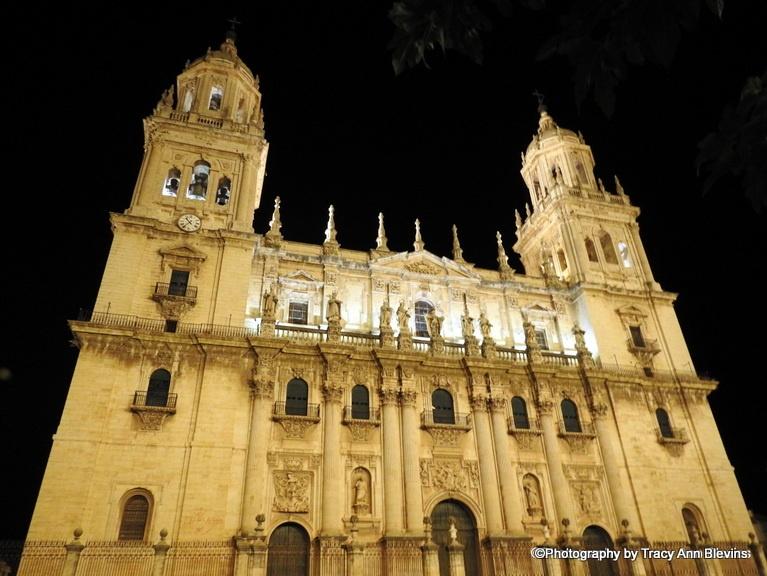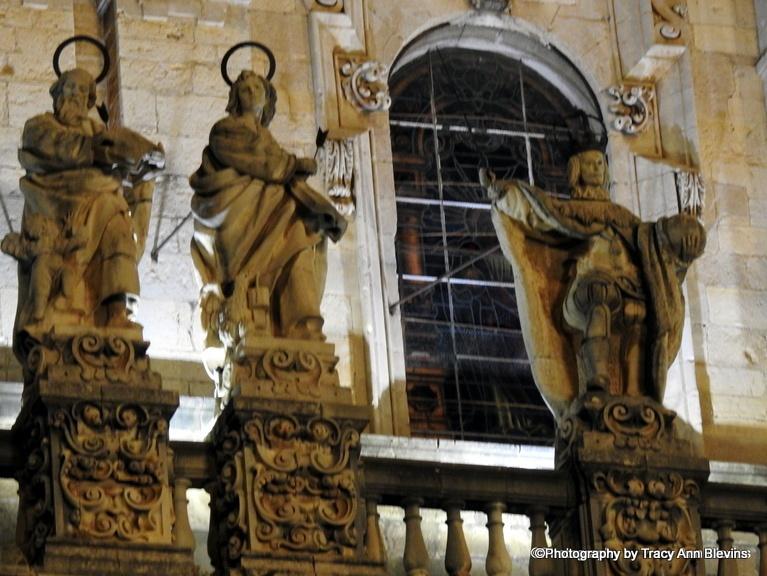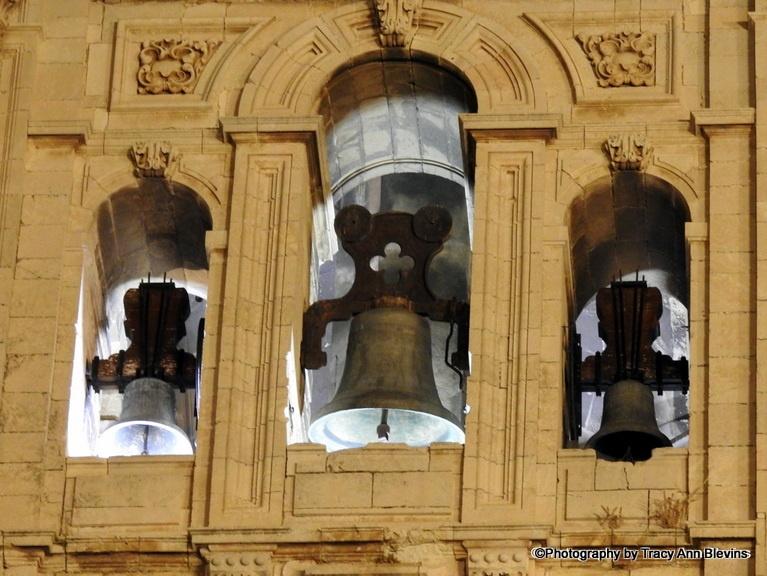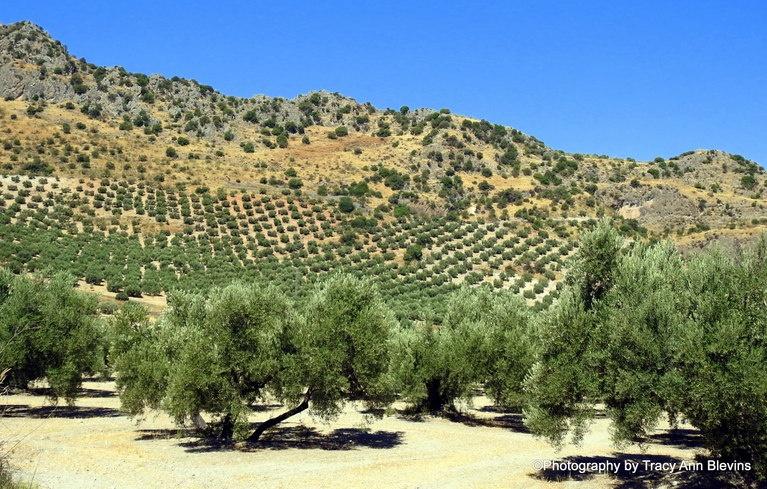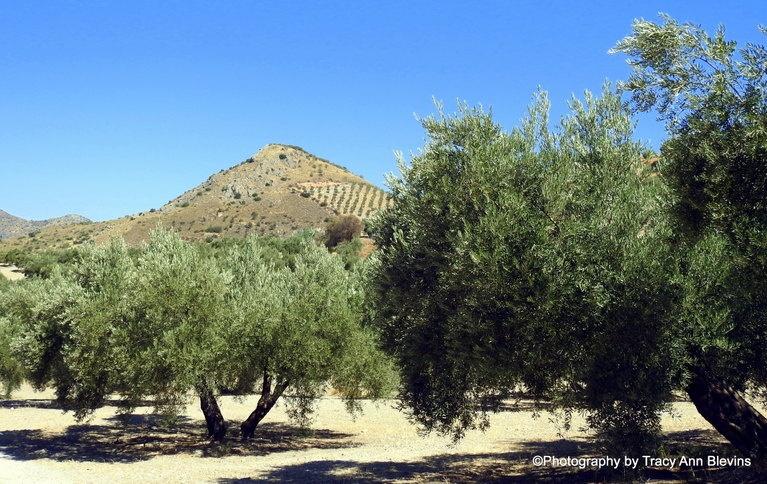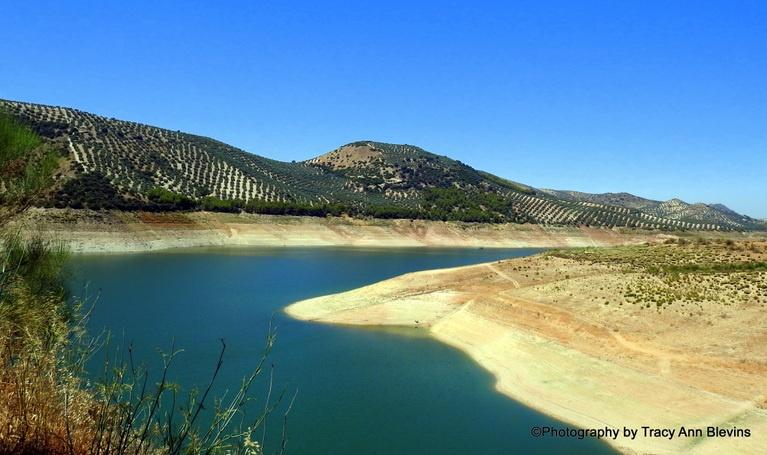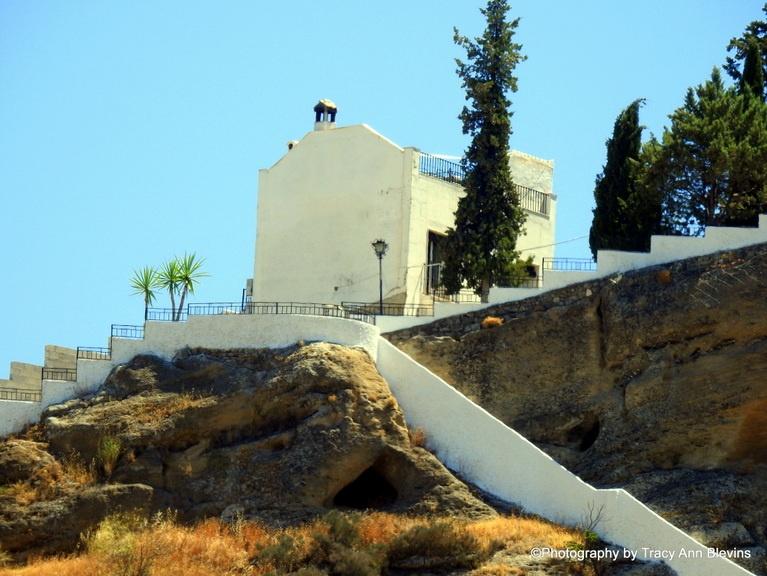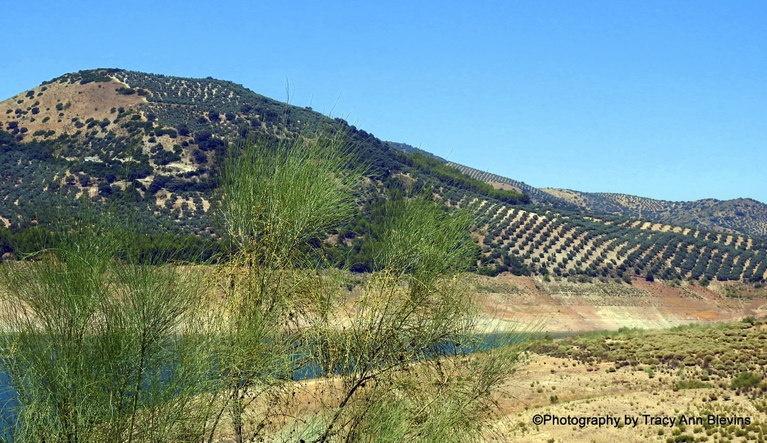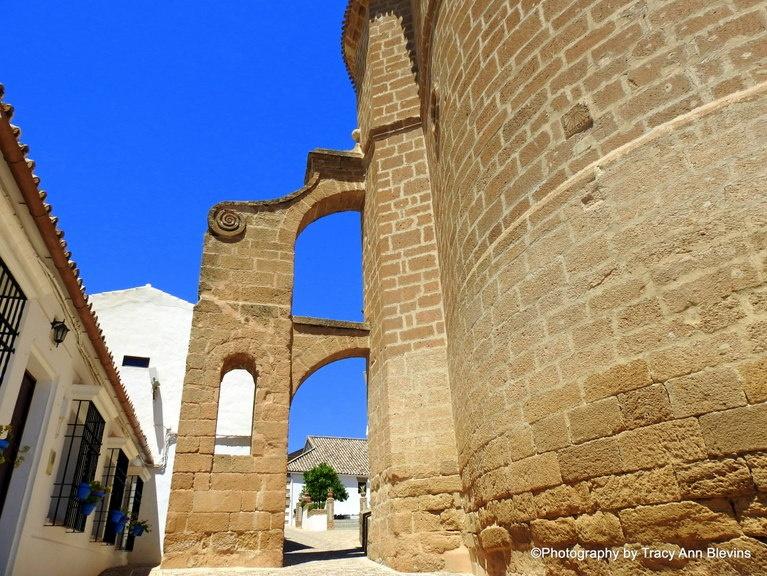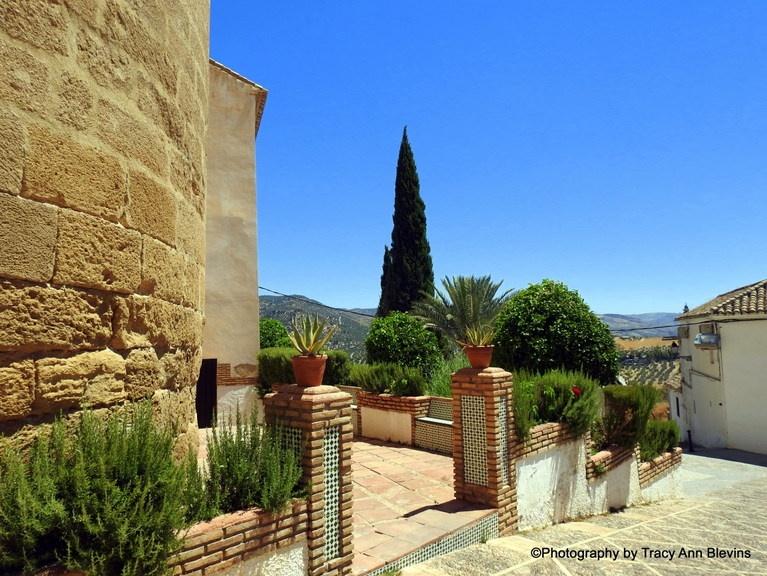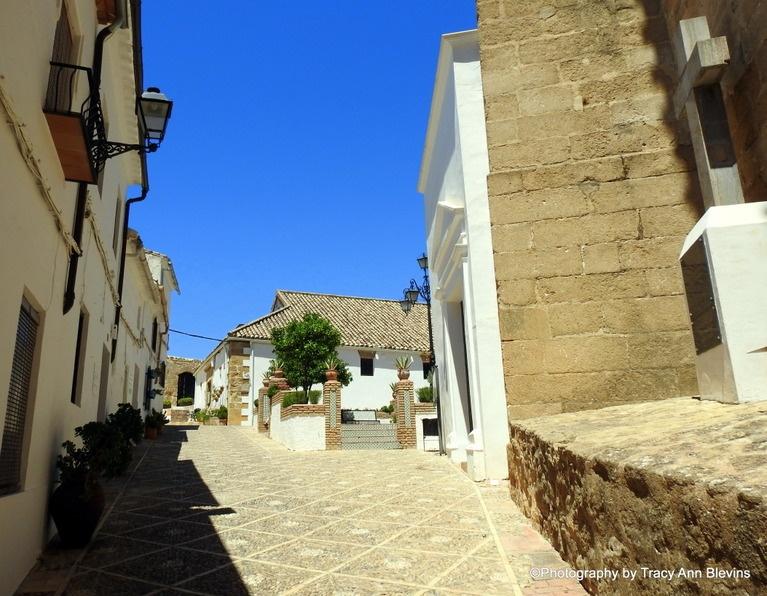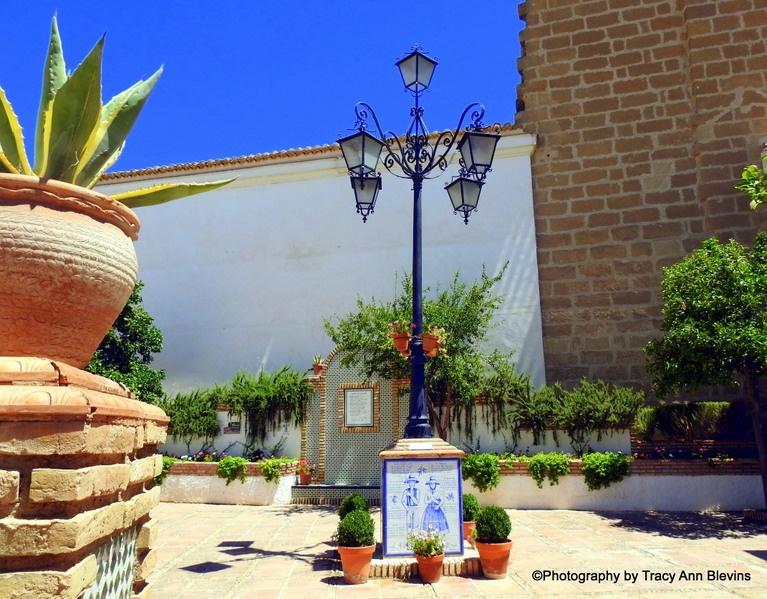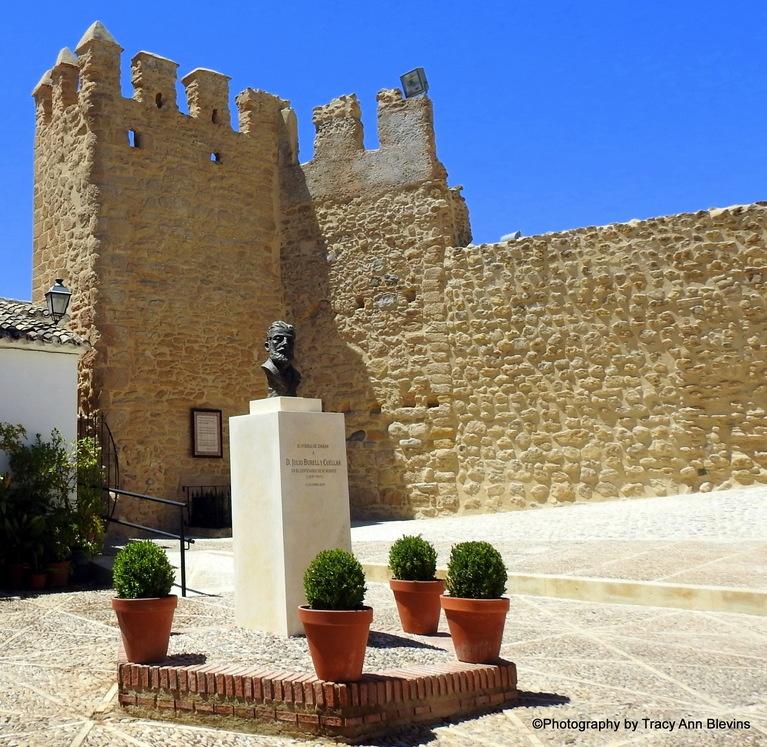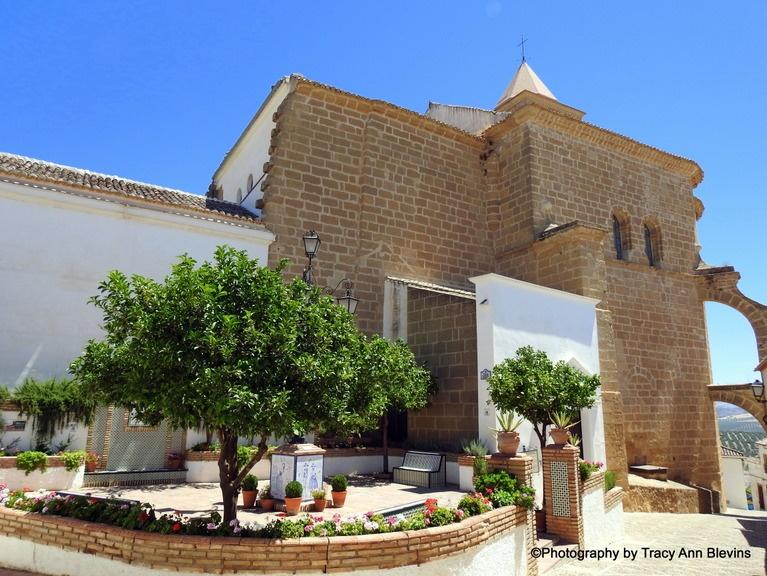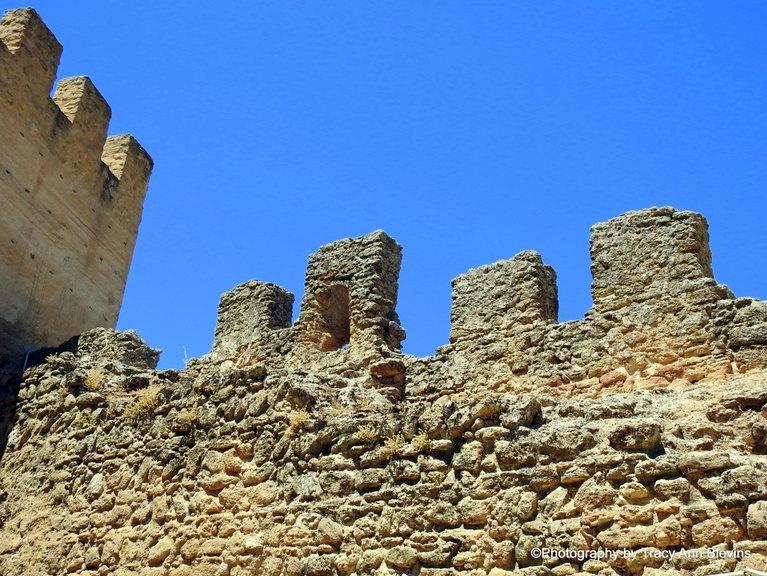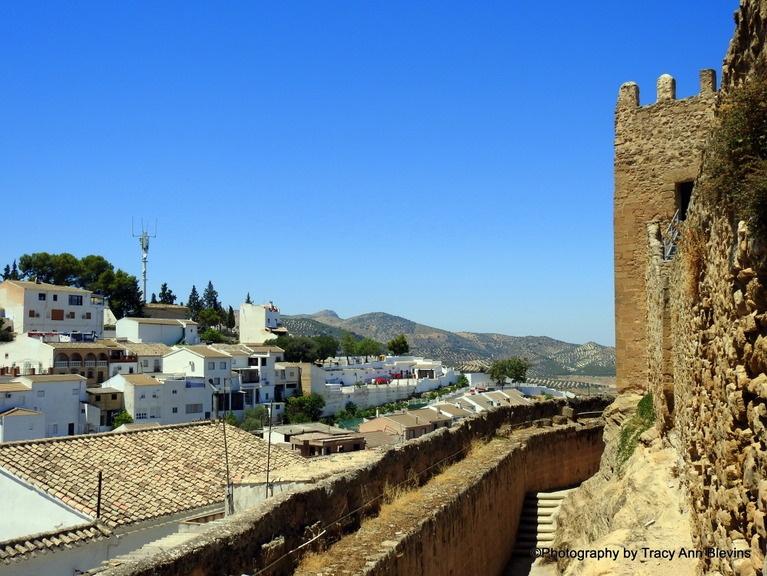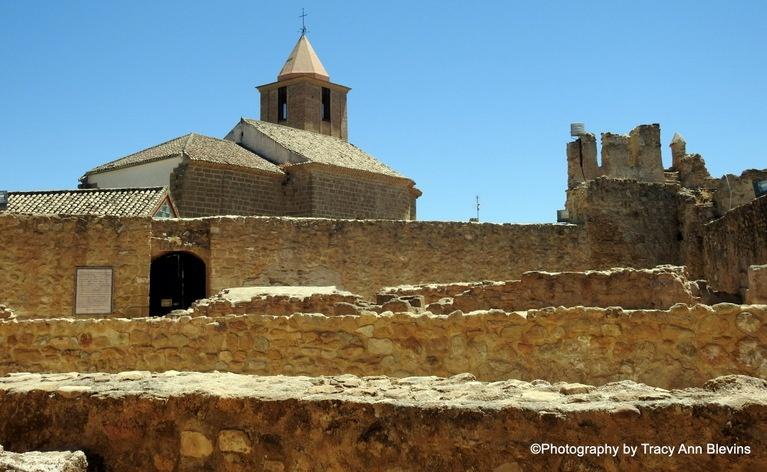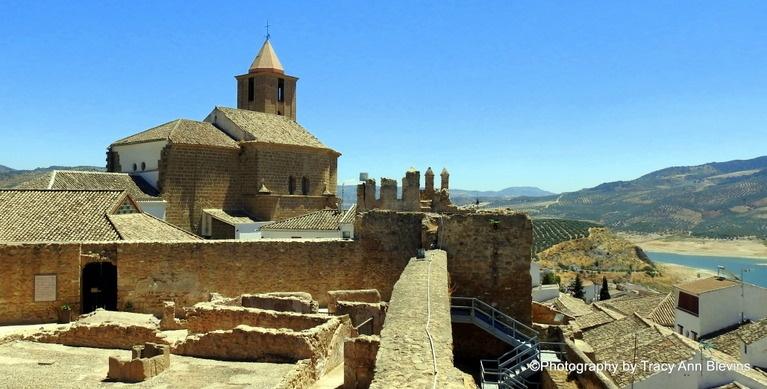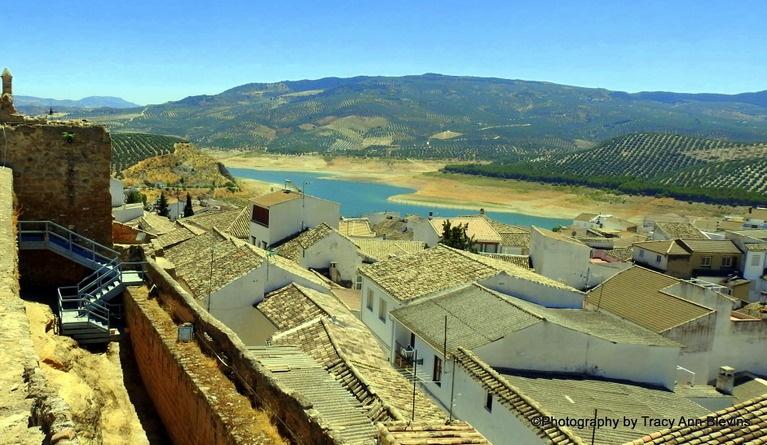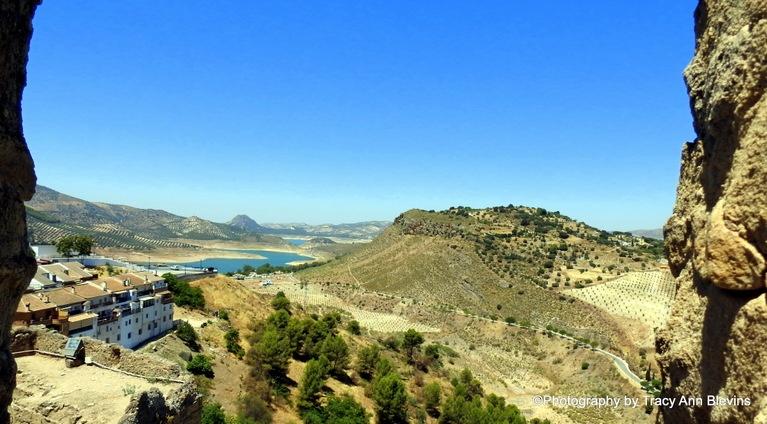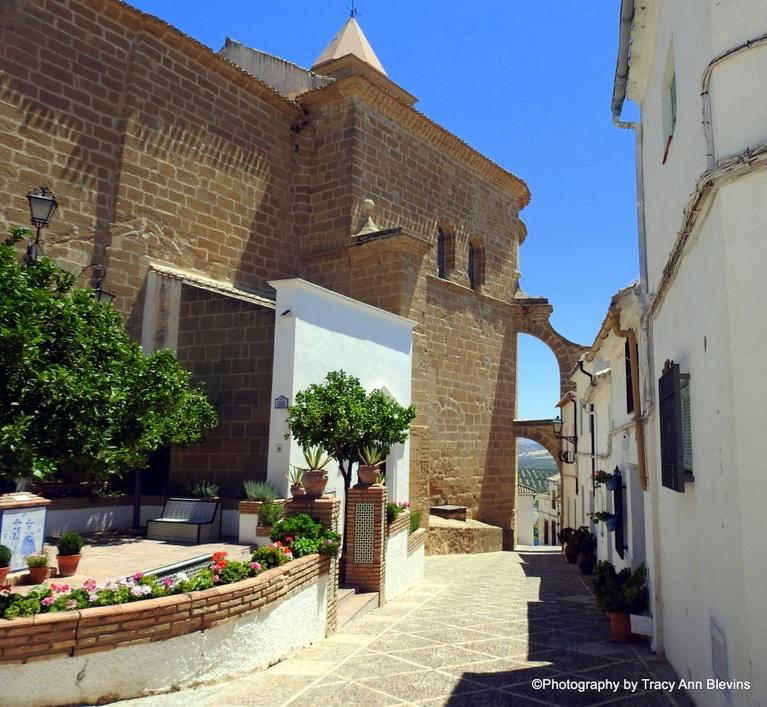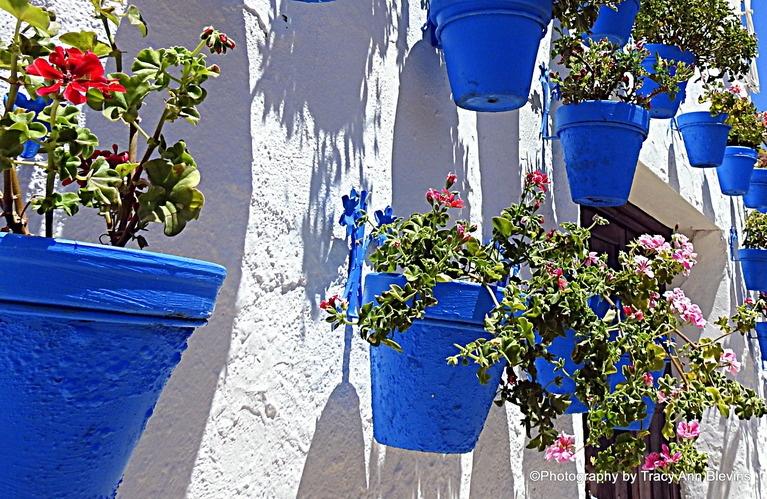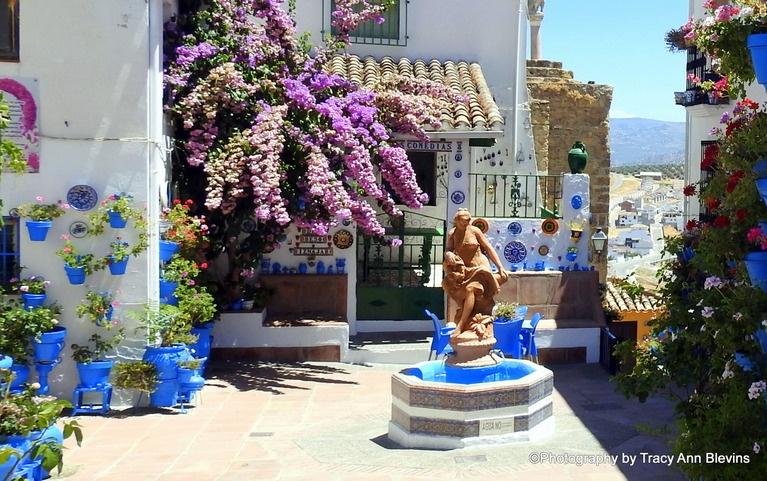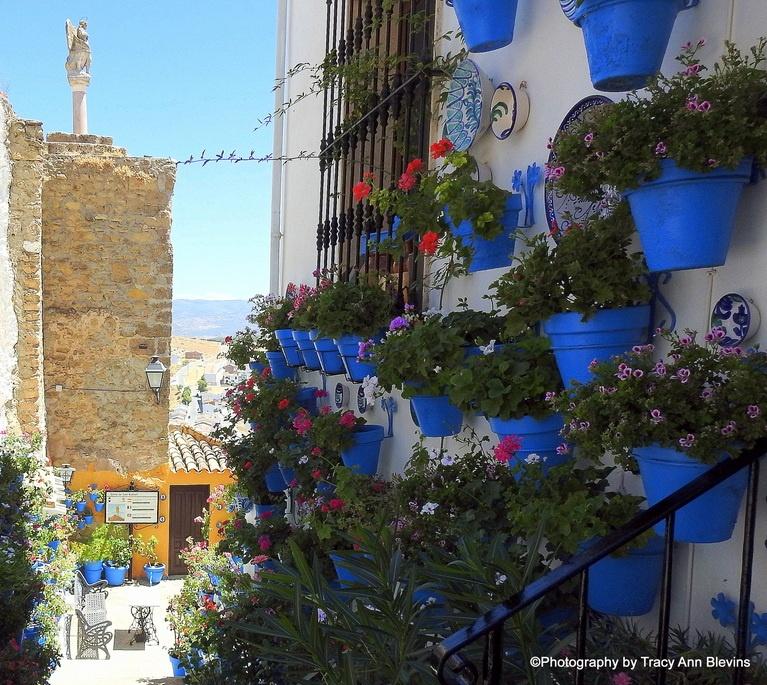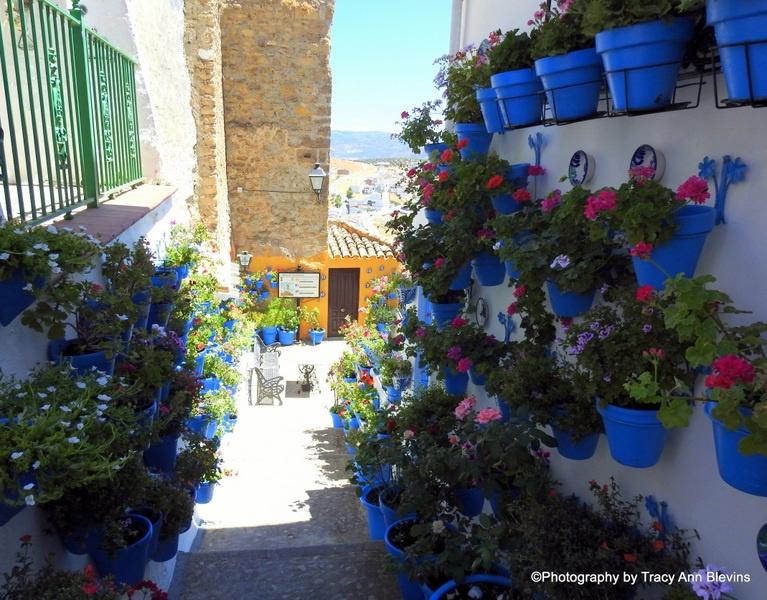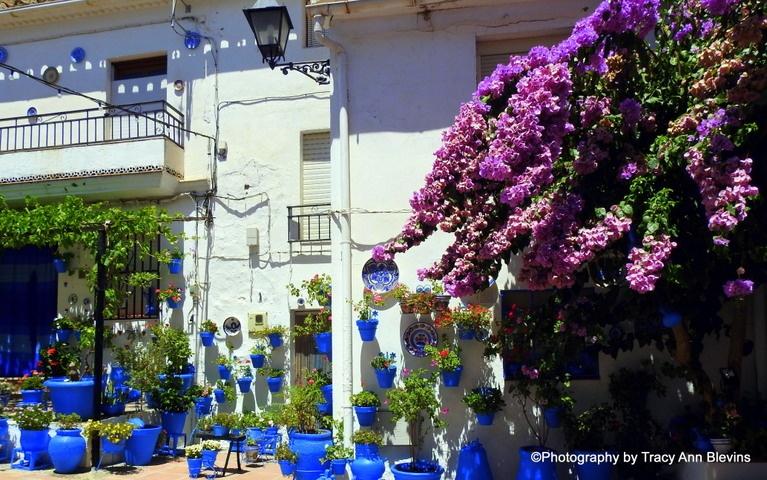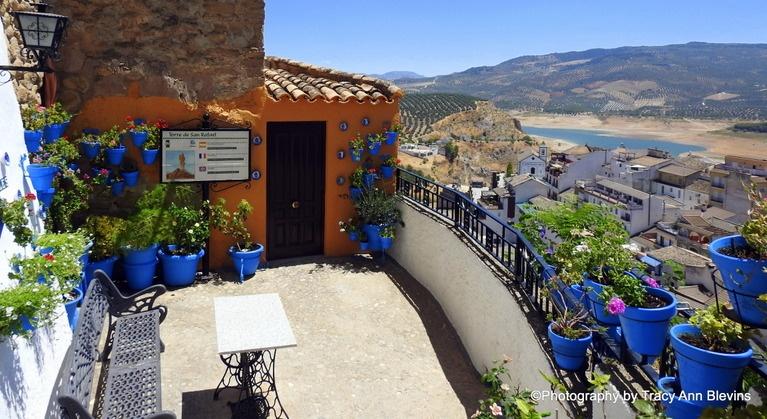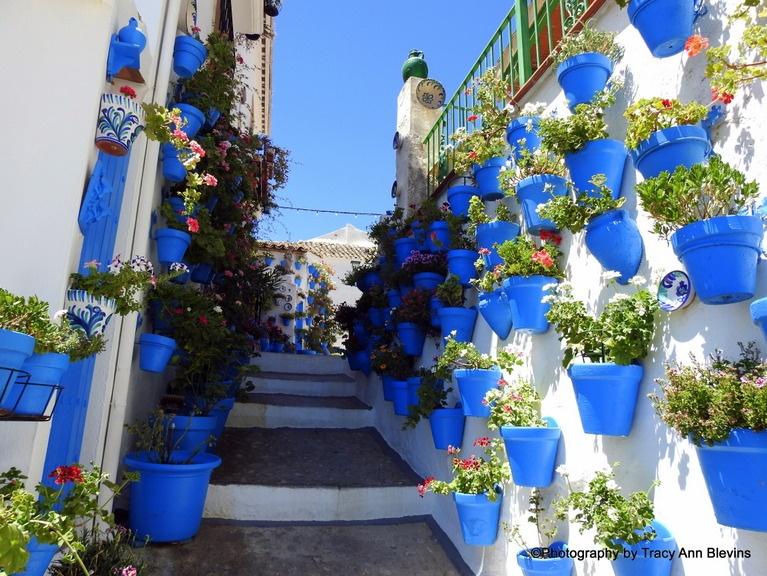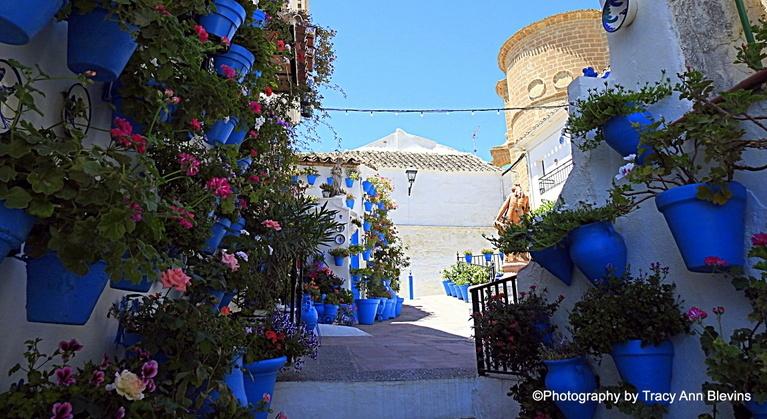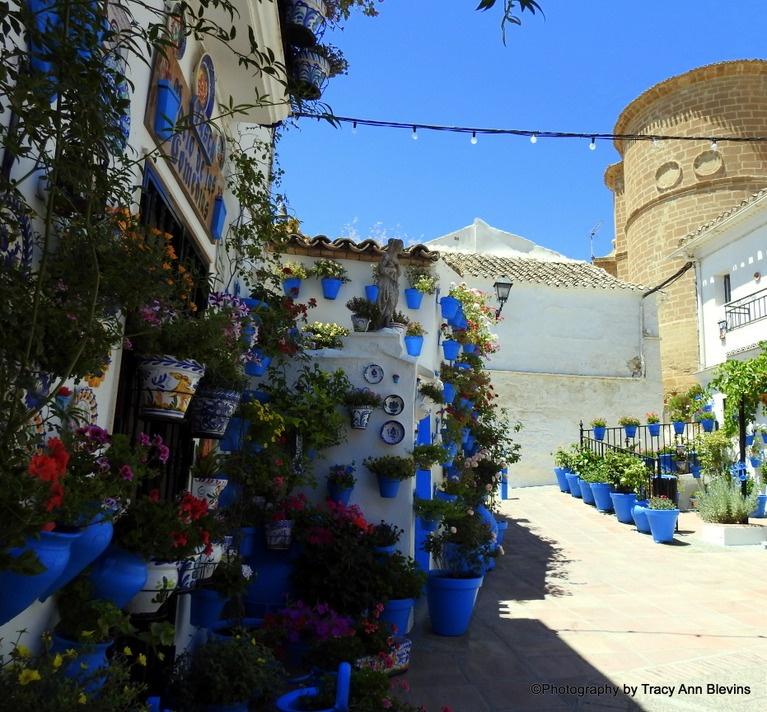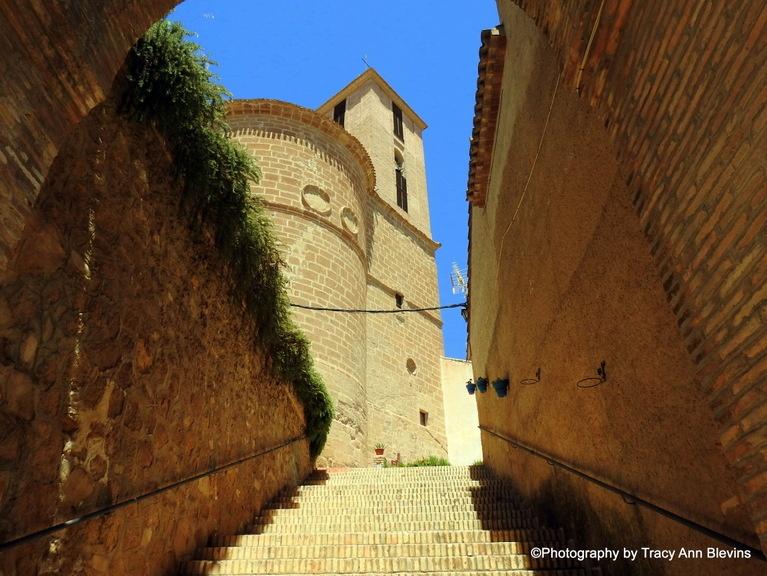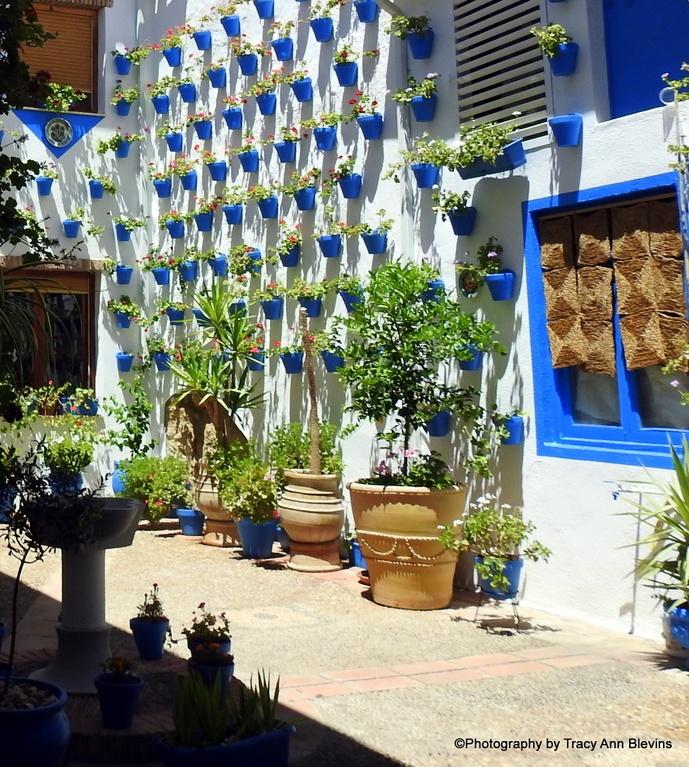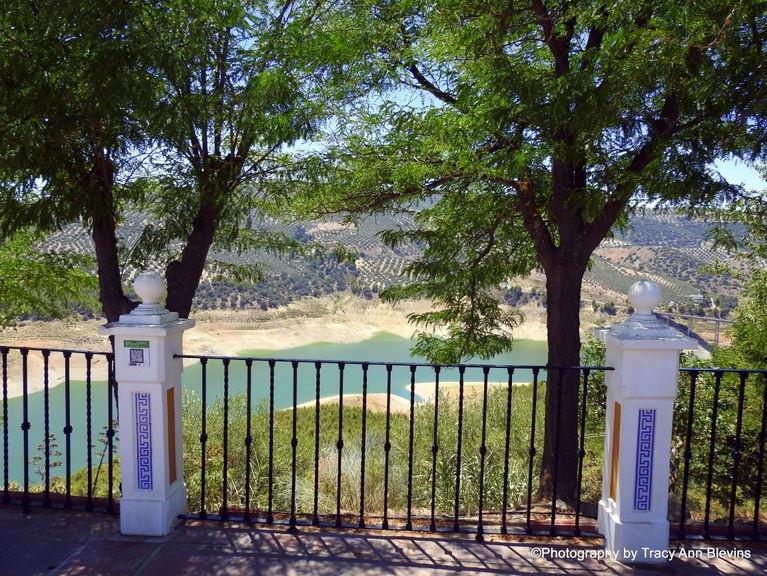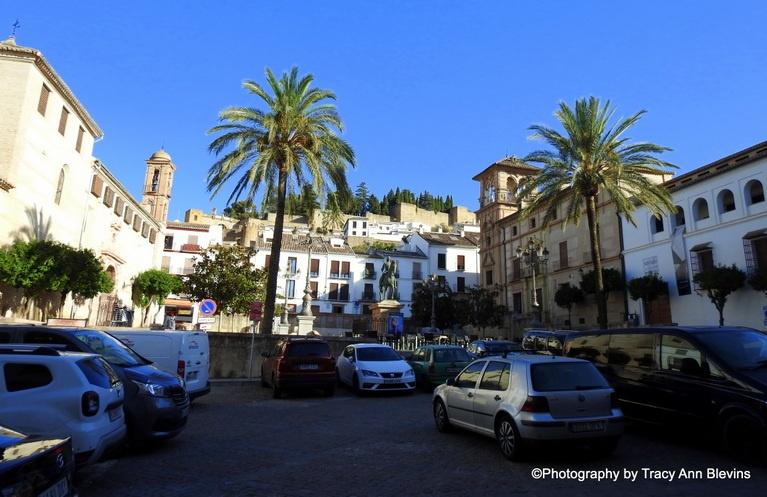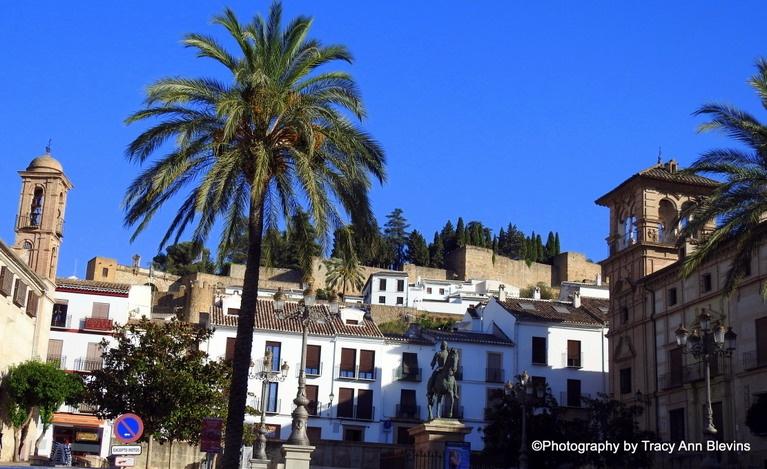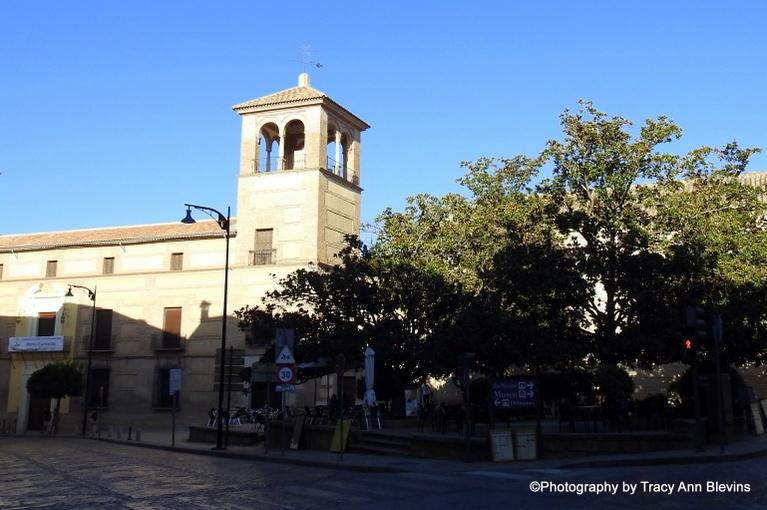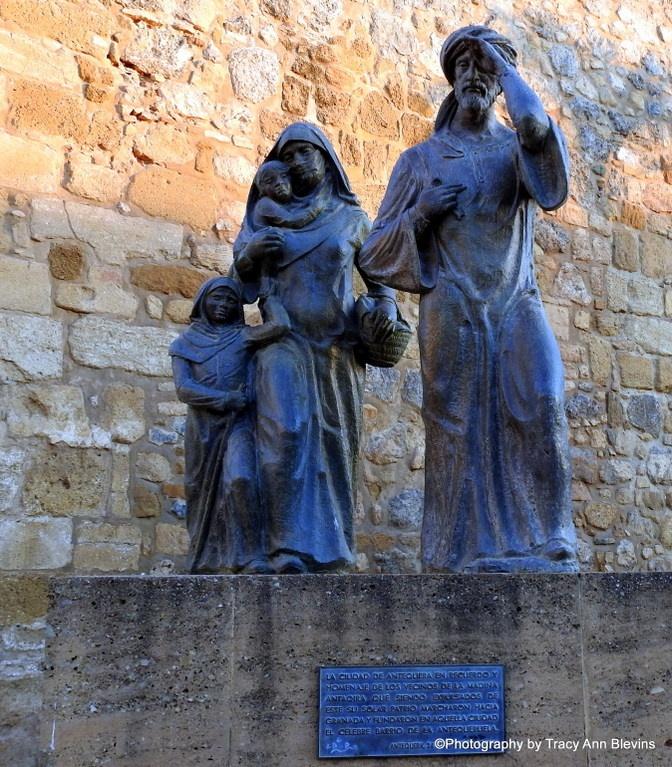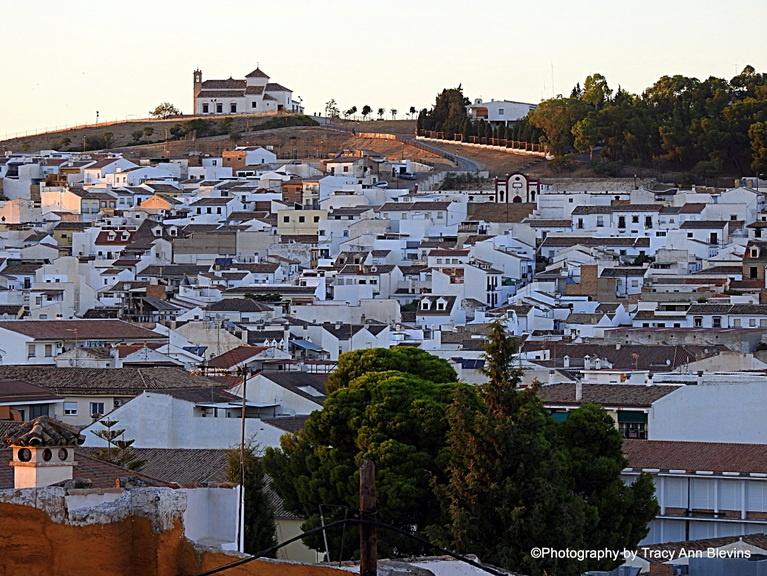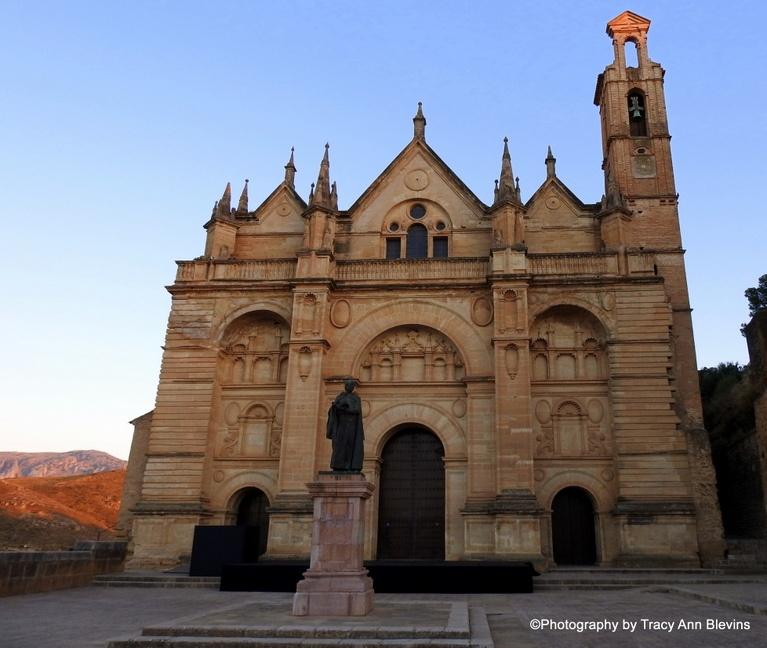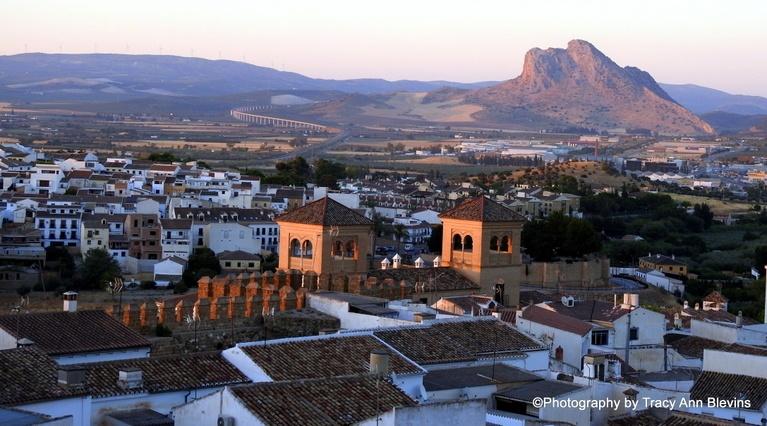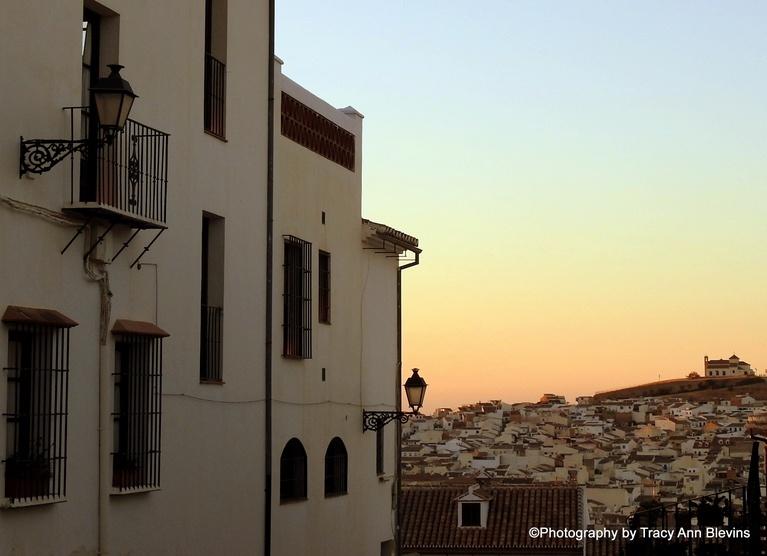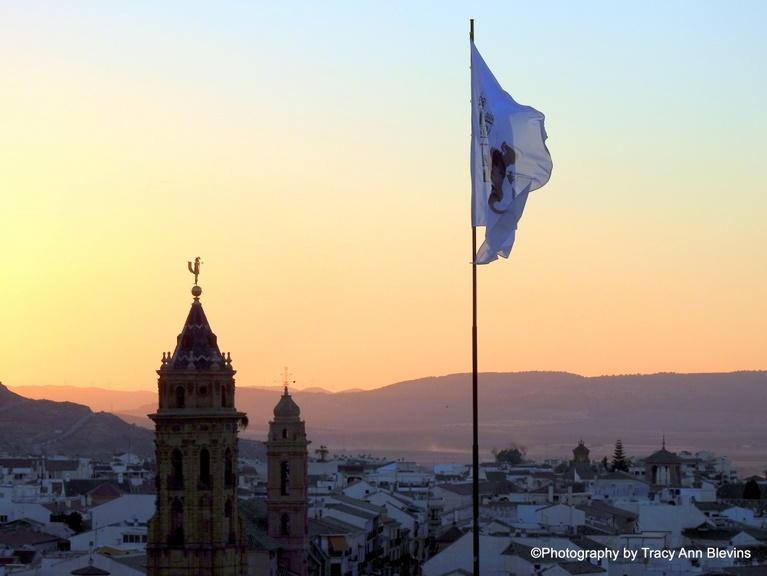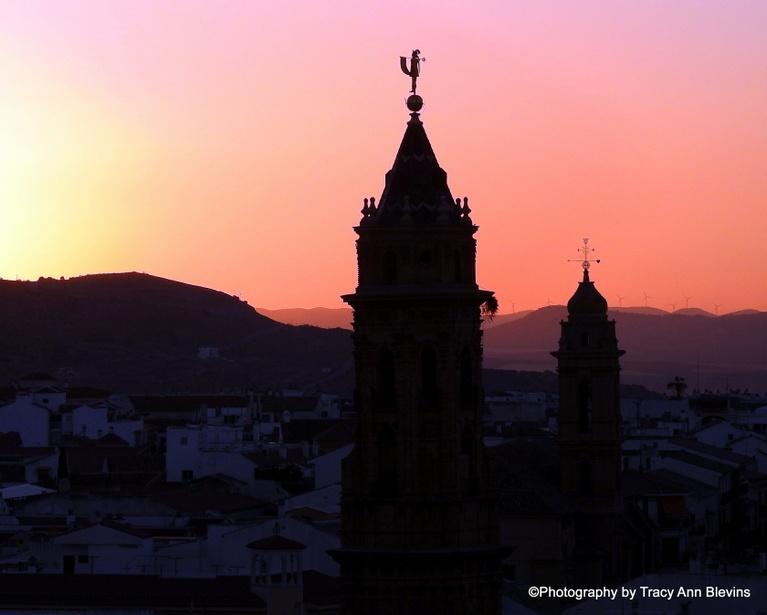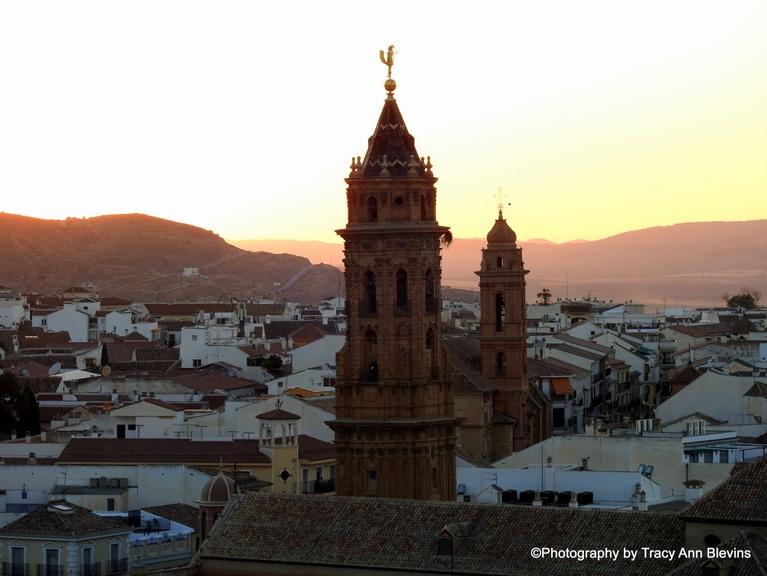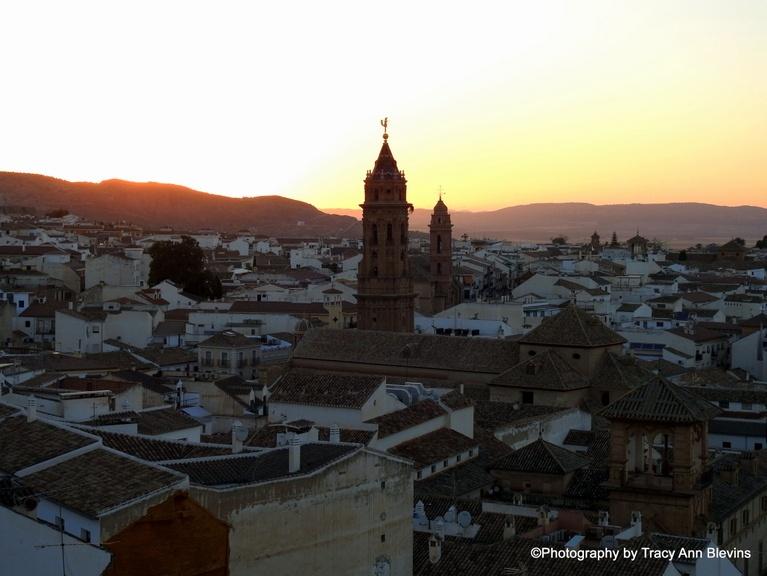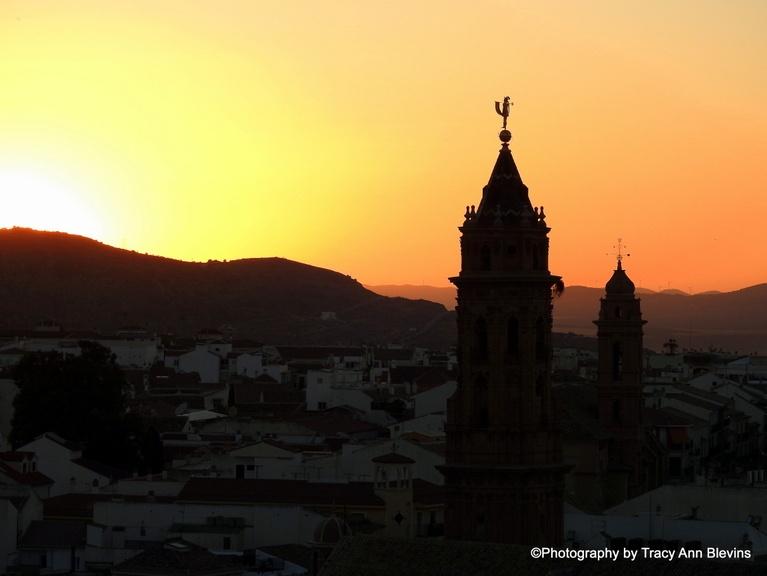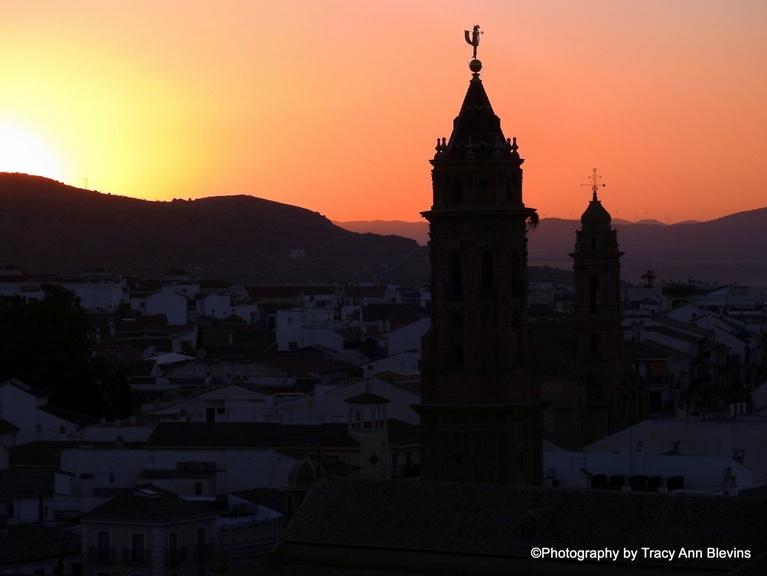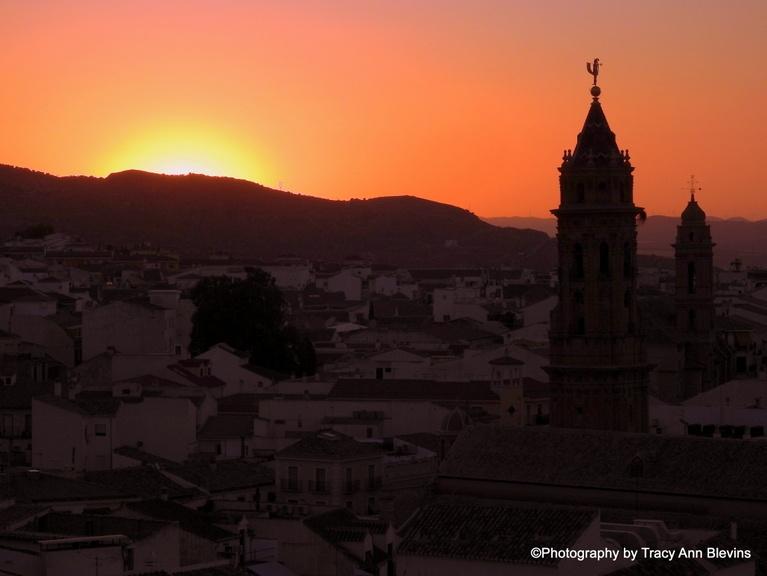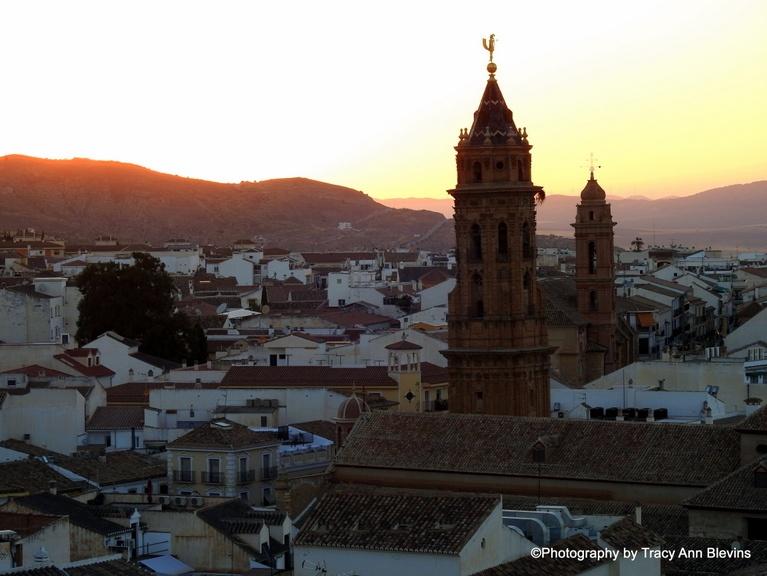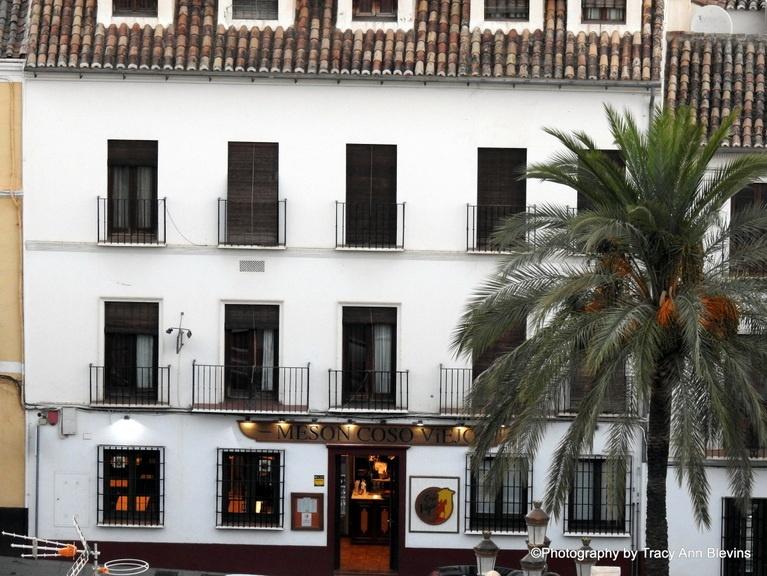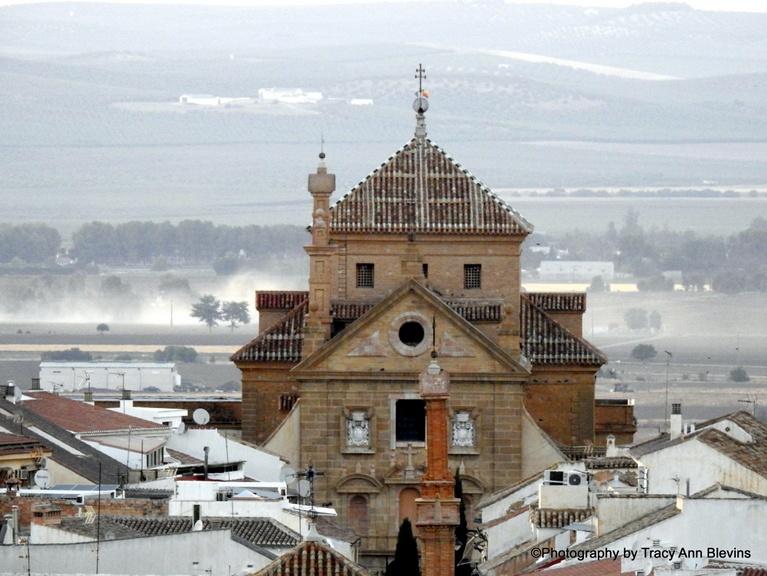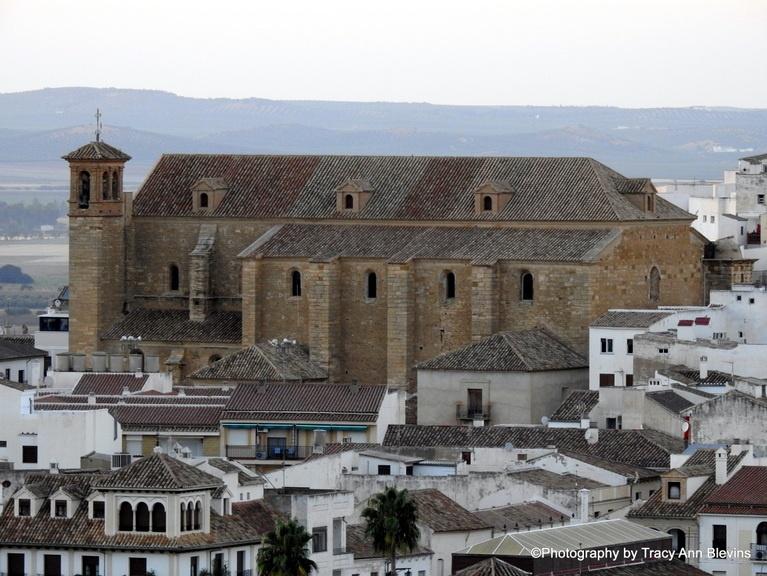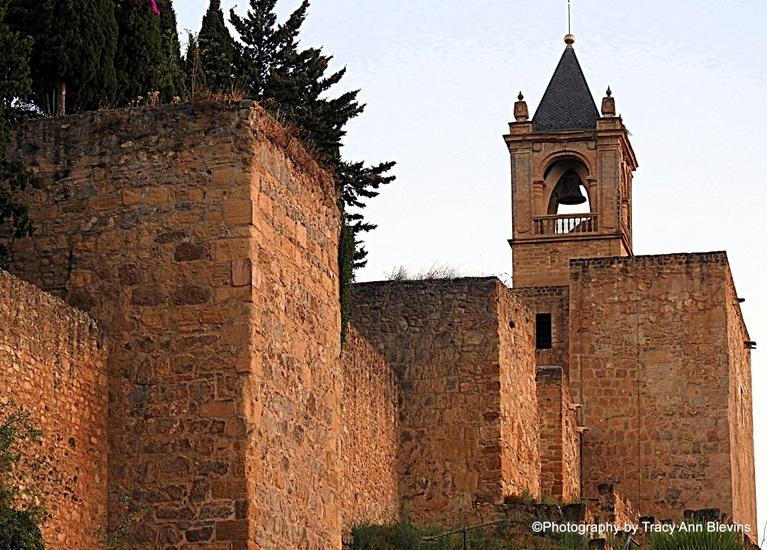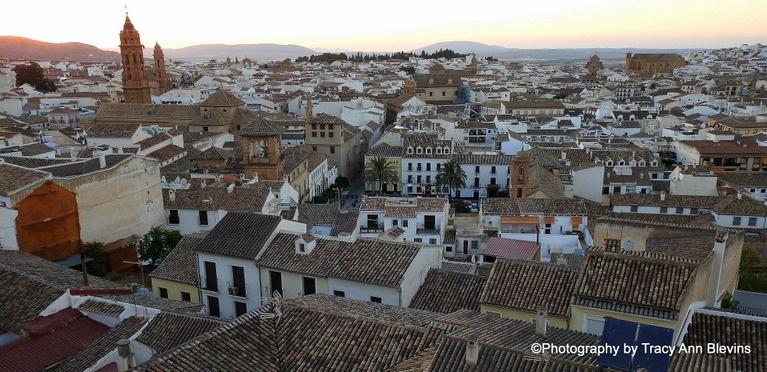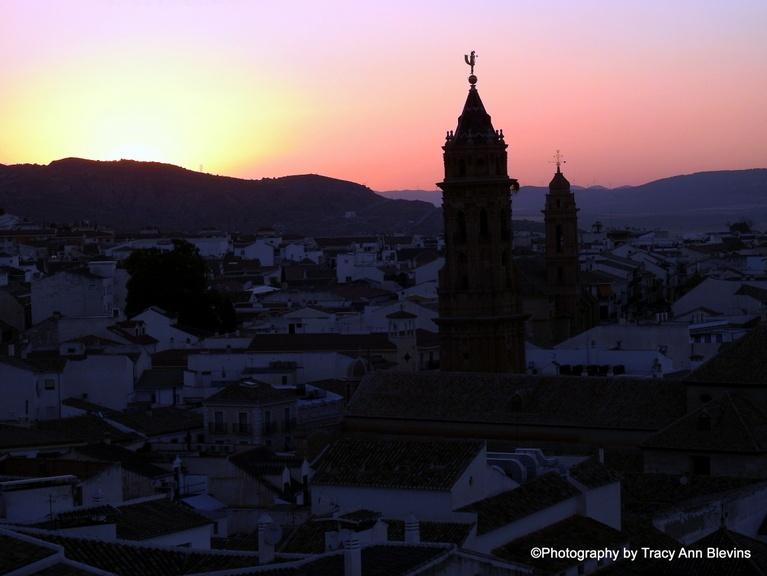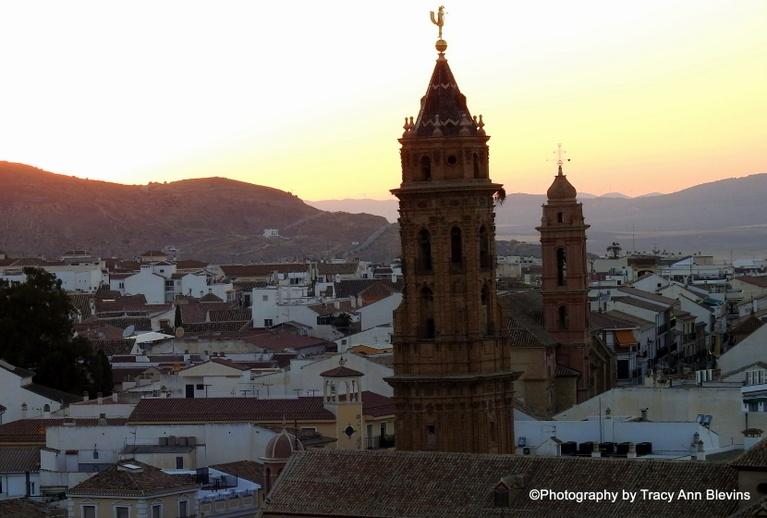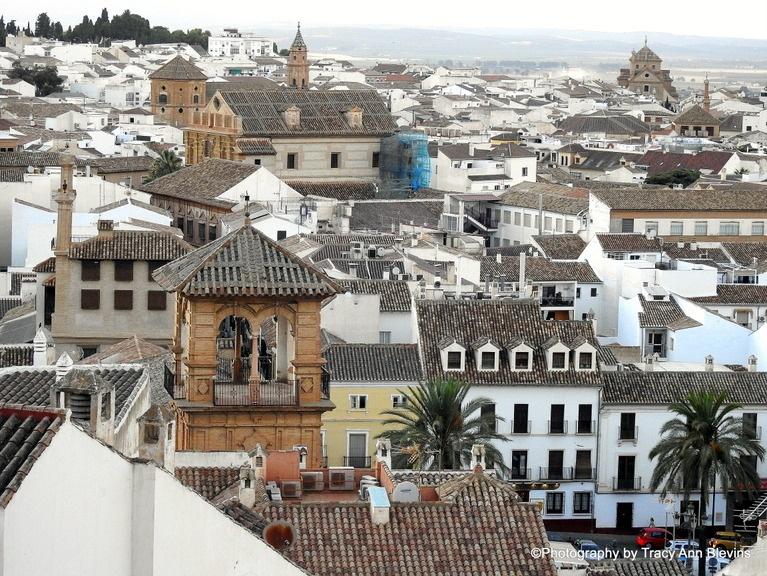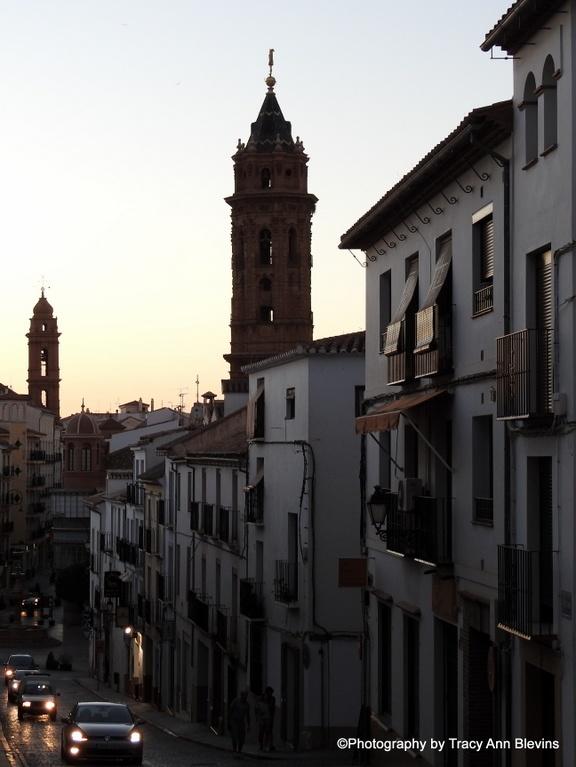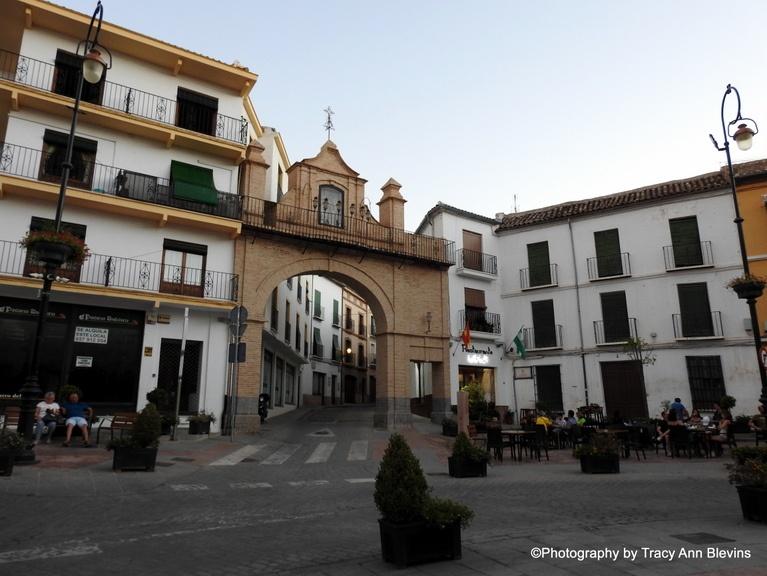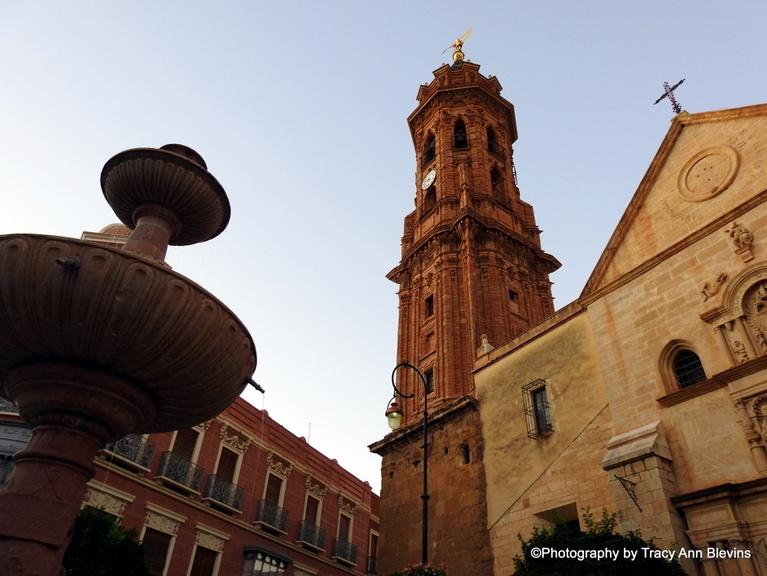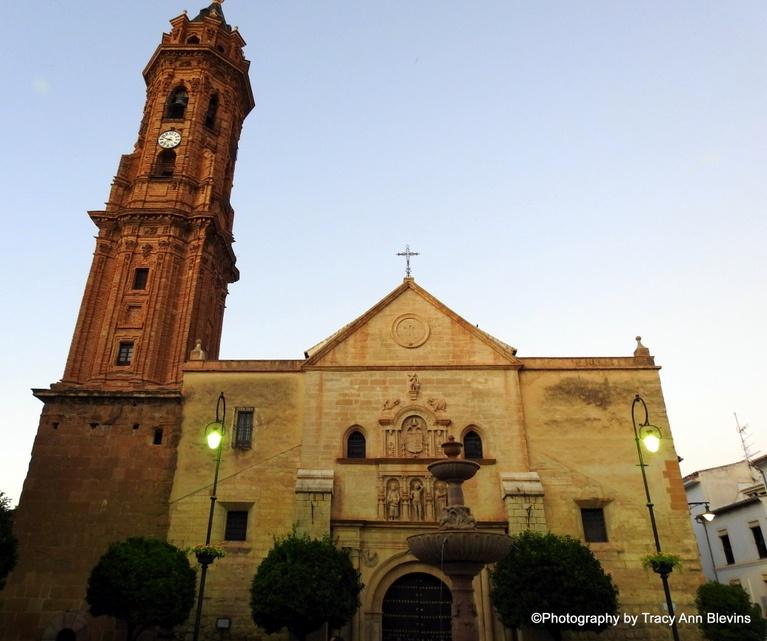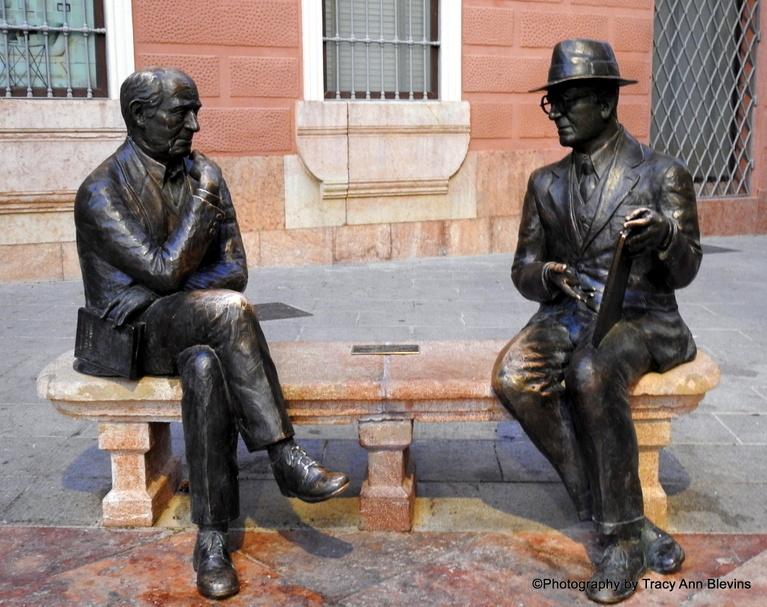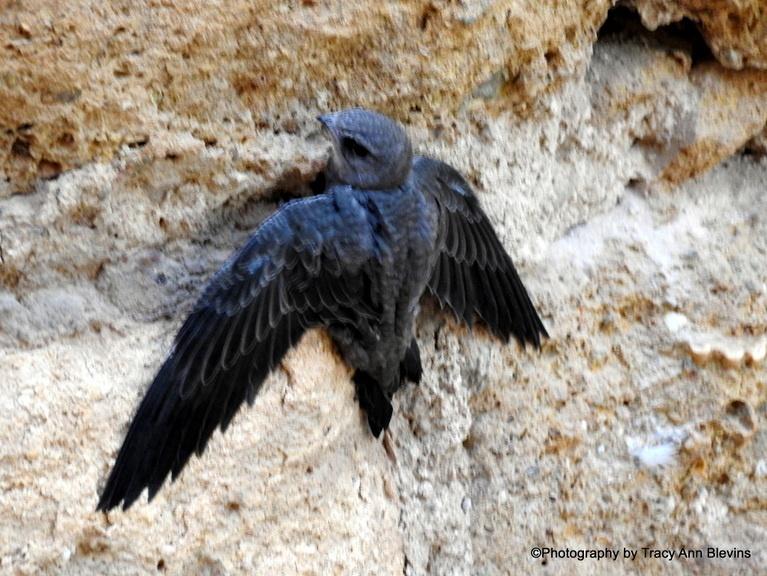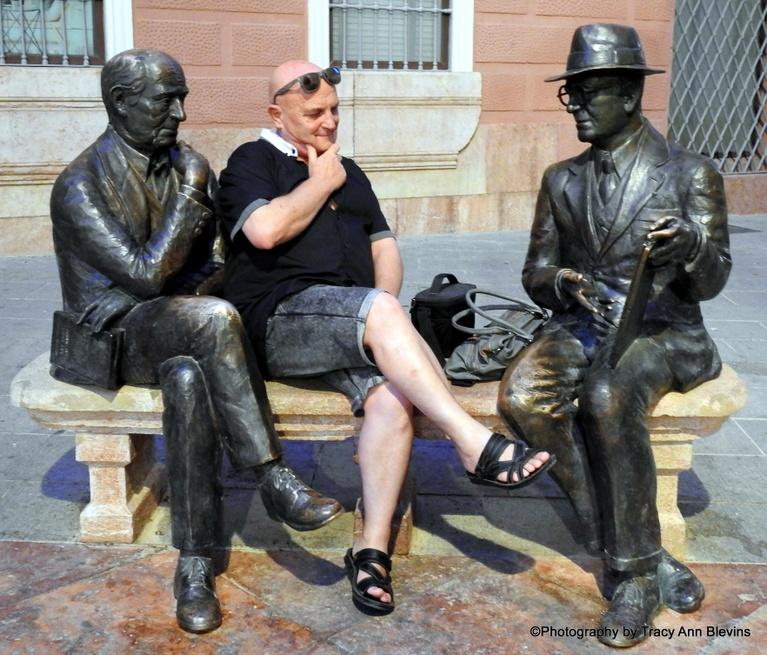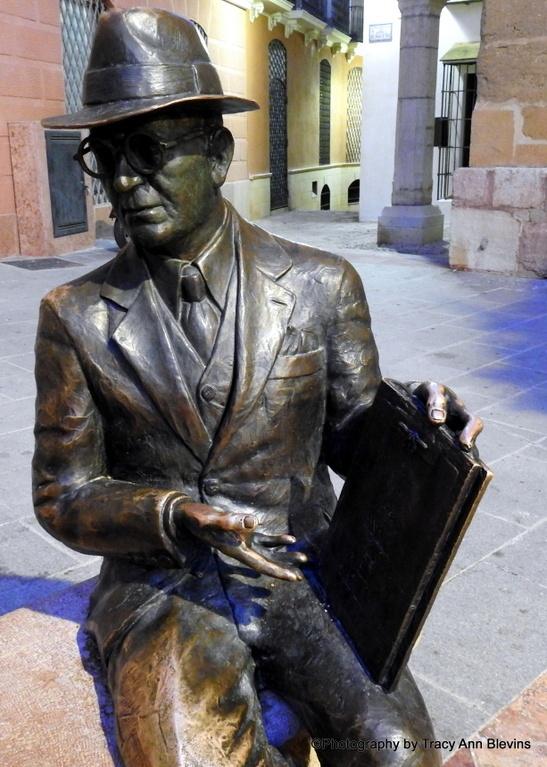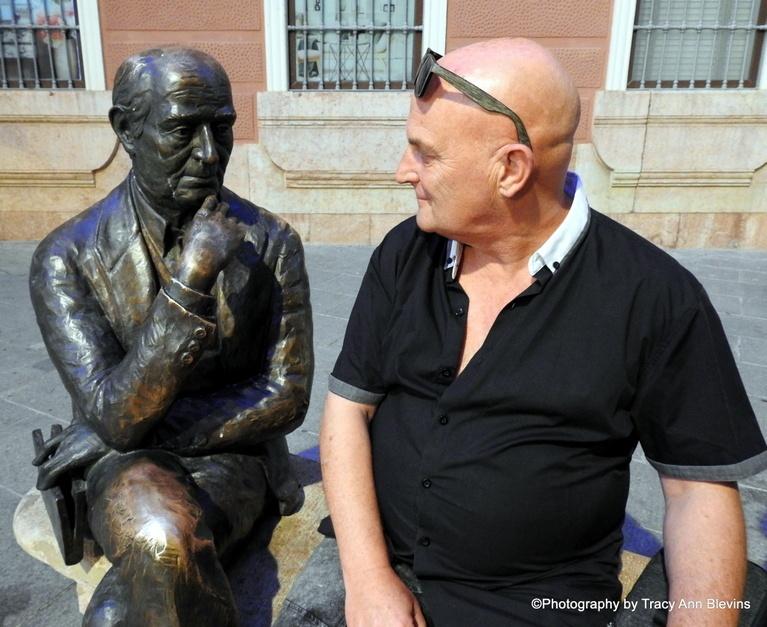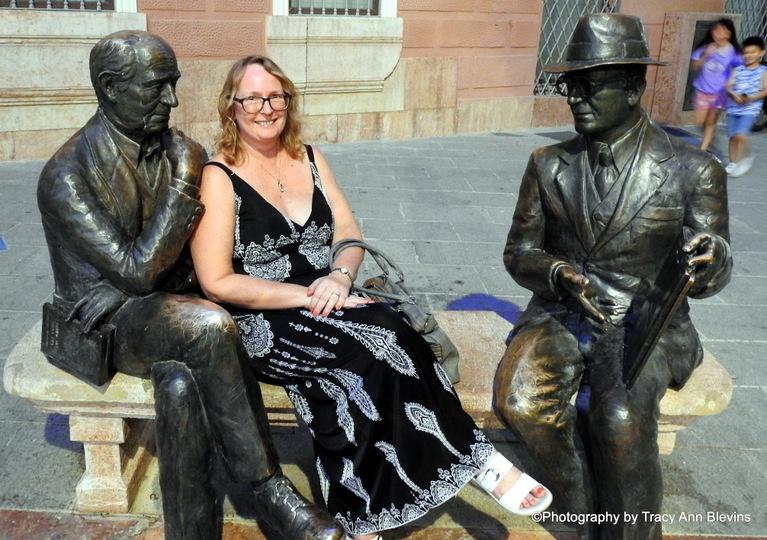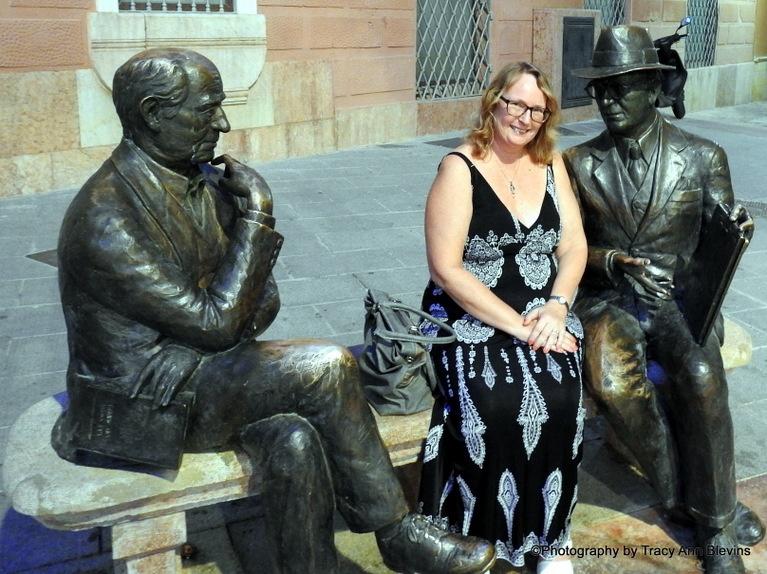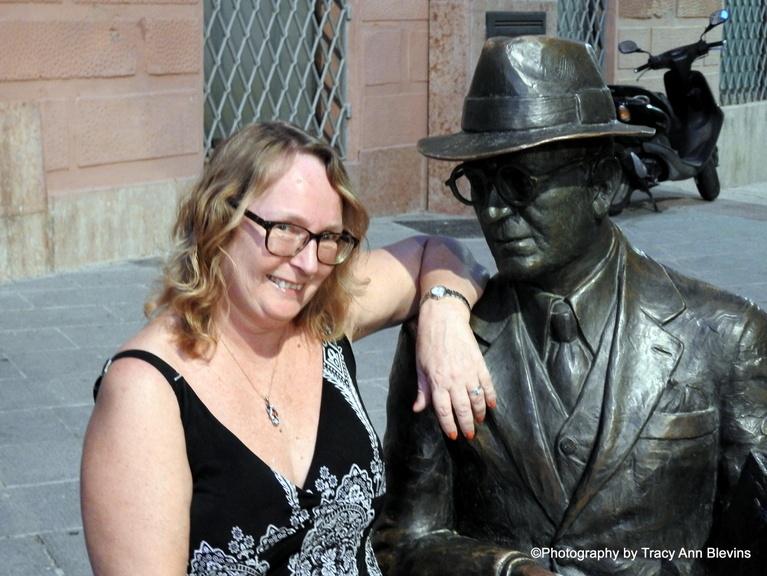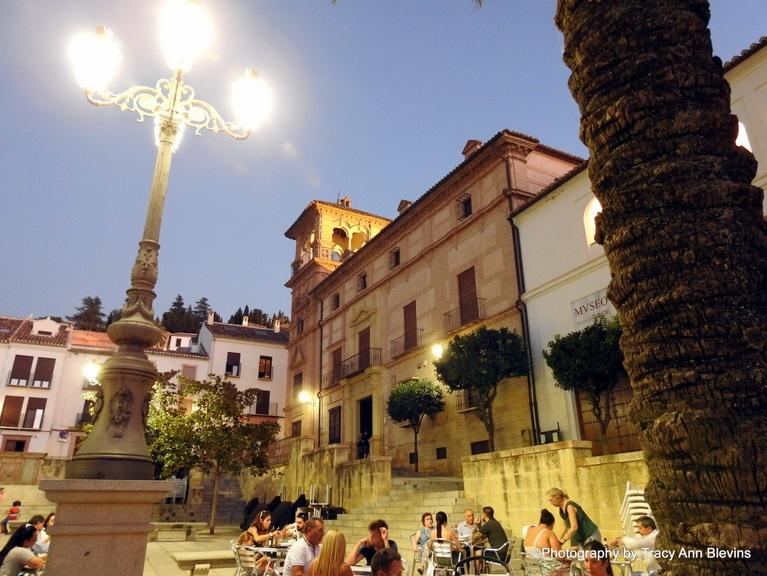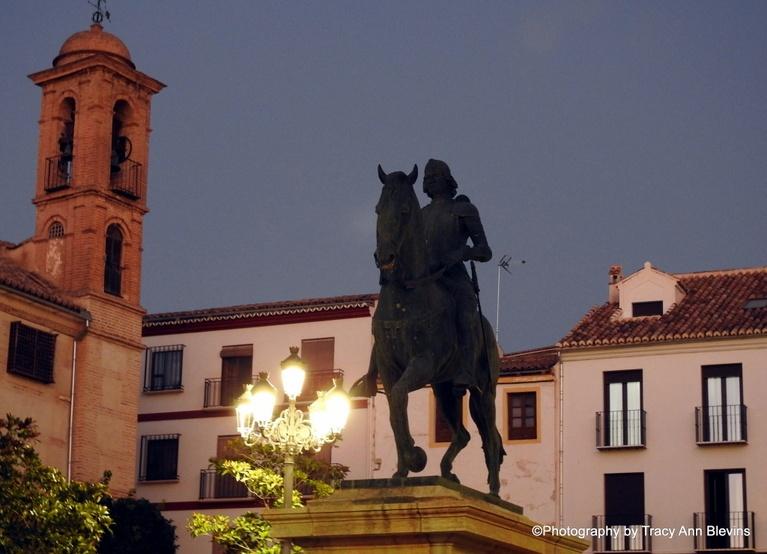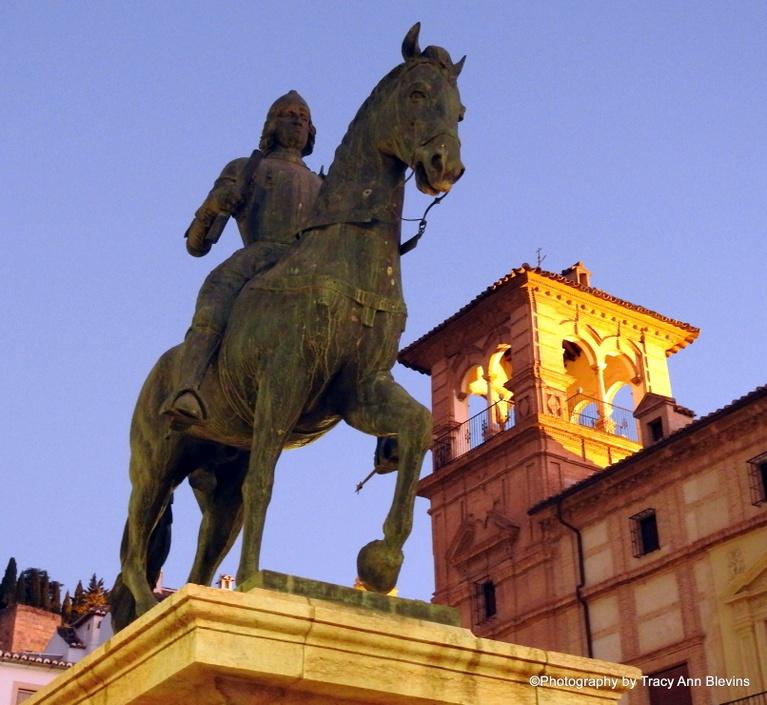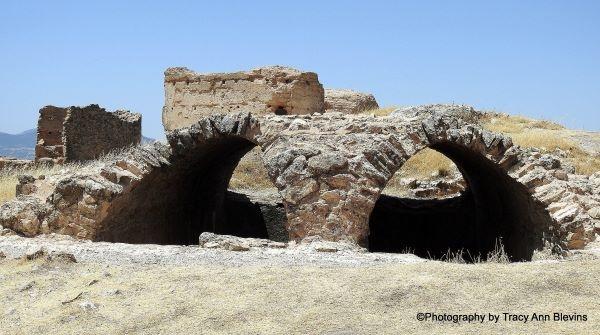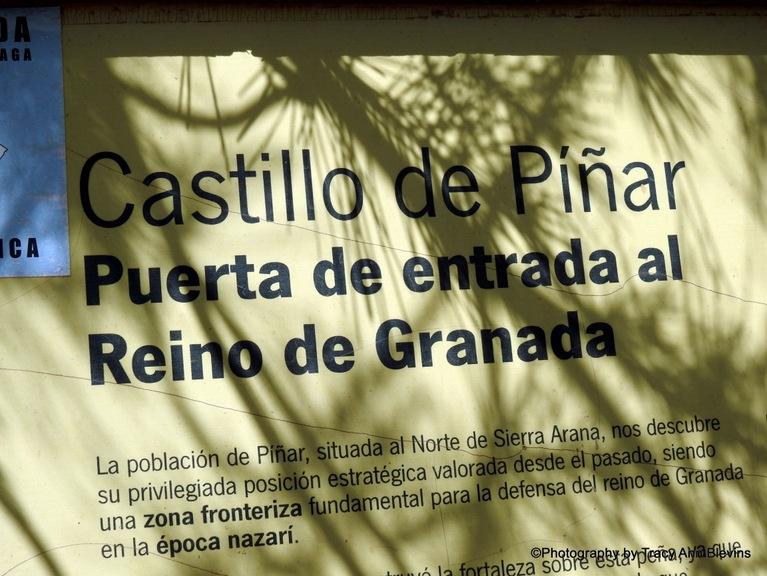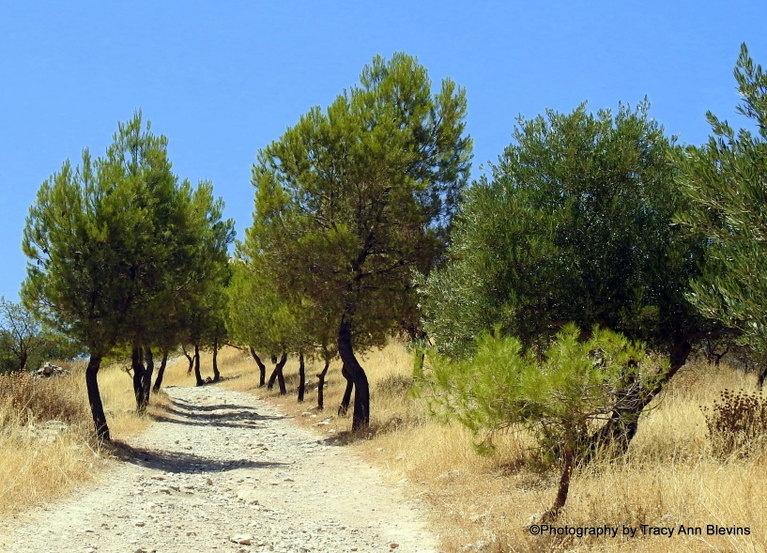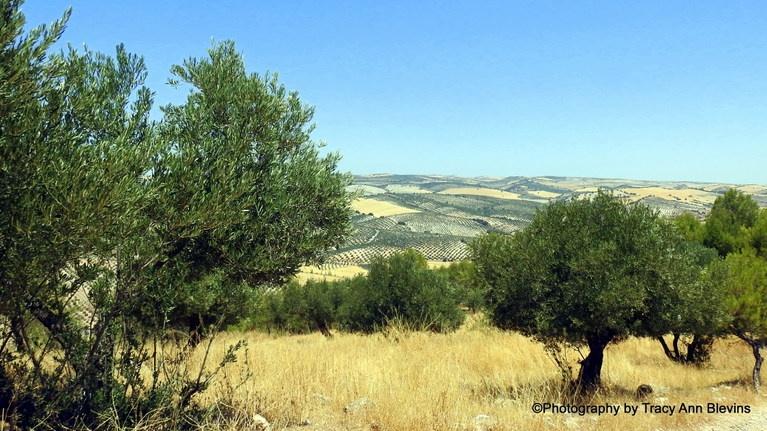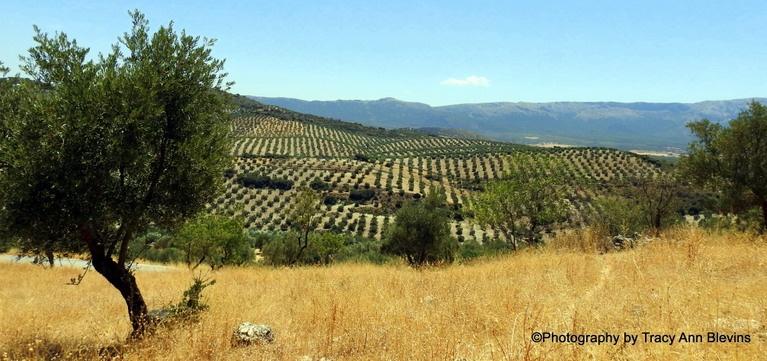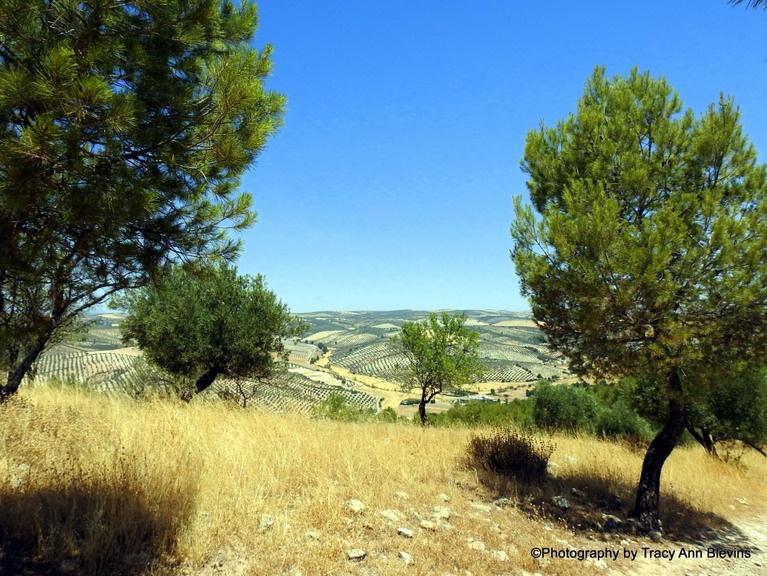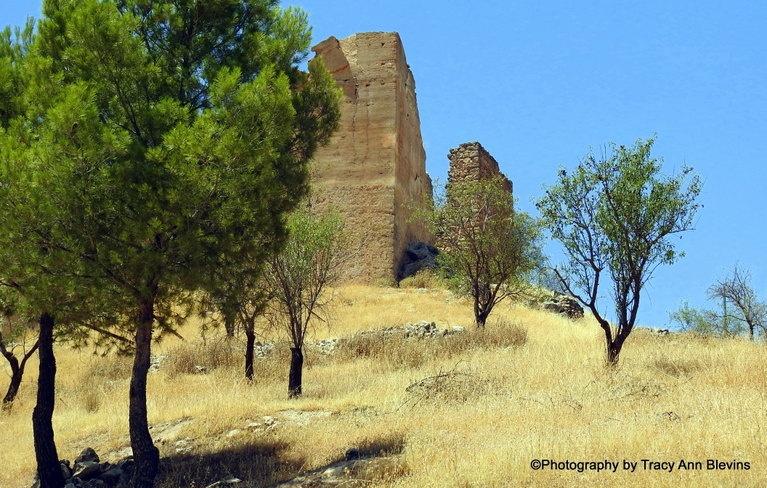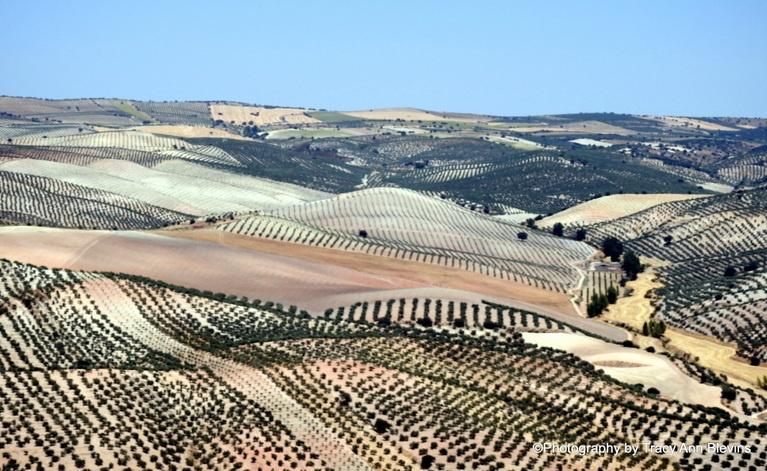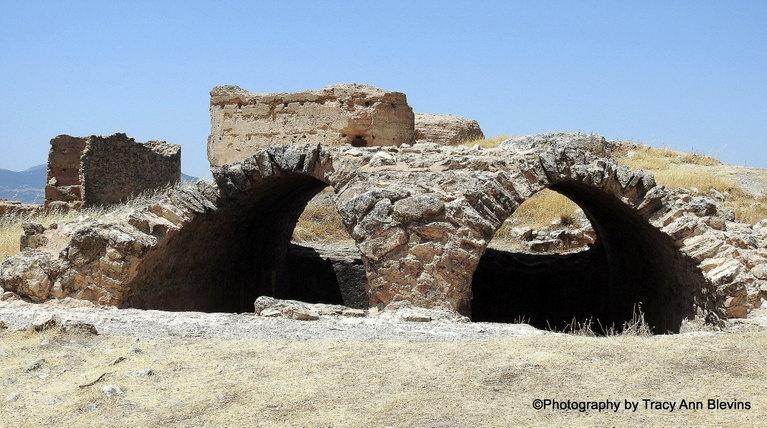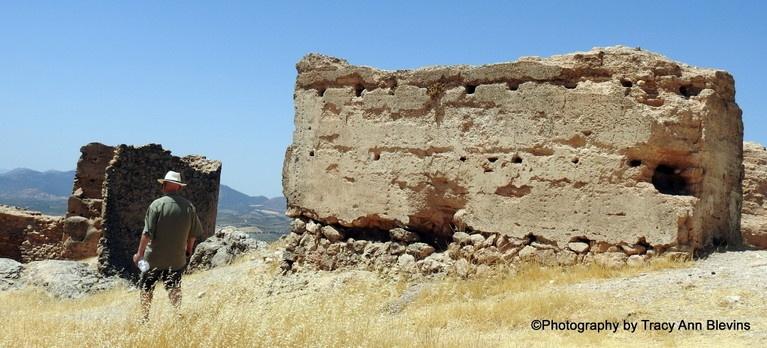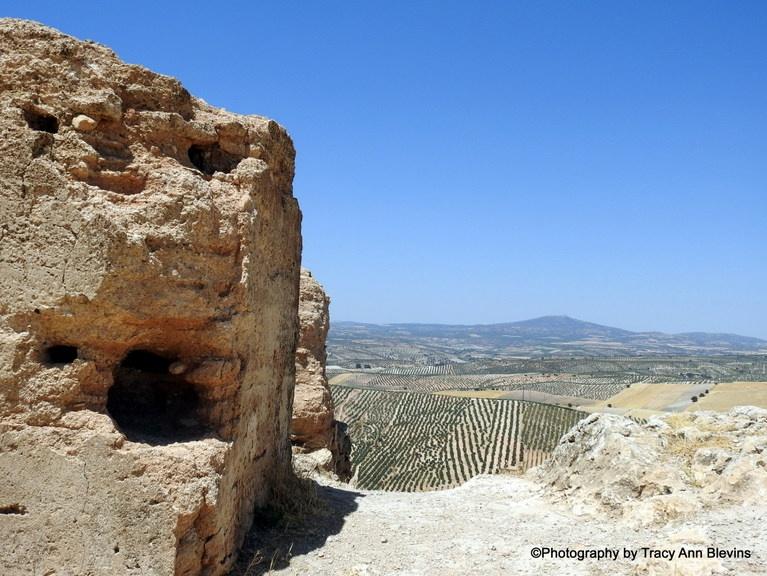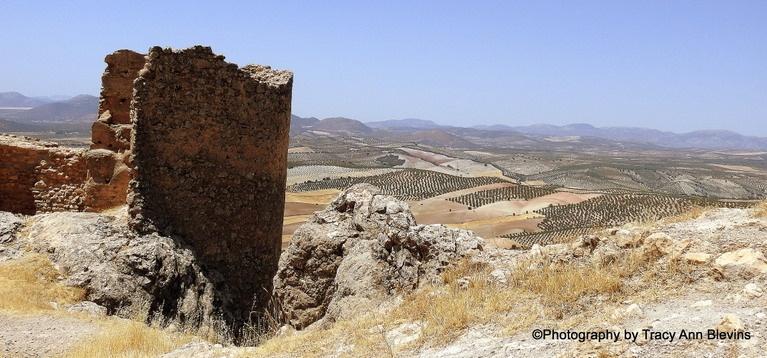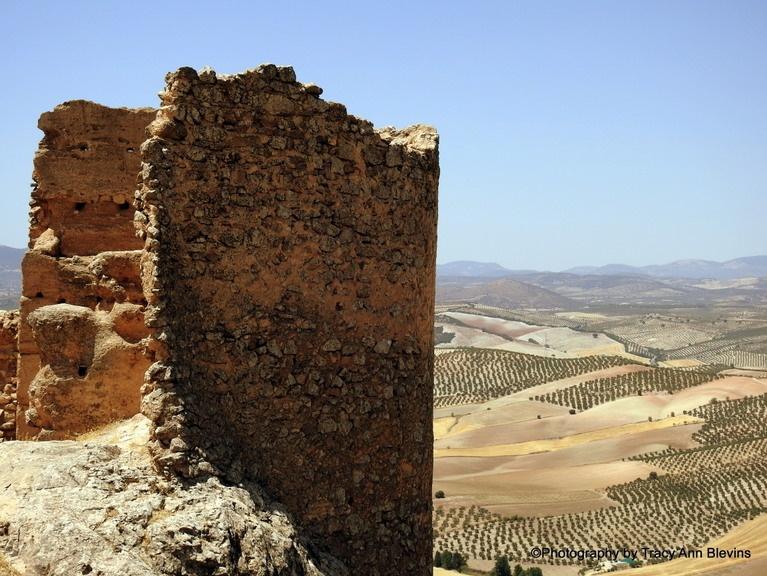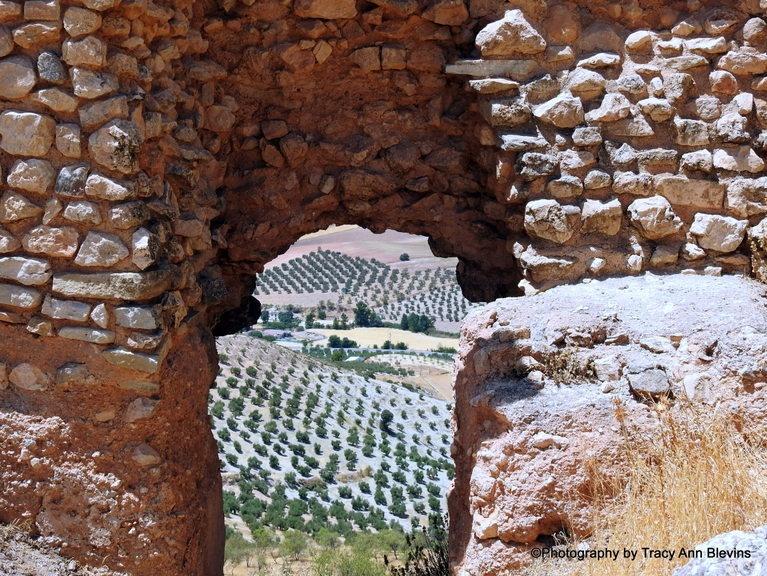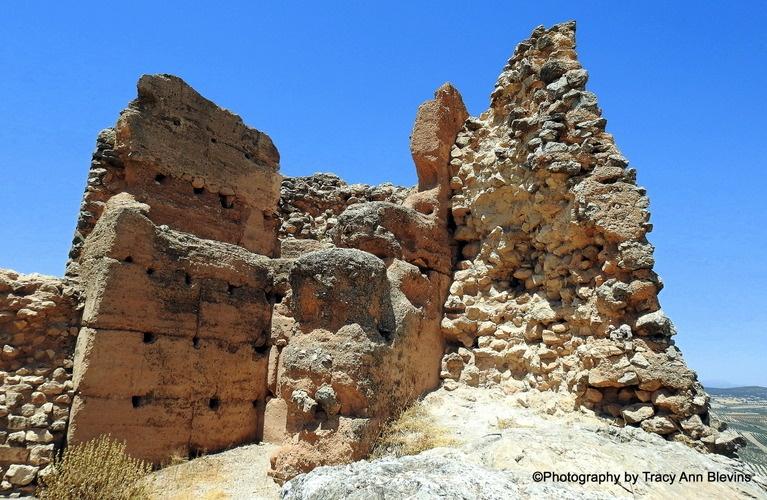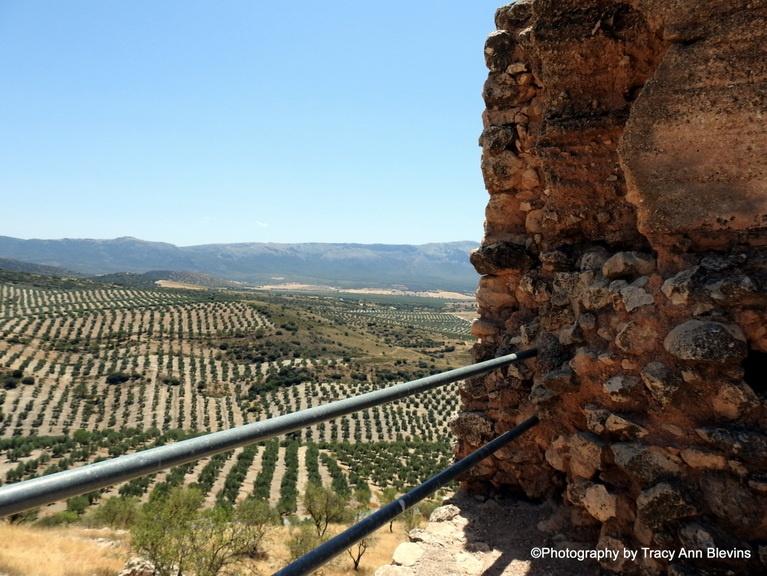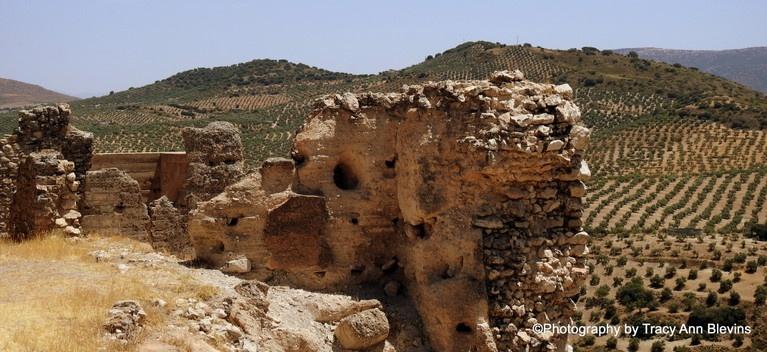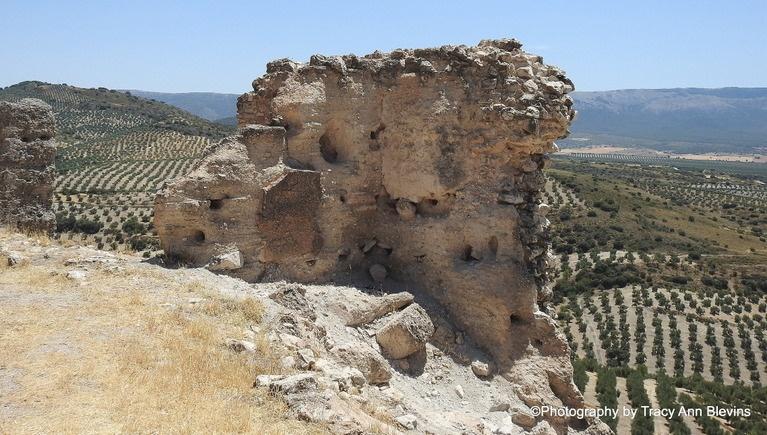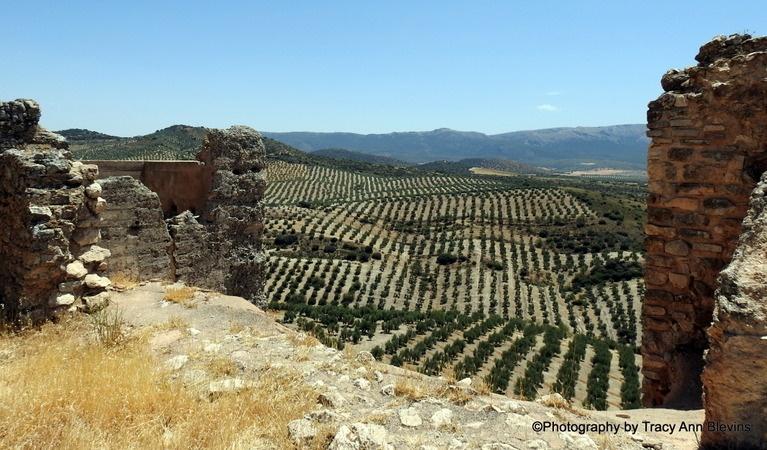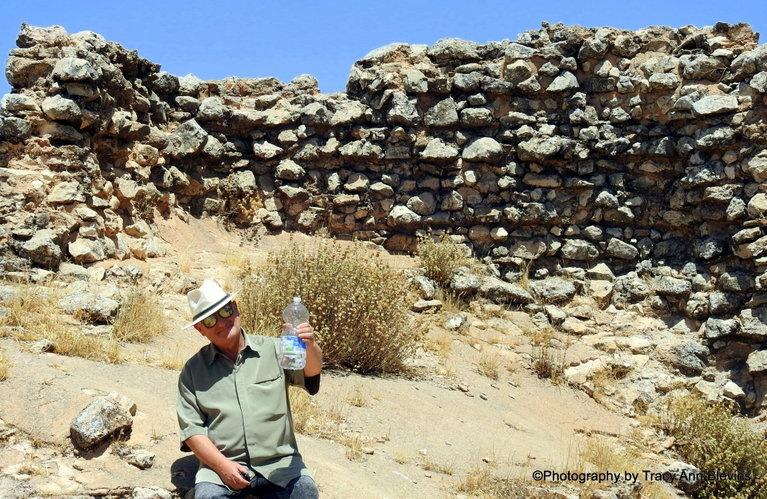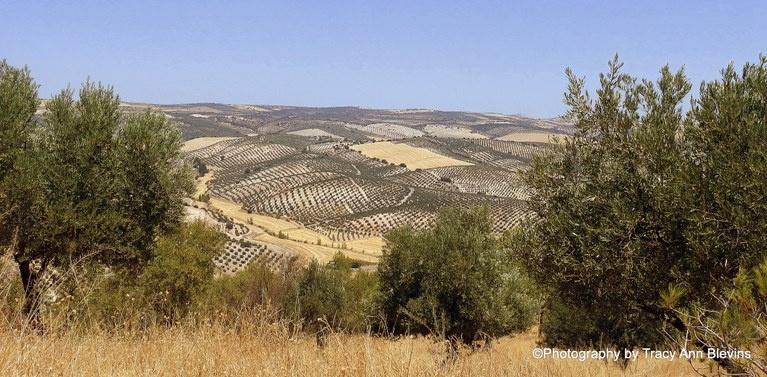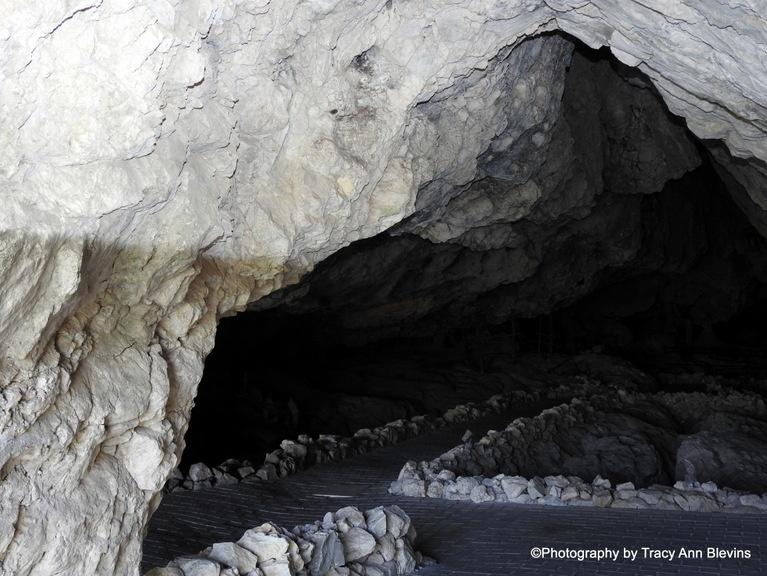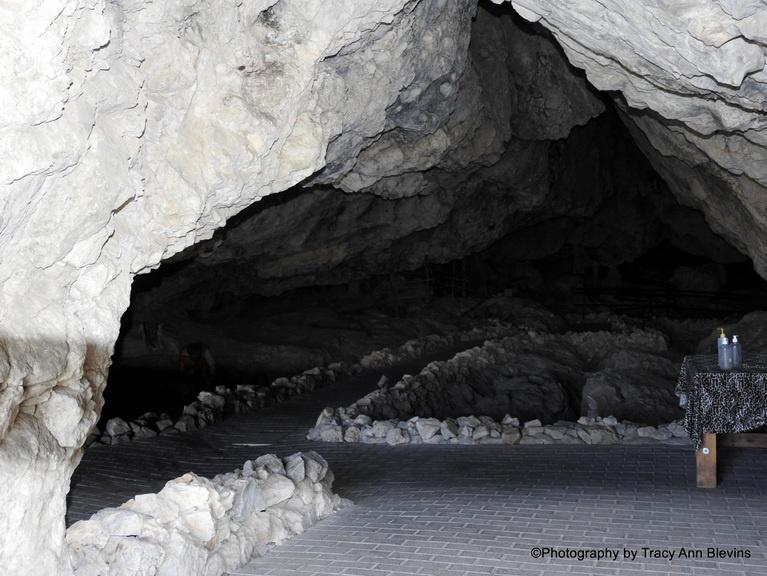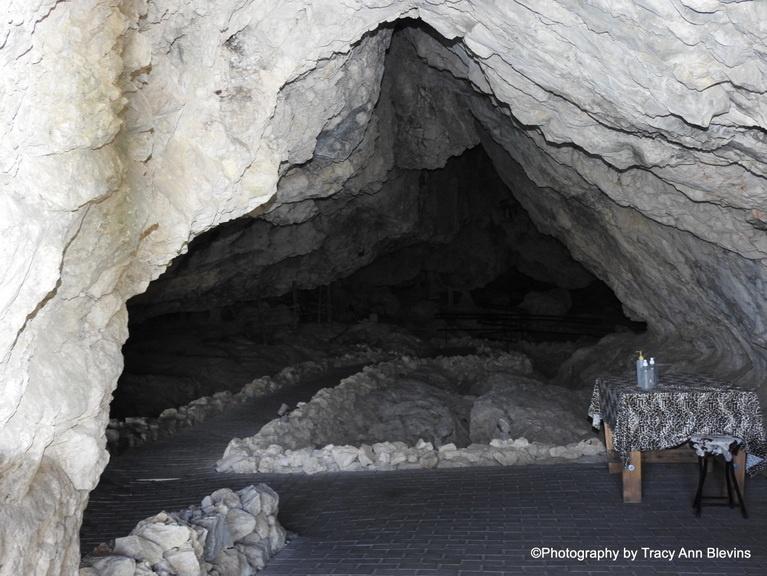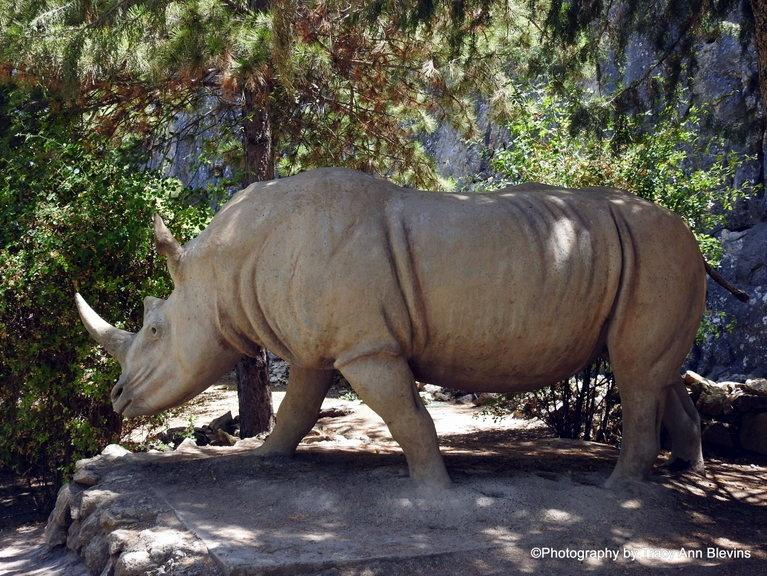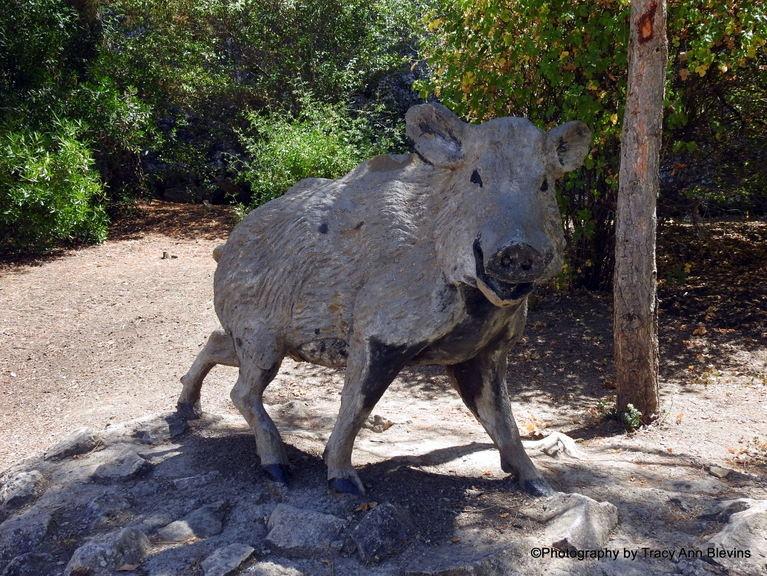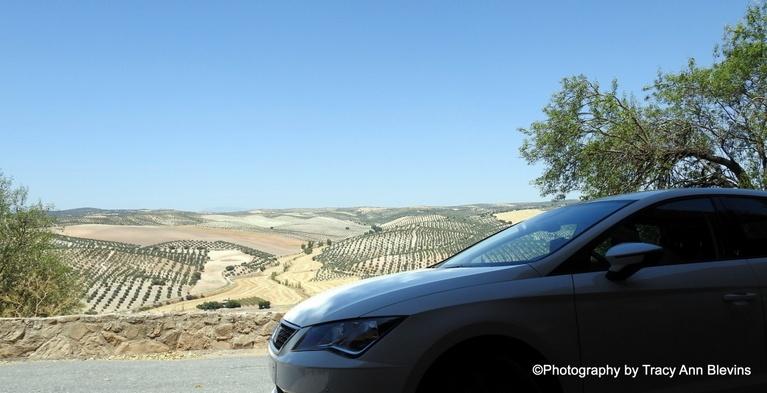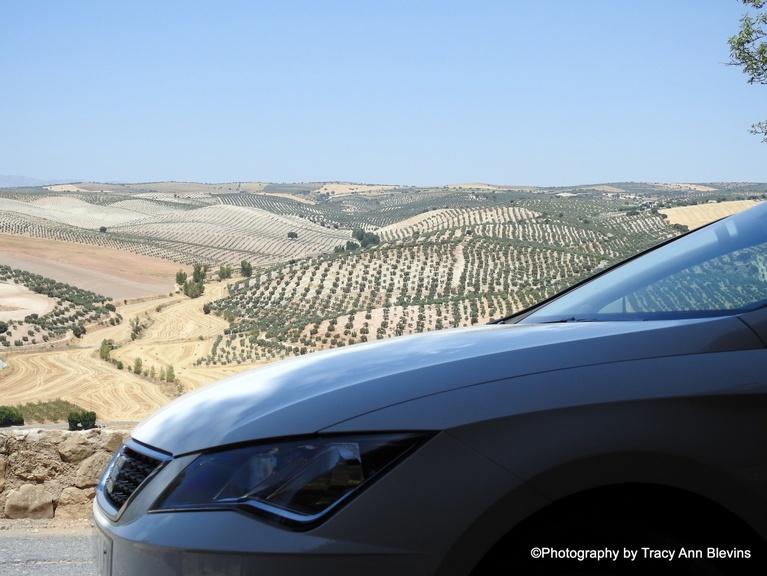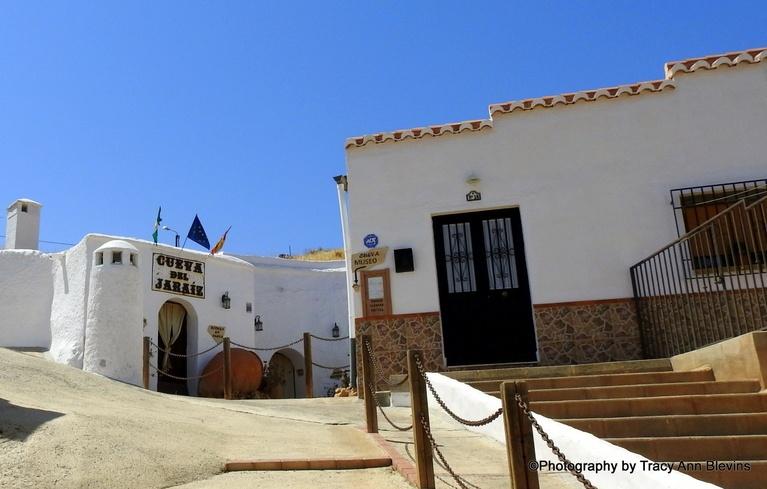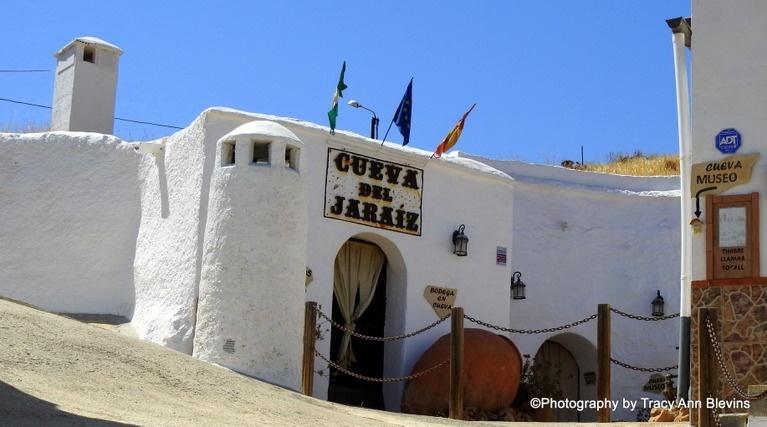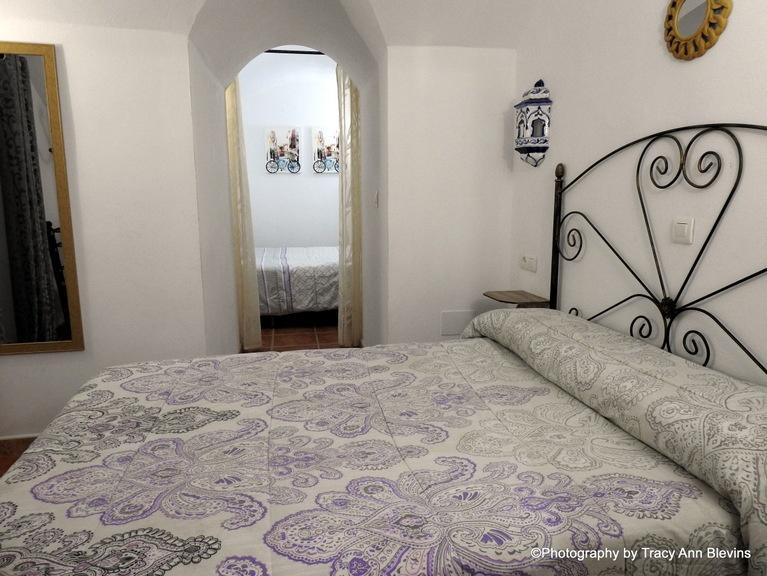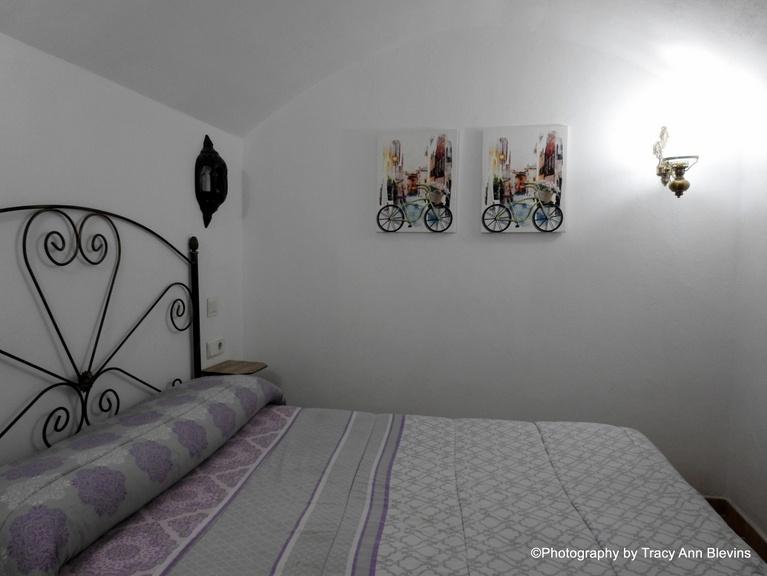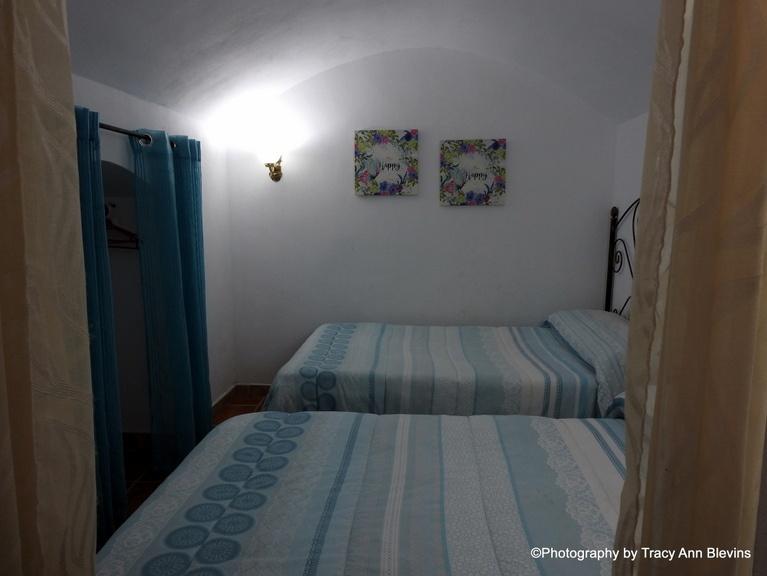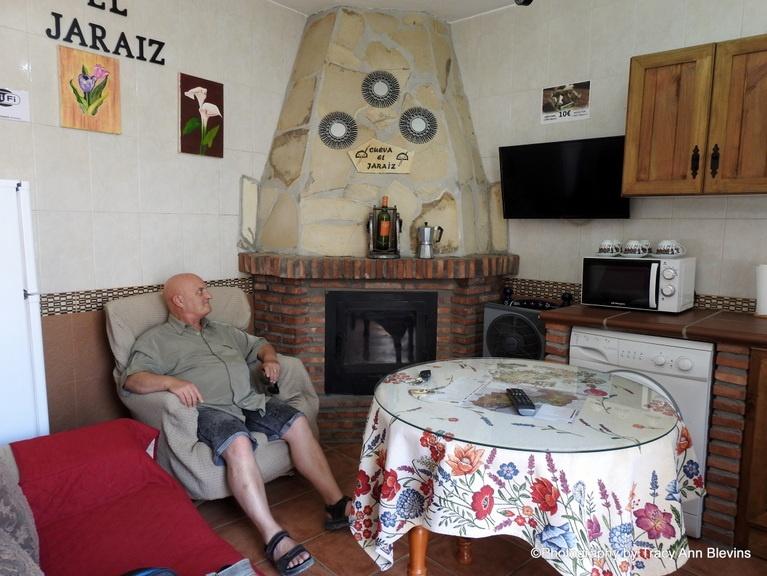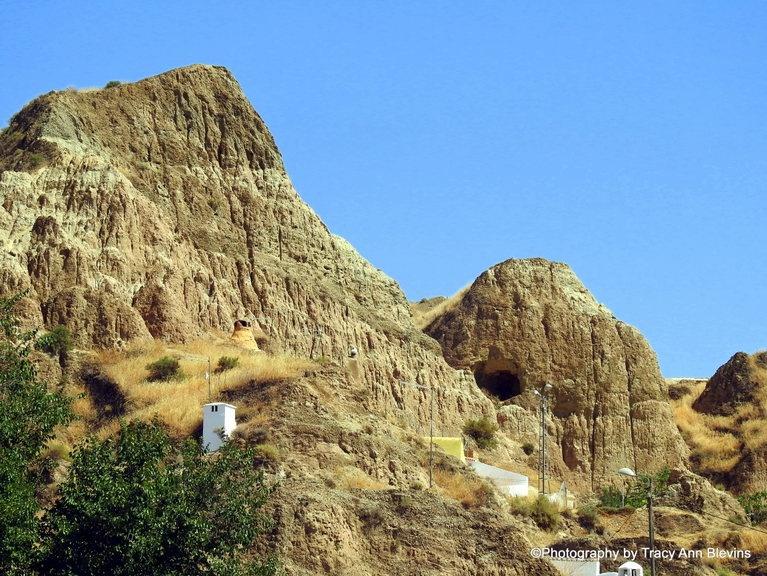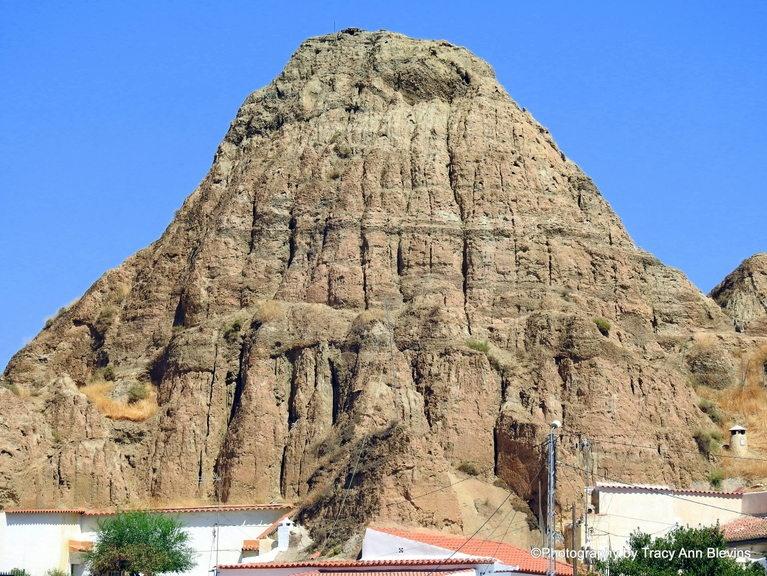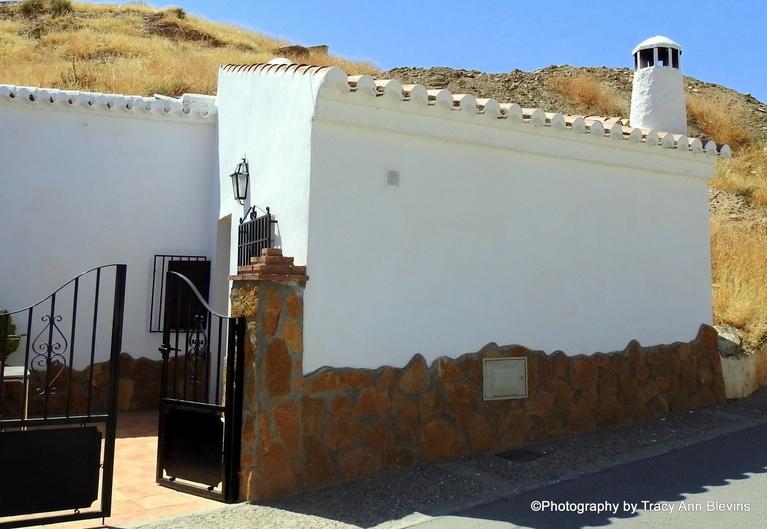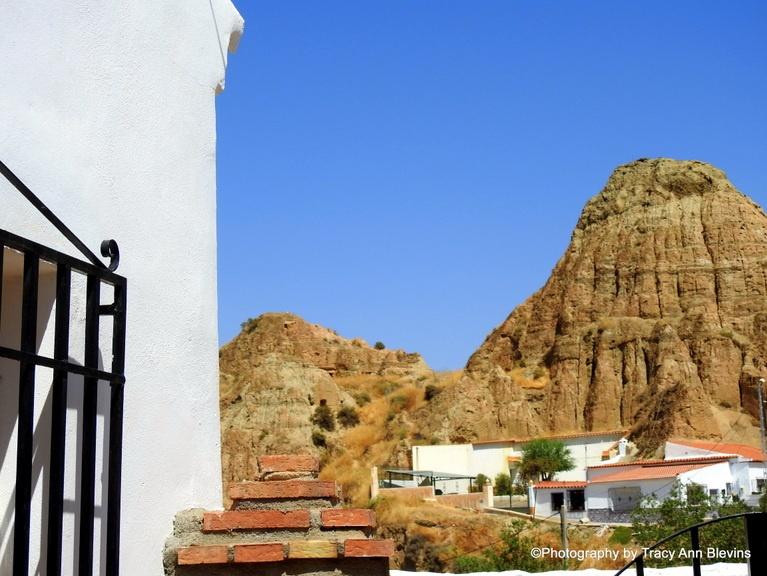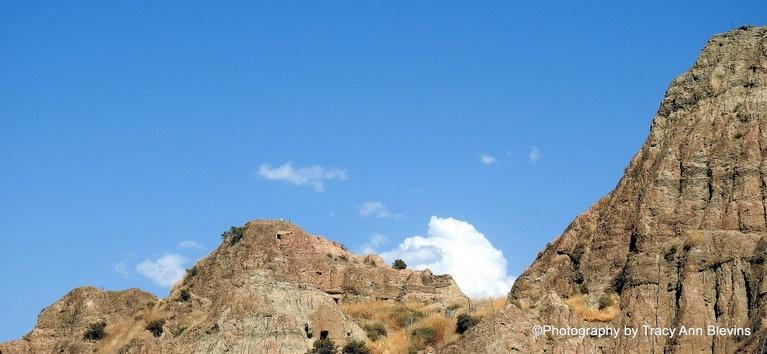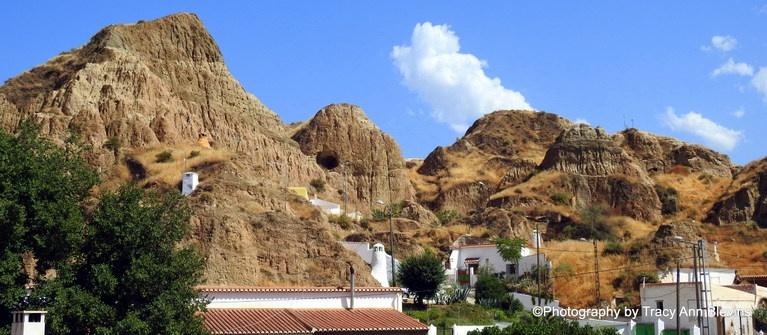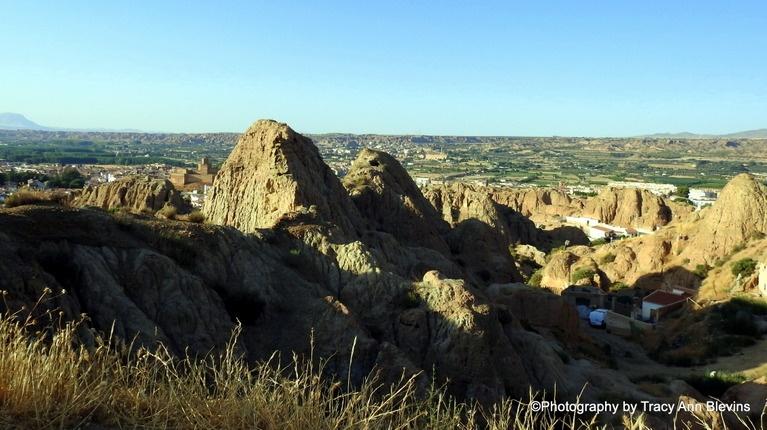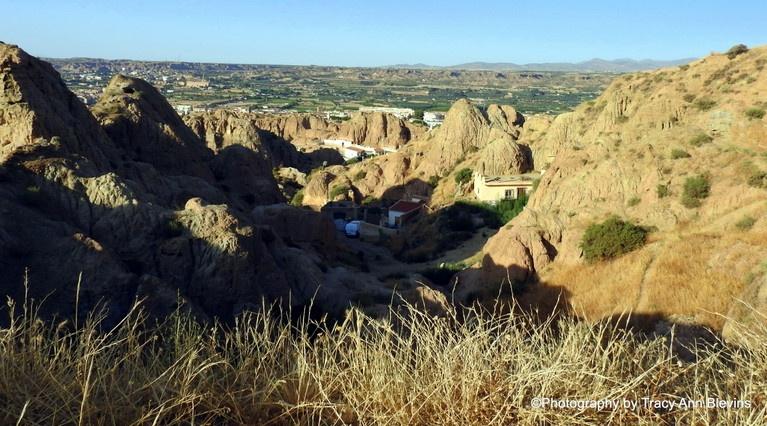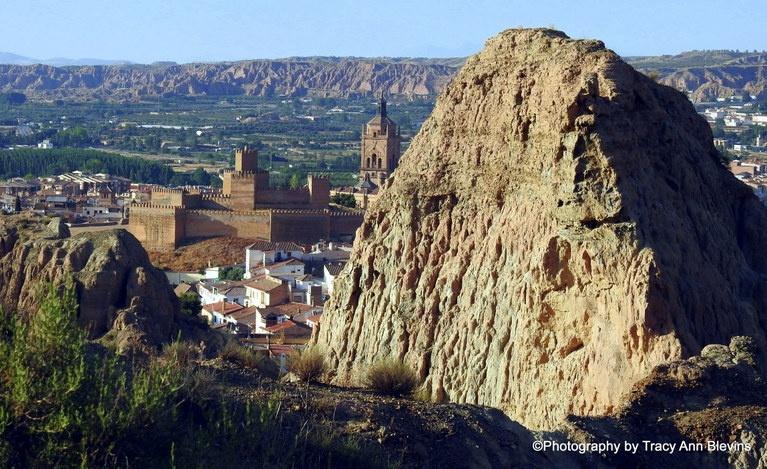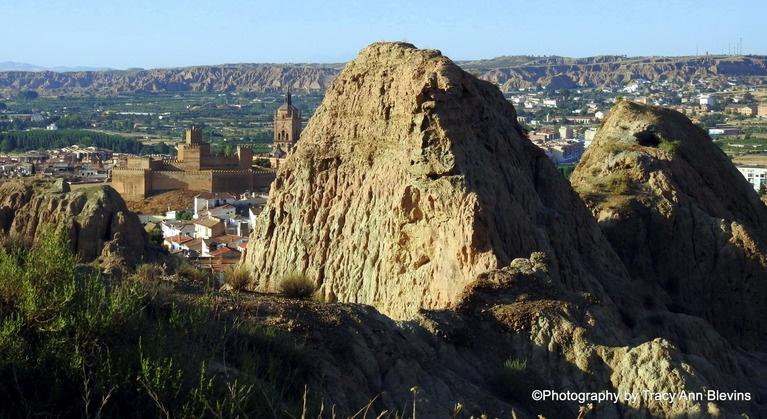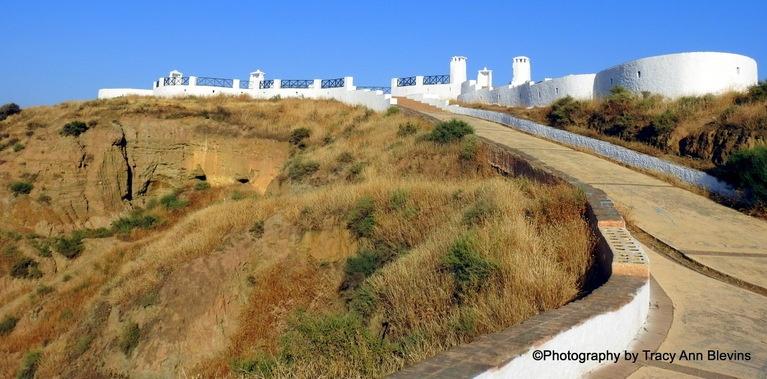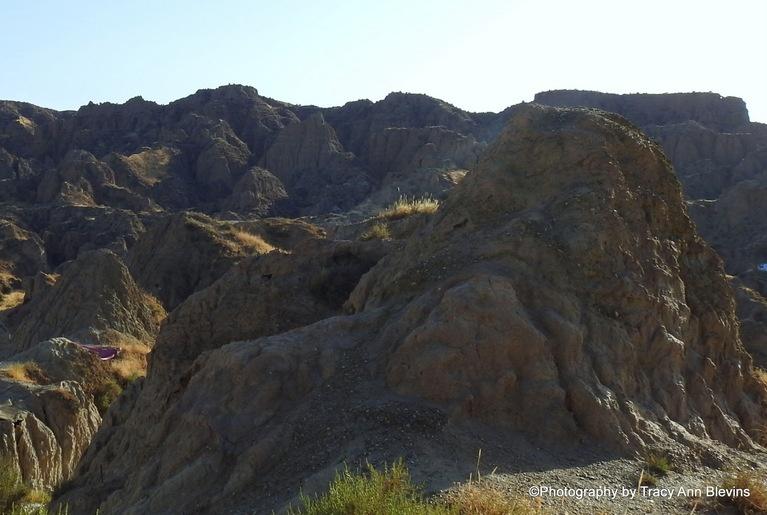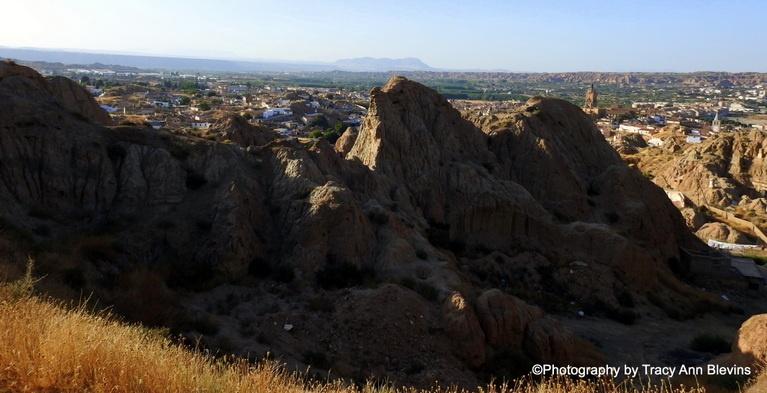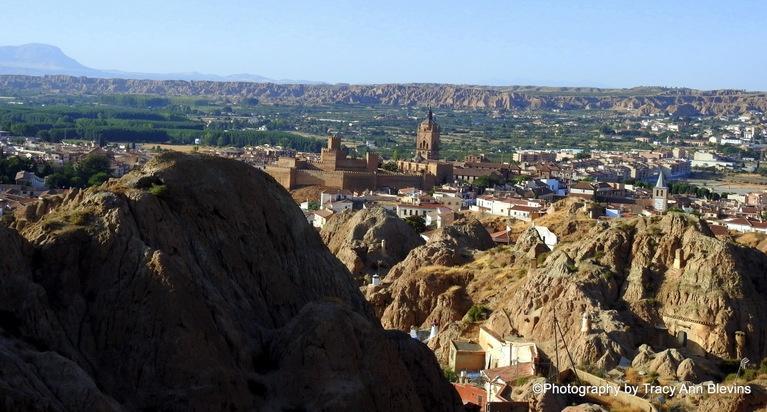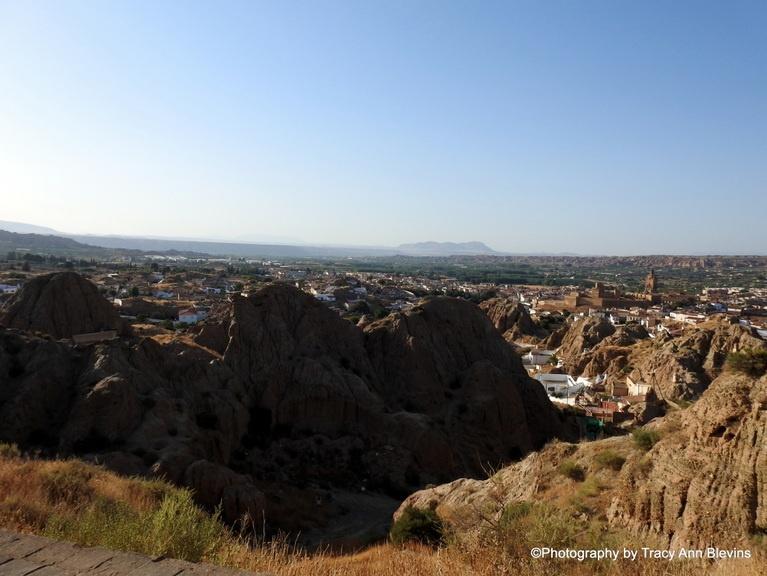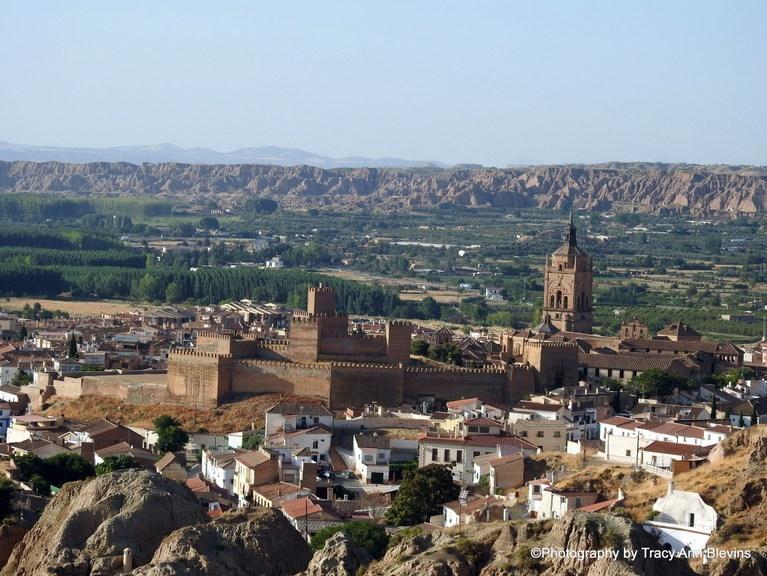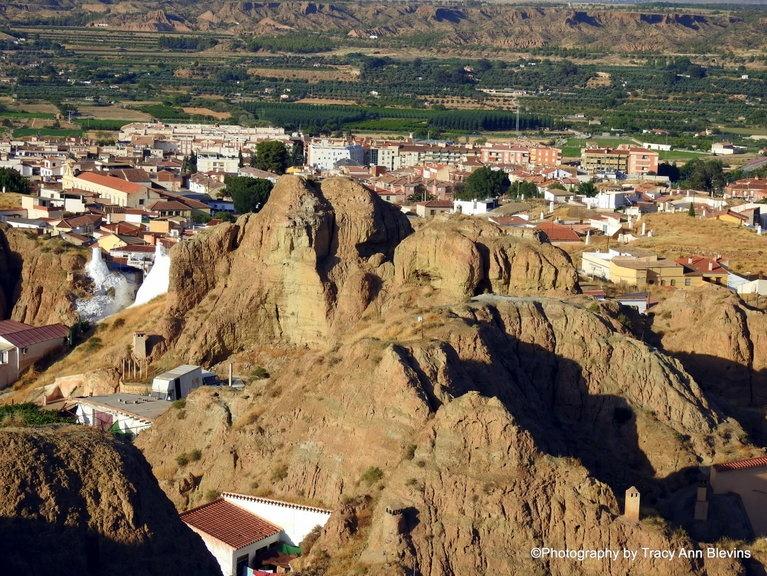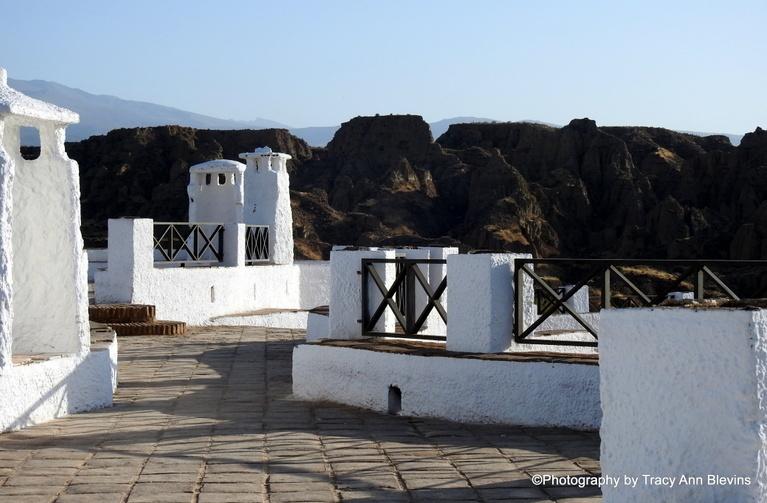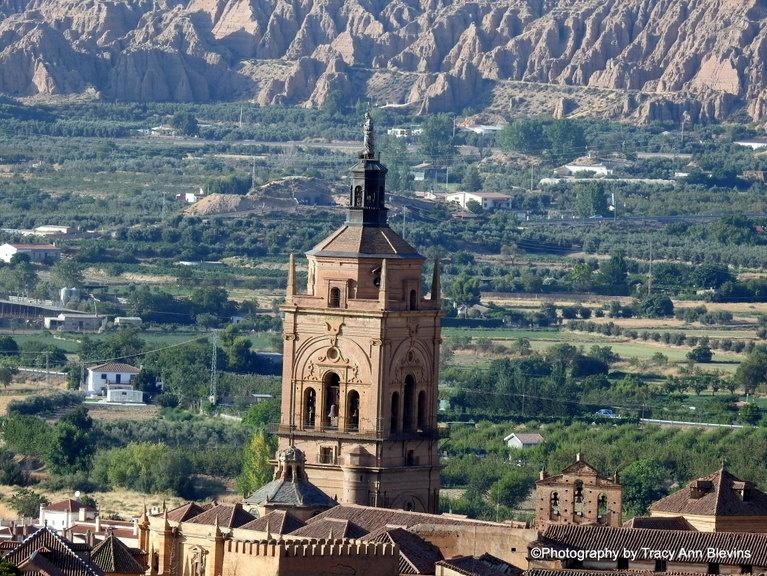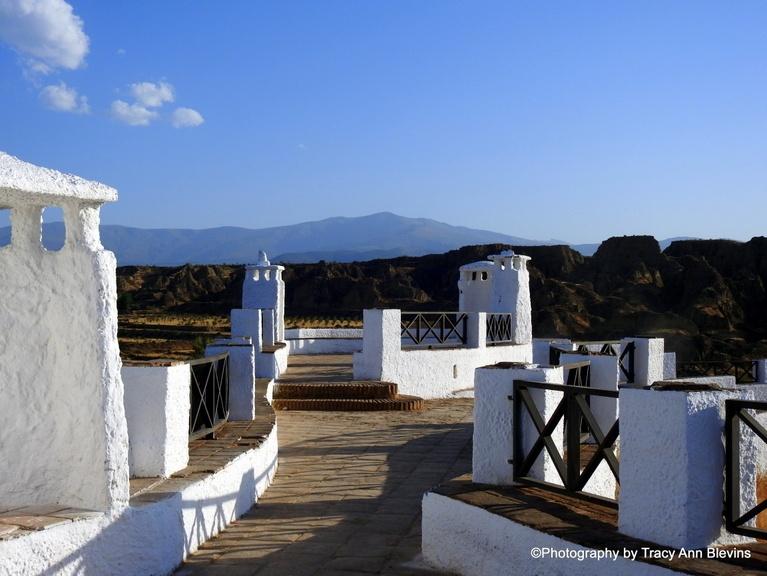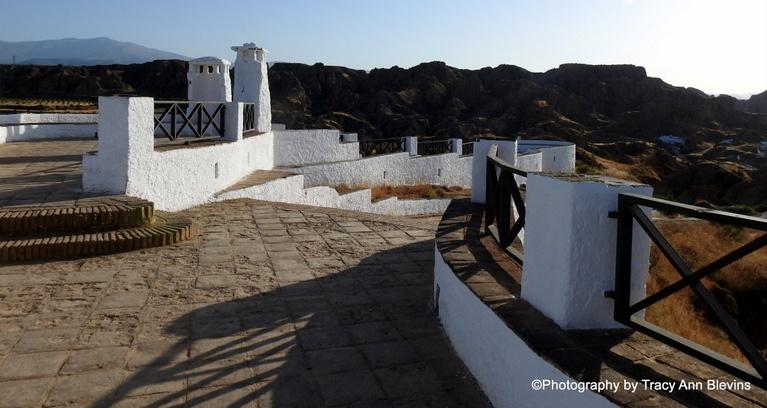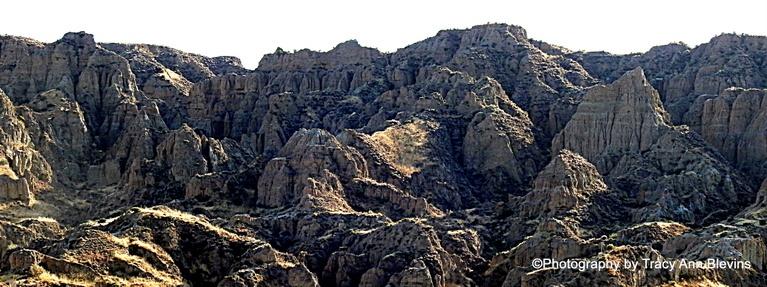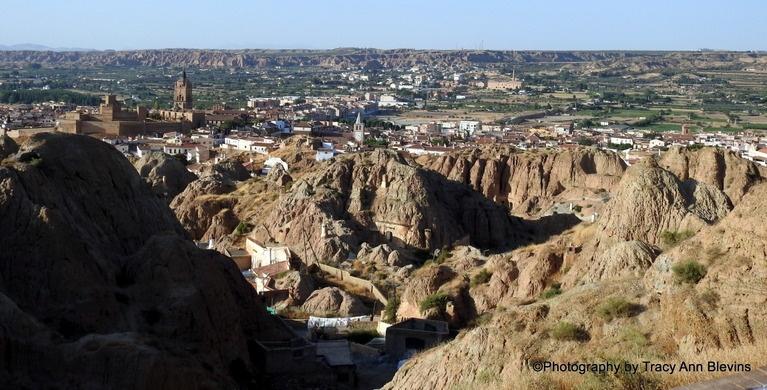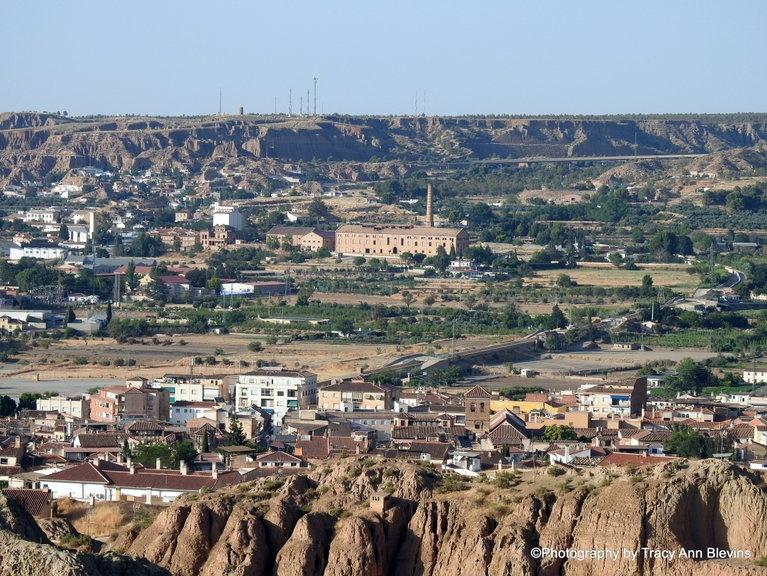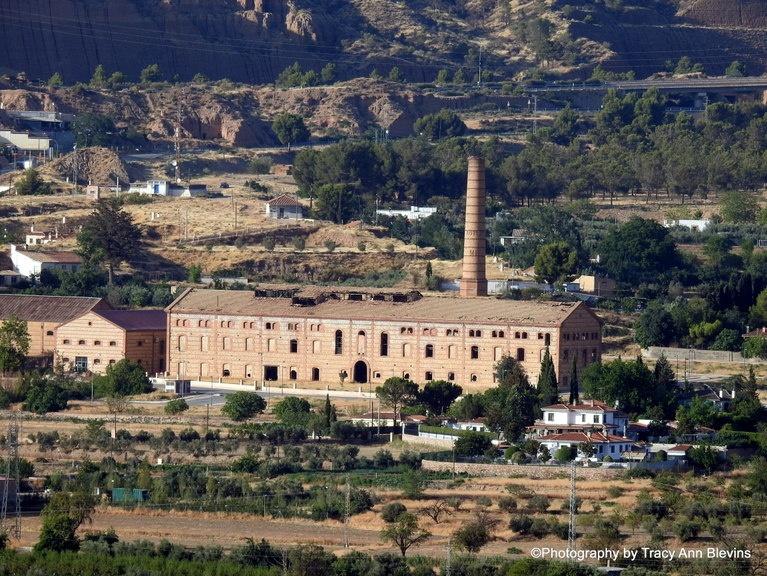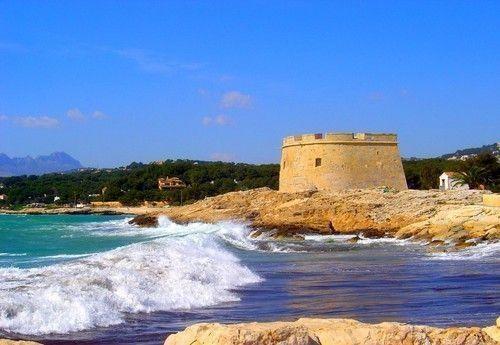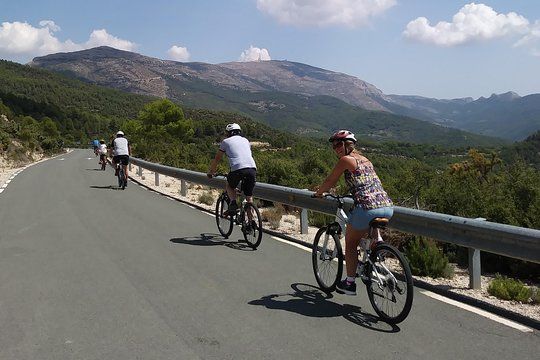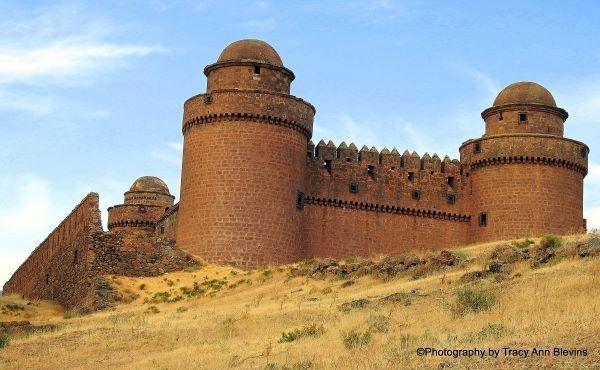
Spanish Road Trip 2022 - Index and Tips
Spanish Road Trip 2022 - When you live in Benidorm a question you often get asked is where do you go on holiday? Well, we enjoy discovering Spain and this will be our 4th road trip.
The idea of these road trips is to discover the real Spain, therefore, we always set the Sat Nav to avoid ALL Motorways and Toll Roads, by doing this you never quite know what you are going to come across and we have found so many wonderful surprises on our previous journeys.
Road Trip 2019, Spain, France and Andorra.
Road Trip 2020, Spain and Portugal
Only our first nights' accommodation is booked beforehand, after that, decisions are made on where the next stop will be, decided by price of accommodation and driving distance, one of the joys of this type of holiday is you are never sure where you will end up, which makes every day the start of a new holiday.
This year we travelled a total of 2299km and stayed in 10 different places. Murcia, Riopar, Jaen, Antequera, Guadex, El Ejido, Puerto Lumberas, Villafranca de Los Caballeros, Cuenca and Nogueruelas.
Total cost of 10 nights' accommodation - 554.05€
Additional car parking expenses - 32.00€
Total Diesel cost - in the region of 200€
Leaving Benidorm behind, where the temperature was a hot 32ºc we headed towards Murcia and the temperature began to steadily rise until reaching a whopping 46.5ºc, now it is hard to explain just how hot that feels but imagine stepping into a furnace, that just about sums it up, you can almost feel yourself sizzle.
Check this out.Travelling across country to our next destination, Riopar, we spotted a sign for a sanctuary which looked quite interesting, not knowing just how beautiful and well known this place was, we were surprised to find the wonderful (Sanctuary of the Virgin of Hope).
Check this out.Spanish Road Trip 2022 - Before leaving Riopar and heading to Jean we visited Riopars top tourist attraction.
Check this out.The original plan was to head to Seville which we love, but with it being known as the "Frying Pan of Europe" and the temperature in Jaen holding steady at around 38ºc, the thought of going to somewhere even hotter was not appealing, so plans were changed and we decided to visit Antequera.
Check this out.I have always wanted to stay in a cave house, and now was my chance as Guadix is a well know area for them.
Check this out.The initial plan was to head to the coast to try and escape the heat, unfortunately the price of accommodation anywhere near the coast had rocketed to well over 100€ per night, so plan B book somewhere near the coast with a swimming pool within driving distance of Almeria.
Check this out.With our original idea of following the coast road back to Benidorm well and truly out the window, due to lack of accommodation available at a reasonable price, we decided to head inland once again, even accommodation in Lorca was impossible to find so we headed to the nearest place available Puerto Lumbreras, situated just 14km away.
Check this out.Leaving behind our lovely hostal, which sadly was not available for a 2nd night we started our quite long journey to Villafranca de los Caballeros, for the 1st time in four years we were having to back track and drive on some of the same roads we had driven on in day 3, but you never tire of the scenery here in Spain as its constantly changing.
Check this out.It is now time to start heading back towards Benidorm, and we decided on Cuenca for our next overnight stop, having previously visited Cuenca during our 2019 road trip we enjoyed our stay although we booked accommodation in the wrong area, with more knowledge under our belts this year we wanted to spend some more time in this wonderful city.
Check this out.Our last night on this years road trip, and unfortunately once again we could not book the accommodation we really wanted in Montanejos, so had to book what was available in the nearby village of Nogueruelas about 30kms away.
Check this out.After another amazing Spanish Road trip its time to head home, but not before stopping off at one of our favourite places Montanejos.
Check this out.Let the journey begin....
*Note maps posted are just a guide, km quoted are the distances actually travelled.
Tips for a stress-free Road Trip
1. Make sure your car is fully serviced before you travel.
2. Make sure you and your car are correctly insured.
3. Update your sat nav or any other interactive maps you will be using.
4. Make sure you know the rules of the road, especially if driving in a different country.
5. Keep an eye on the fuel gage at all times and fill up, when necessary, you never know how far the next petrol station may be, even some that are pinpointed on the sat nav can be closed.
6. Make sure you have enough cash on you for your journey, not everywhere in Spain accepts credit cards, especially in the small towns and villages. But don’t keep all of it in one place and make sure it’s safe and hidden.
7. Be flexible. Have a rough route planned but be prepared to change direction if you cannot get last minute accommodation exactly where you want.
8. Drive during the daytime, obviously the whole idea of a road trip is to see as much of the countryside as possible.
9. Take regular breaks from driving.
10. To get the best out of your road trip, avoid motorways and toll roads. Most Sat Navs can be programmed for this.
11. Avoid unpaved roads unless you have a 4 x 4 or are a very competent driver.
12. Keep a close watch for any localised weather reports.
13. Make sure your mobile phone is always fully charged, you never know when you may need it, so carry one or two portable chargers for emergencies.
14. Take photos of informative signs when you enter a city/town. Keep these in handy in case you get lost and need to retrace your path.
15. Have a first aid kit handy in the car and always have a few bottles of water.
16. Learn some basic Spanish, we are far from fluent but always manage to get by but once we leave Benidorm hear very little English spoken for the rest of the journey.
17. Understand Spanish mealtimes. This caught us out for the first couple of years, when you live in Benidorm you take it for granted that you can eat any time of the day or night, this is just not the case in other towns, villages or even the main cities.
18. Most of all enjoy your Spanish Road Trip.
Join Benidorm Seriously on Facebook
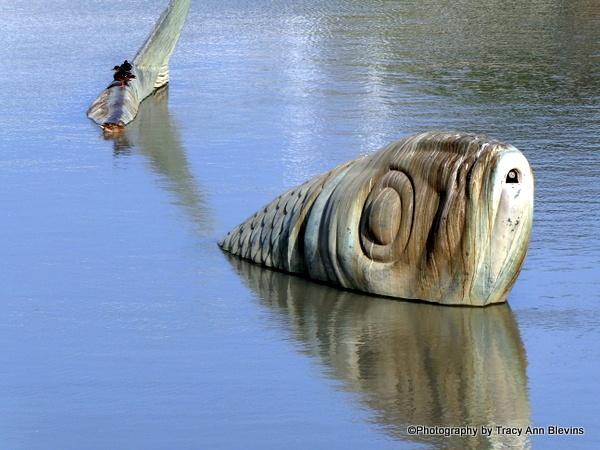
Spanish Road Trips- 2022 Day 1 Benidorm to Murcia
Spanish Road Trips 2022 - Day 1 - 25th July Benidorm to Murcia. Journey time 2hrs 30 mins 144km
Leaving Benidorm behind, where the temperature was a hot 32ºc we headed towards Murcia and the temperature began to steadily rise until reaching a whopping 46.5ºc, now it is hard to explain just how hot that feels but imagine stepping into a furnace, that just about sums it up, you can almost feel yourself sizzle.
Feeling peckish we stopped for a bite to eat at what must be one of the most expensive service stations in Spain (Cafestore), normally we enjoy the road side cafes and service stations as they are good value, but this was the exception to the rule, 2 cans of drink, one Russian salad, 1 tomato and cheese salad and 1 Flamenquín (which is an is an Andalusian dish made with slices of serrano jamon wrapped in pieces of pork loin, coated in batter, and deep-fried) which was served with a few potatoes cost 31€, in Benidorm we could have had a gourmet meal for that.
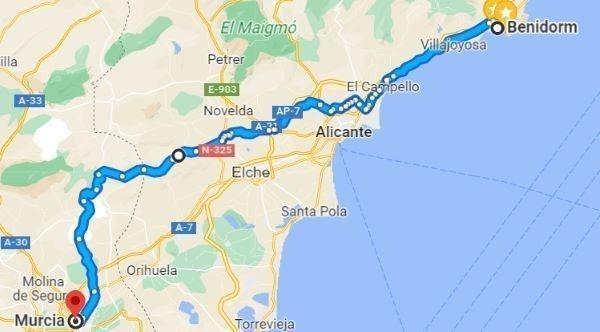
Murcia is a city situated in the South East of Spain and has been the capital and most populous city of the autonomous community in the Region of Murcia since 1833, the city itself dates back to 825AD Having lived in Benidorm for quite a few years and visited many places in this region, we have never actually visited the city itself.
The main things to see here seem to be the Cathedral de Santa Maria, the medieval bridge and the bull ring, although it was really too hot to wander around to much, we did manage to visit all of the above, but I am sure there is a lot more places to visit.
Venturing out in the evening, it was surprising how quiet everywhere was and even at 20.00, many places still seemed to be closed, we are not sure if this is normal or just that most sensible people choose not to venture out in the heat.
Cathedral de Santa Maria - Construction for this Baroque style cathedral began in 1394 over the remains of an old Arabic mosque. The construction of the tower was started in 1511 and continued until 1793, this is divided into five parts and stands 93 meters high and has twenty-five church bells all having their own names. The cathedral was declared a National Monument in in 1931.
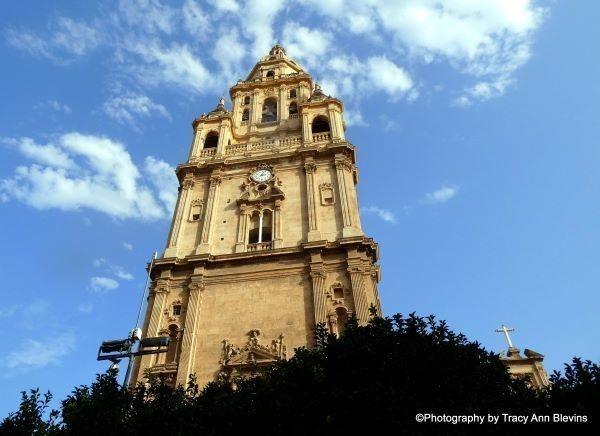
Los Peligros Medieval Bridge - The first stone laid for this bridge was in 1718, and this is an important part of the city and is still used by many even after construction of the new iron bridge, its a great spot to enjoy views of the city and the famous "La Sardina"
La Sardina
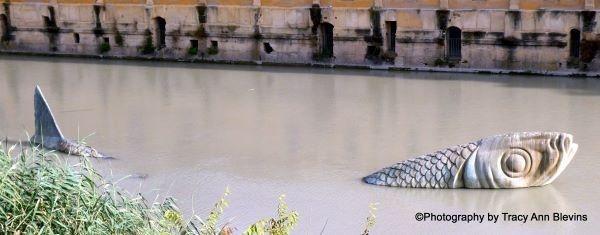
Accommodation - Pacoche Murcia 3 star, 57.34€ including breakfast for 2, parking was available at the hotel for 12.50€
This hotel was described as a modern hotel, and it did look that from the outside, but once inside I am not quite sure what they class as modern, but the room was far from that, although it did have all we needed for our one night stay, and most importantly good working air conditioning. The accommodation was situated 100 m from the Floridablanca Gardens and Just 5 minutes’ walk from the city’s old bridge over the River Segura and the Cathedral was about 10 minutes’ walk away, so a good location to see the local sights.
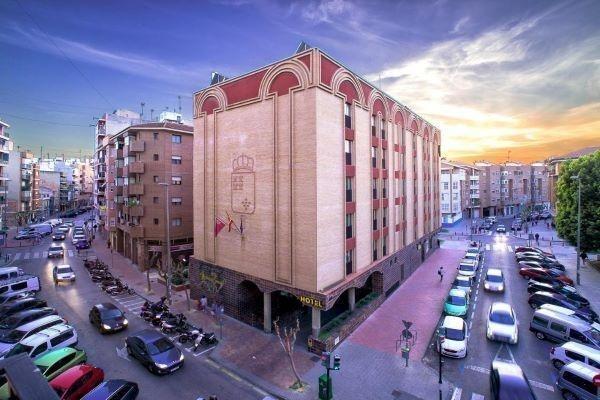
Back to the heat Murcia made Spanish news headlines for "topping the list for the hottest place in Spain on Monday 25th July, with official weather stations registered 46ºc, although some official recordings registered temperatures in excess of 50ºc, the rear windscreen wiper on our car warped in the heat.
Dereks' Input: Wow, what heat. To use a Northern Ireland expression. "Me shorts were sticking to the shucks of me arse"
Spanish Road Trip 2022
Additional Pictures Below
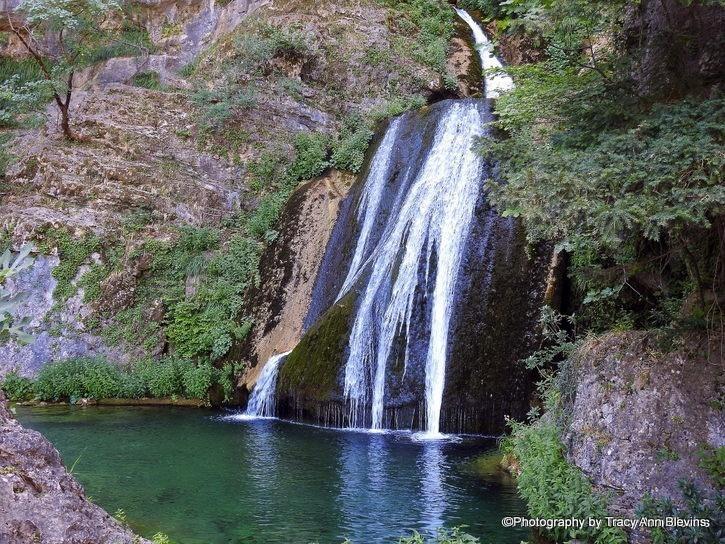
Spanish Road Trip 2022 - Day 3 Riopar to Jaen
Spanish Road Trip 2022 - Before leaving Riopar and heading to Jean we visited Riopars top tourist attraction.
Day 3, July 27th - Riopar, Mundo River
We visited the source of the Mundo River which was a pleasant, uphill walk through pretty forest paths, until reaching the waterfall, which at certain times of year "bursts" (El Chorro) in a spectacular jet, unfortunately for us at this time of year, water is scarce so the jet was nowhere to be seen, just the pretty waterfall.
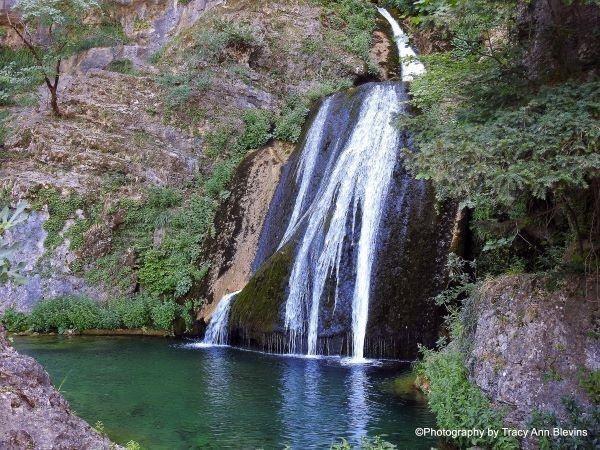
As much as we enjoyed our visit, this was slightly disappointing and not a patch on our own Algar Falls as there were no swimming areas, but it was quite busy and obviously a popular tourist attraction.
Would we visit again? No doubtful.
Day 3 Journey from Riopar to Jaén - 189km
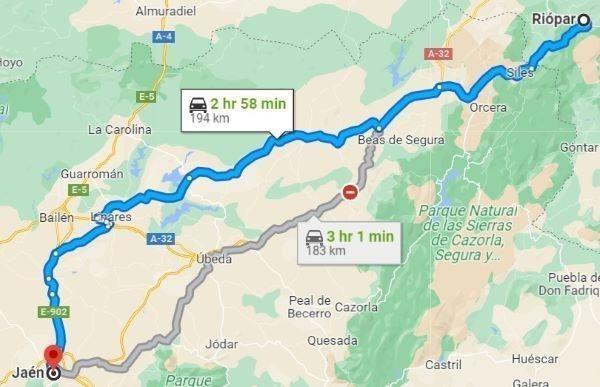
A very pleasant journey across mountains and through acres and acres of olive groves.
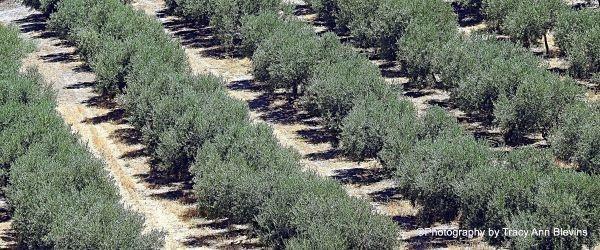
We stopped for lunch in a lovely town called Baeza, enjoying some of their traditional tapas, and this town certainly looked a good place to stay on another road trip.
Jaén - this is the urban capital city of the province of Jaén, in the autonomous community of Andalusia. The city is also known as the World Capital of Olive Oil, because it is the biggest producer of the oil, known by locals as liquid gold.
To be honest there did not seem to be a great deal here other than the famous cathedral which is considered one of the most important Renaissance-style cathedrals in Spain. Construction began in 1570 and was completed in 1802, due to the lengthy construction, different artistic styles could be see, the most prominent being Renaissance, the cathedral is listed as a World Heritage Site by UNESCO.
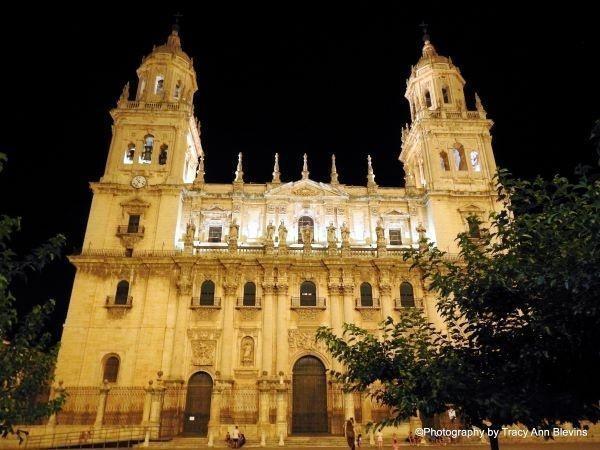
We were lucky enough to have a small square right outside our hotel, and we enjoyed some time soaking up the atmosphere and listing to the live music provided, no idea what they were singing, but the crowd seemed to be enjoying it.
There were plenty of steep, narrow streets, in the historical centre, which made finding our accommodation slightly stressful.
Night 3 accommodation - Hotel Xauen, 3 Star, 75.00€ including breakfast, parking could be organised by the hotel but we found a nearby car park which cost 17.25€ and was easier than trying to find the hotel car park.
The hotel was situated in Jaén's historic and commercial centre, the added bonus was the rooftop sun terrace with loungers, and panoramic views of the cathedral, old town and mountains, unfortunately during our stay this was never staffed.
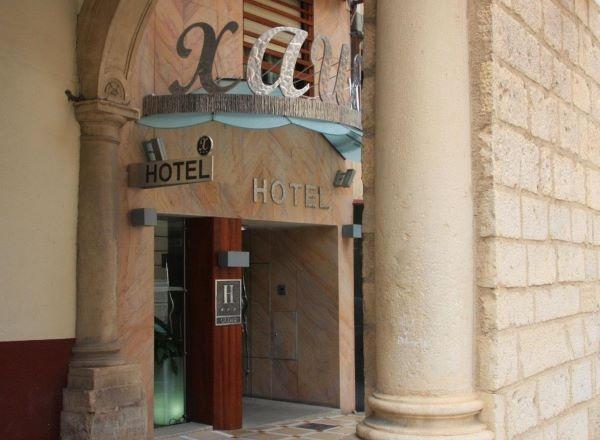
The hotel was in a good location with the cathedral just 300m away and quite a few bars and restaurants nearby.
Unfortunately this was one of our more expensive overnight stays and although the hotel looked great upon arrival, the air conditioning unit did not work properly and I was up and down all night trying to get it to stay on, but on the plus with it being my birthday they did upgrade us to a room with a king size bed. The plumbing also seemed to have some problems with a nasty smell every time the toilet was flushed.
Would we stay here again? probably not.
Additional Pictures Below

Spanish Road Trip 2022 - Day 4 Jaen to Antequera
Spanish Road Trip 2022 Day 4, July 28th - Jaen to Antequera, 153km
The original plan was to head to Seville which we love, but with it being known as the "Frying Pan of Europe" and the temperature in Jaen holding steady at around 38ºc, the thought of going to somewhere even hotter was not appealing, so plans were changed and we decided to visit Antequera.
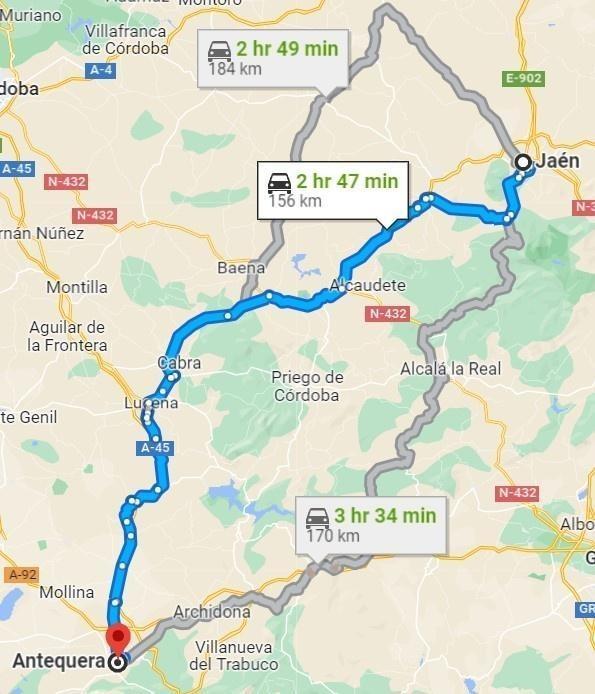
On our journey we found the wonderful town of Iznájar (Cordoba) with its Moorish Castle and Church which sit high above the reservoir (Embalse de Iznájar) which is the largest reservoir in the whole of Andalucía. Entrance into the castle was only 1€ and it was well worth the visit for the views alone.
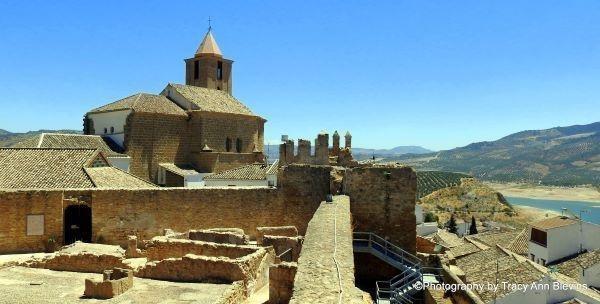
The village itself is situated on top of a huge rocky outcrop 539 metres above sea level. The whole village was very picturesque with many colourful courtyards to explore and we found a wonderful cafe, 1 coke, 1 water and 2 tapas was only 3€, one tip on a road trip is always eat where the locals do.
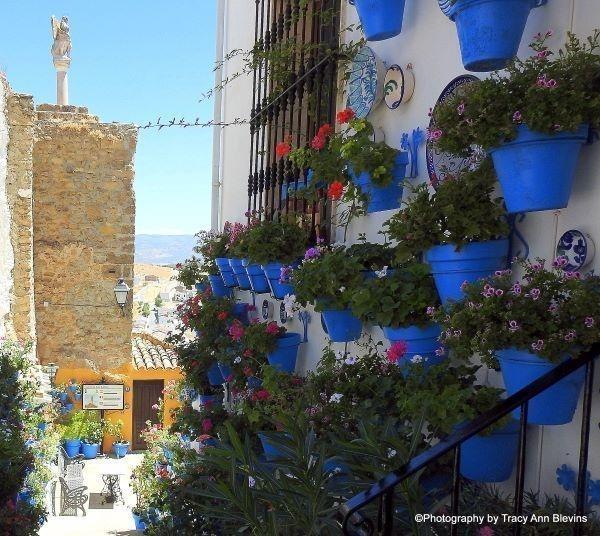
Antequera (anteˈkeɾa) is a city and municipality located in the north of the province of Málaga, part of the Spanish autonomous community of Andalusia, and is known as "the heart of Andalusia" (el corazón de Andalucía) because of its central location to Málaga.
There is a lot to see here, but obviously with only one day here we just enjoyed our time in the town itself.
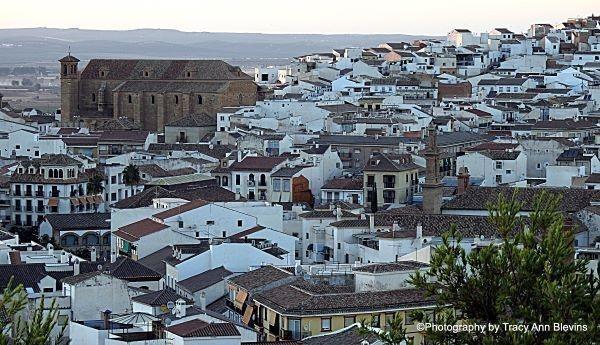
As with most places in Spain (Benidorm being the exception to the rule) it can be difficult to find places to eat when you are hungry, most restaurants do not even open until 21.00, but we did find a nice little restaurant a short walk from the hotel to enjoy an evening meal.
As it was cooling down slightly it was the perfect time to have a walk round the town and enjoy the cobbled streets which wound their way up to the castle, (Alcazaba of Antequera) which is a restored Moorish fortress, constructed over Roman ruins in the 14th century.
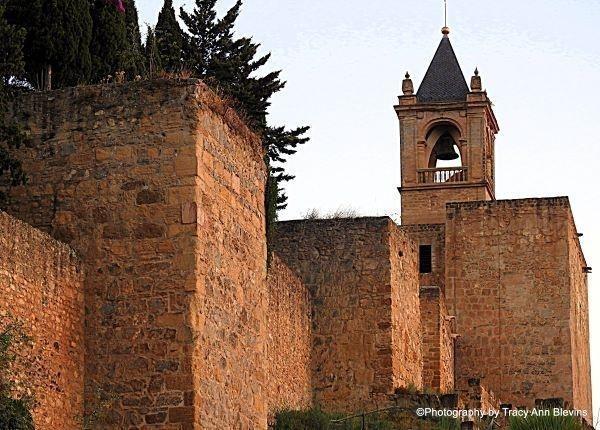
Arco de los Gigantes - The Arco de los Gigantes (arch of the giants), is situated at the entrance to the Alcazaba, and near the Royal Collegiate Church of Santa María la Mayor in Plaza Escritores beneath the fort. The Arco was built in the late 16th century to replace a Moorish gate. The Arch has a two meter thick wall, and is seven meters in height
Church of San Sebastian - Building on the church began in the mid 16th century, and it was not completed until the 18th century, resulting in a combination of artistic styles.
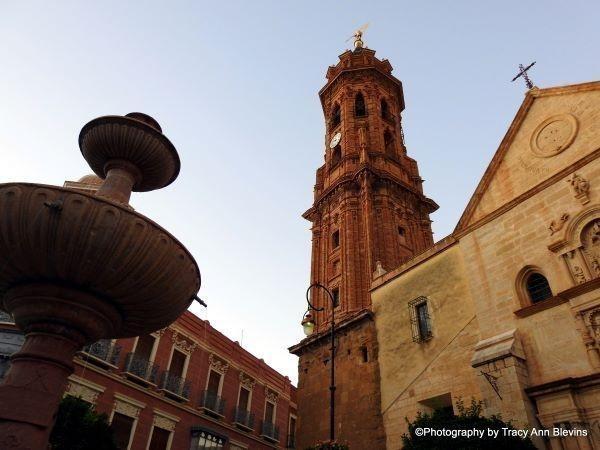
Night 4 - Accommodation Coso Viejo, 3 star, 41.40€
The Coso Viejo hotel was a typical 18th-century Andalusian house, situated in the historic centre of Antequera, situated opposite one of the town's squares with bars and restaurants nearby.
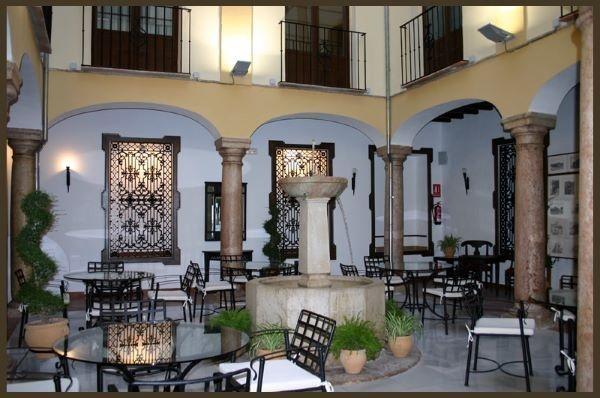
The hotel did offer parking at an additional cost, but we were lucky to find a parking space right outside.
The room was quite small and the furniture old fashioned, but that did fit in with the house itself and we had a pleasant stay.
Breakfast was not included but we found a wonderful coffee shop for our morning Tostada con Tomate, orange juice and coffee.
Would we stay here again? Yes if in the area.
Additional Images Below
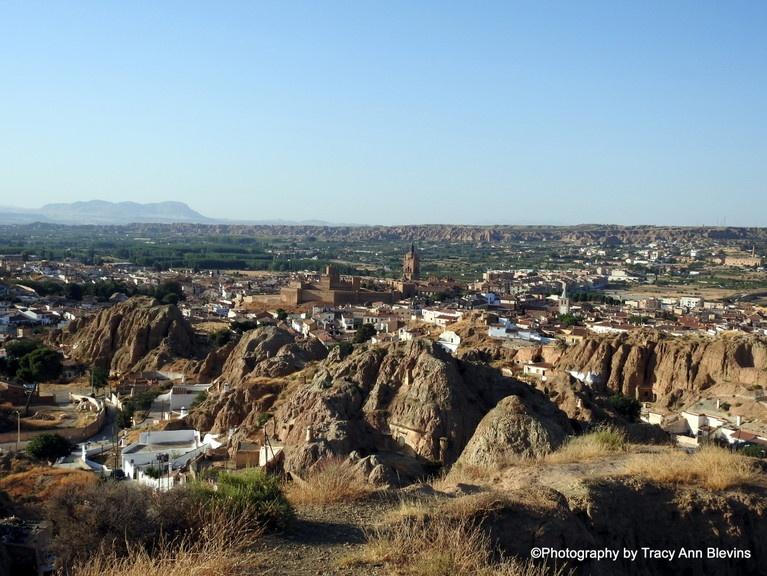
Spanish Road Trip 2022 - Day 5 Antequera to Guadix
Spanish Road Trip Day 5 29th July - Antequera to Guadix 236km
I have always wanted to stay in a cave house, and now was my chance as Guadix is a well know area for them.
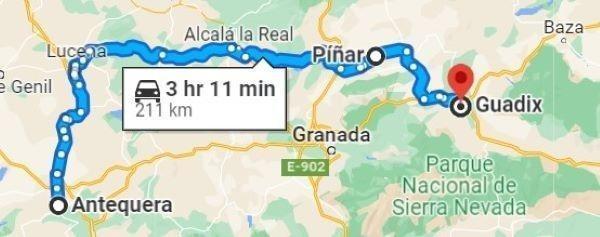
On our journey from Antequera we spotted a sign for Pinar Castle and Caves, the only problem with these signs is it never states how far away they are, they could be just round the corner, or in this instance over 50km off our route, but that is just part of the enjoyment of our road trip, the never quite knowing what you will discover along the way, and this was worth the detour, even though the cueva de las Ventanas were closed.
Moorish Castle of Píñar (Granada) - Situated just outside the town of Pinar, through many twisting and narrow streets, 1121 meters above sea level on a limestone outcrop sits the remains of this once imposing castle, from the Nasrid period (XIII-XV centuries) which was declared an Asset of Cultural Interest in 1931.
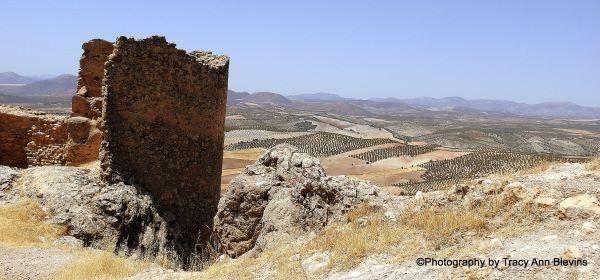
Compared to some places we have visited, access was quite easy, as the first section was a track suitable for vehicles, which led us to a parking lot at the base of the fortress, from there the climb to the interior of the castle was done on foot along a dirt track, not easy when it was 38ºc, but as we were the only people there it was well worth the effort for the peace and quiet and amazing views.
Guadix - The name Guadix itself from the Arabic Wadi Ash, which means ‘river of life’.
Barrio de Santiago or Barrio de las Cuevas is situated in the province of Granada and is one of the oldest know human settlements in Spain, this area is famous for its troglodyte houses (cave houses) carved in the rocks. At present there are around 2000 caves, inhabited by around 3000 people, making it the largest cave complex in Europe, so crossing another item of my bucket list, staying in a cave house was looking very promising.
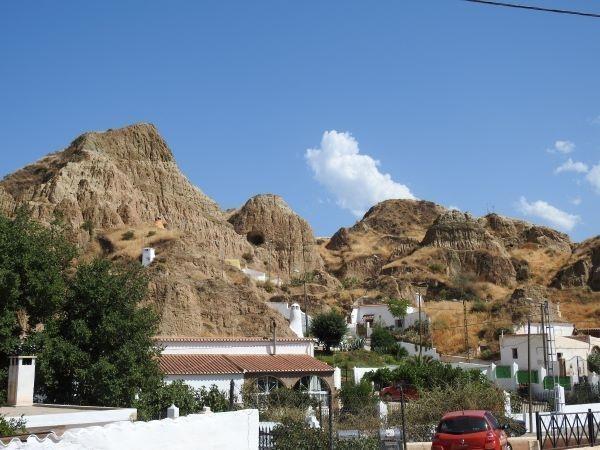
The reason there are many cave houses in this area is believed to be due to the taking of Granada by the Catholic Monarchs in 1492 when the Moors fled the city to the mountains, where they dug into the clay of the hills, building the cave houses, many of which can be seen today.
Spanish Road Trip
The best views of the area are from the Mirador Cerro de la Bala.
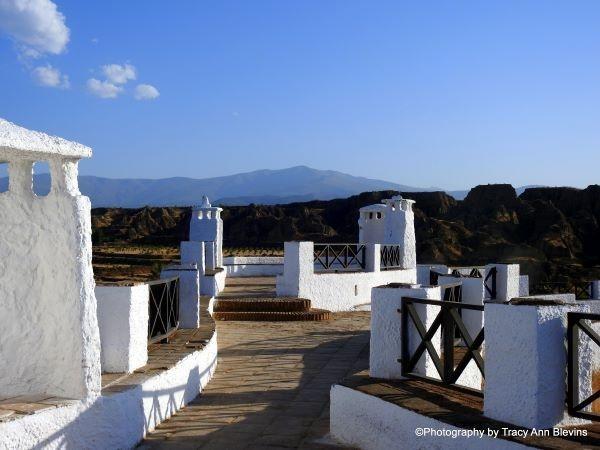
The town of Guadix sits at an altitude of 913 metres, a high plain at the northern foothills of the Sierra Nevada and was once famous for its cutlery, but today is more well known for its earthenware, hemp goods, and hats.
The main sights to see in the town itself are the Guadix Cathedral (16th-18th centuries), which was built over a Moorish mosque in Gothic-Renaissance style, with its in Baroque style, and the Alcazaba, a Moorish fortress commanding the town, but after a lot of driving and the heat we just fancied a quiet night, and for a change opted for a kebab whilst it was available.
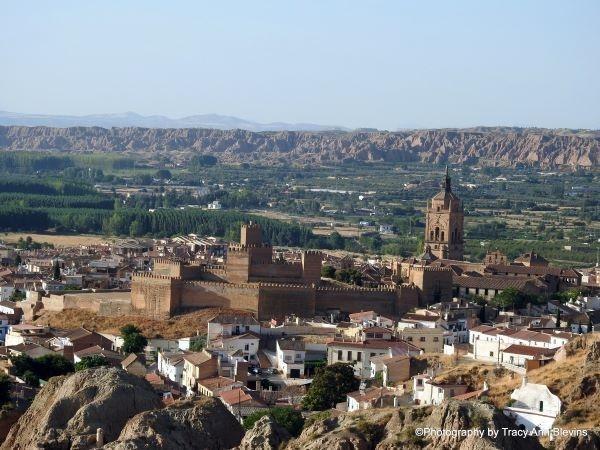
The town itself was very busy and seemed a popular location, and one we may return to on a future road trip.
Night 5 - Cueva El Jaraiz, 3 Star 54.00€
This was a 3 bedroom (2 double, 1 twin) cave house, with a fully fitted kitchen, bathroom, great Wifi signal and, its own private patio with BBQ. This was a wonderful place and I loved it, although the lounge area was still quite hot, the bedrooms were a comfortable temperature as they stay at a constant temperature of between 18-20ºc all year round, and were pitch black once the lights were out, making for a great night's sleep. For me just the experience and being able to say I have at last stayed overnight in a cave house was enough to keep me happy.
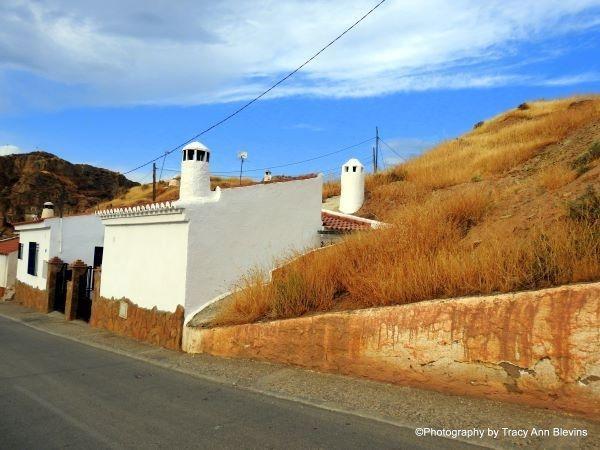
Unfortunately the only downside which did slightly ruin the experience for us was the very, VERY, VERY, persistent flies in the area, I blame these flies for Derek only wanting to stay one night.
Would we return? That would be a BIG yes from me.
More Pictures Below
